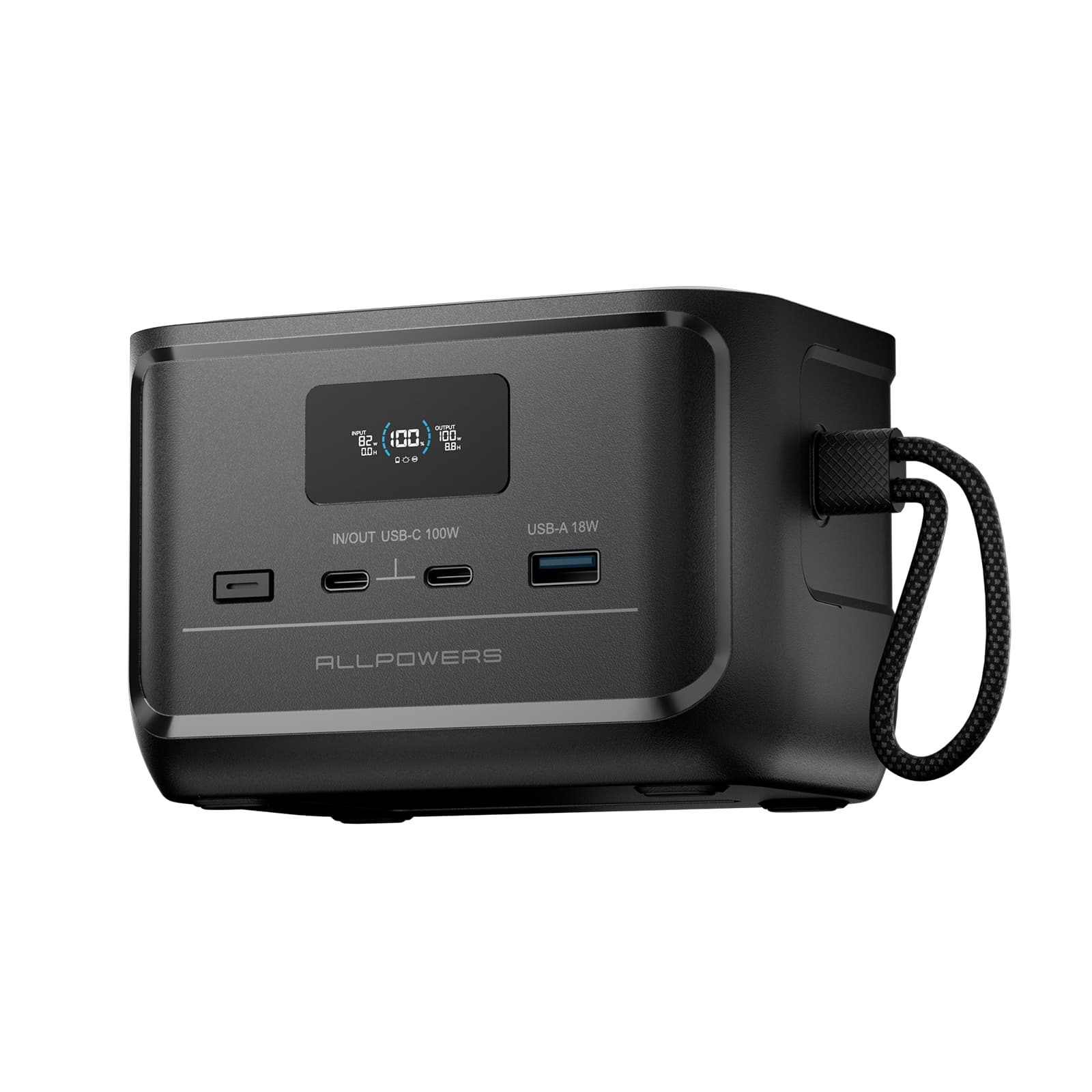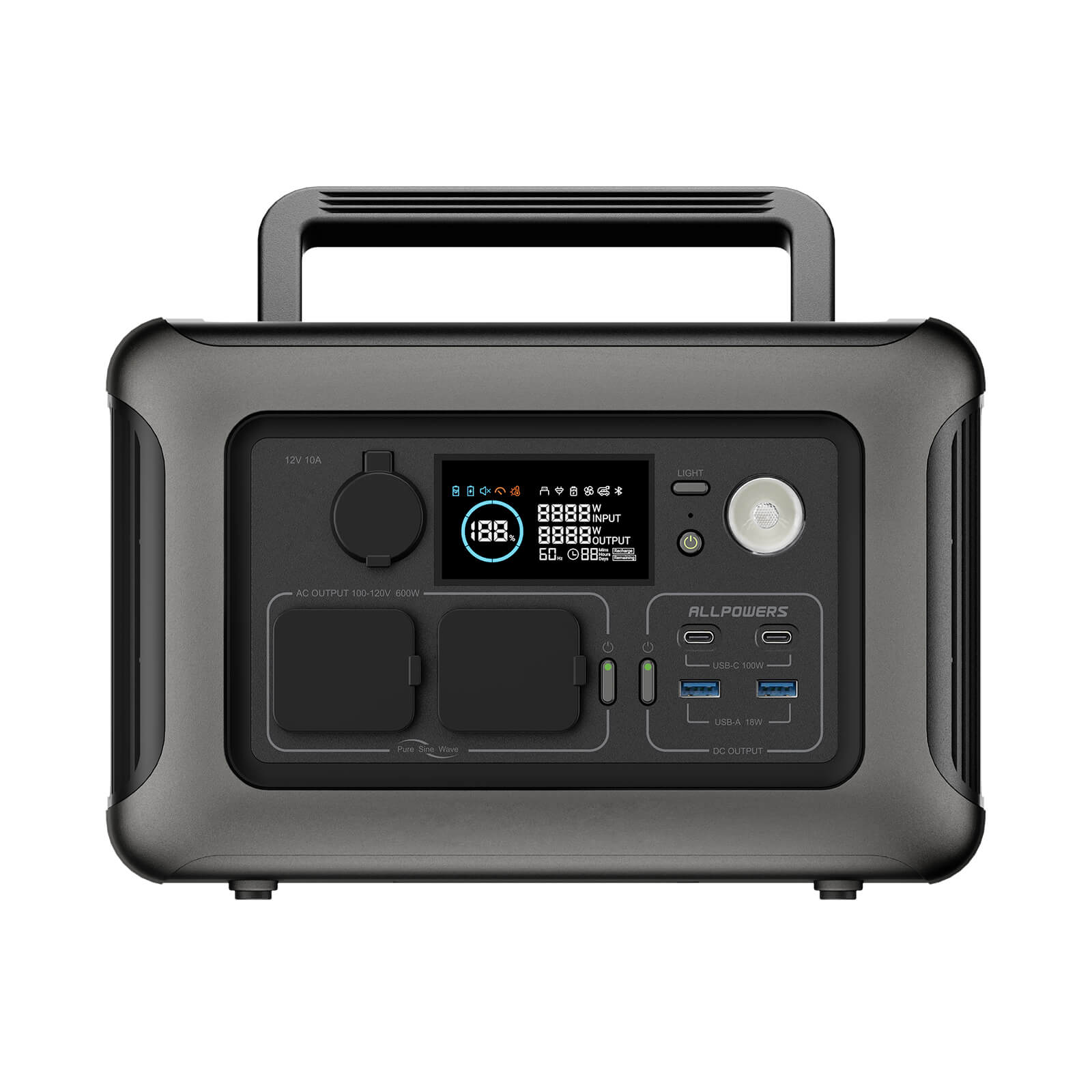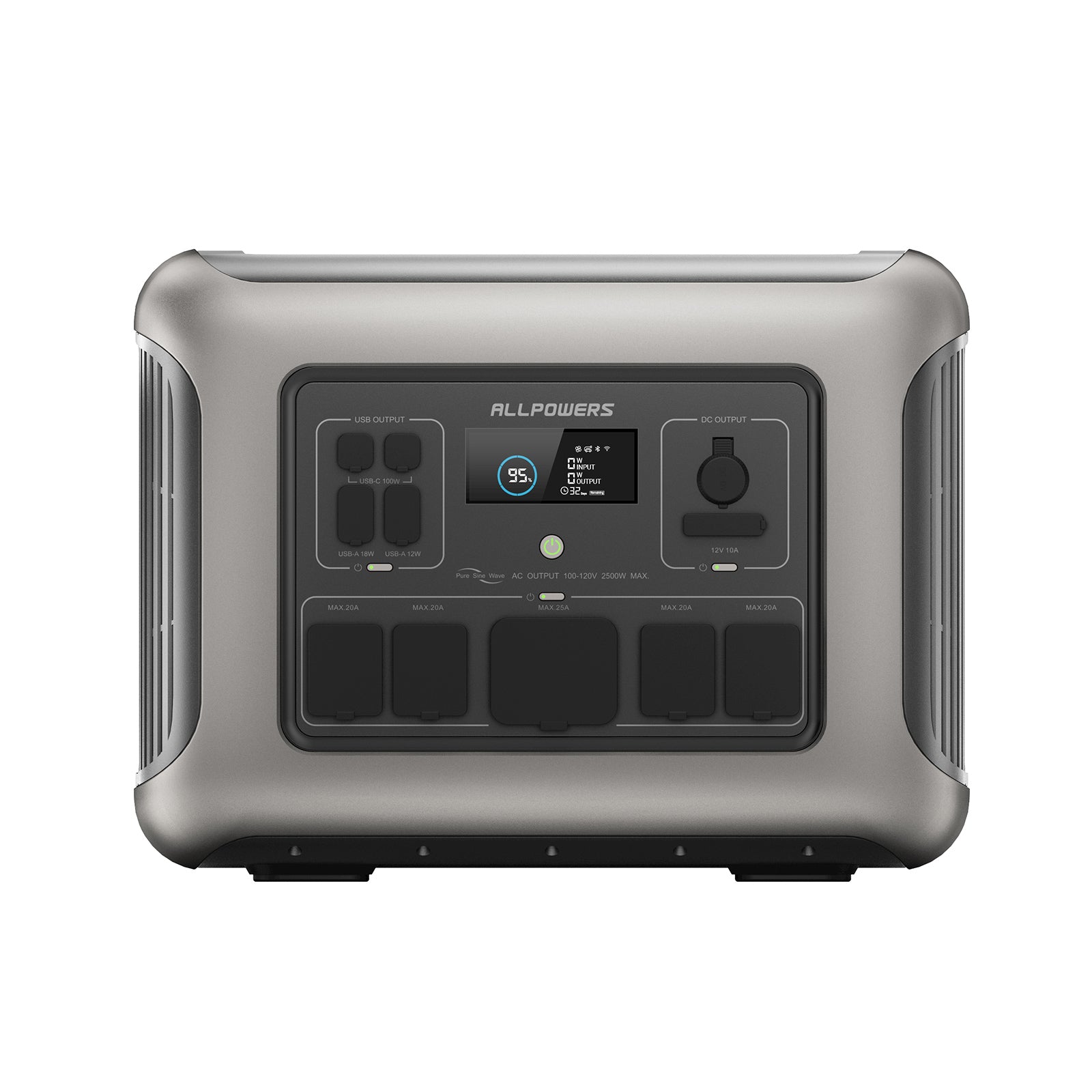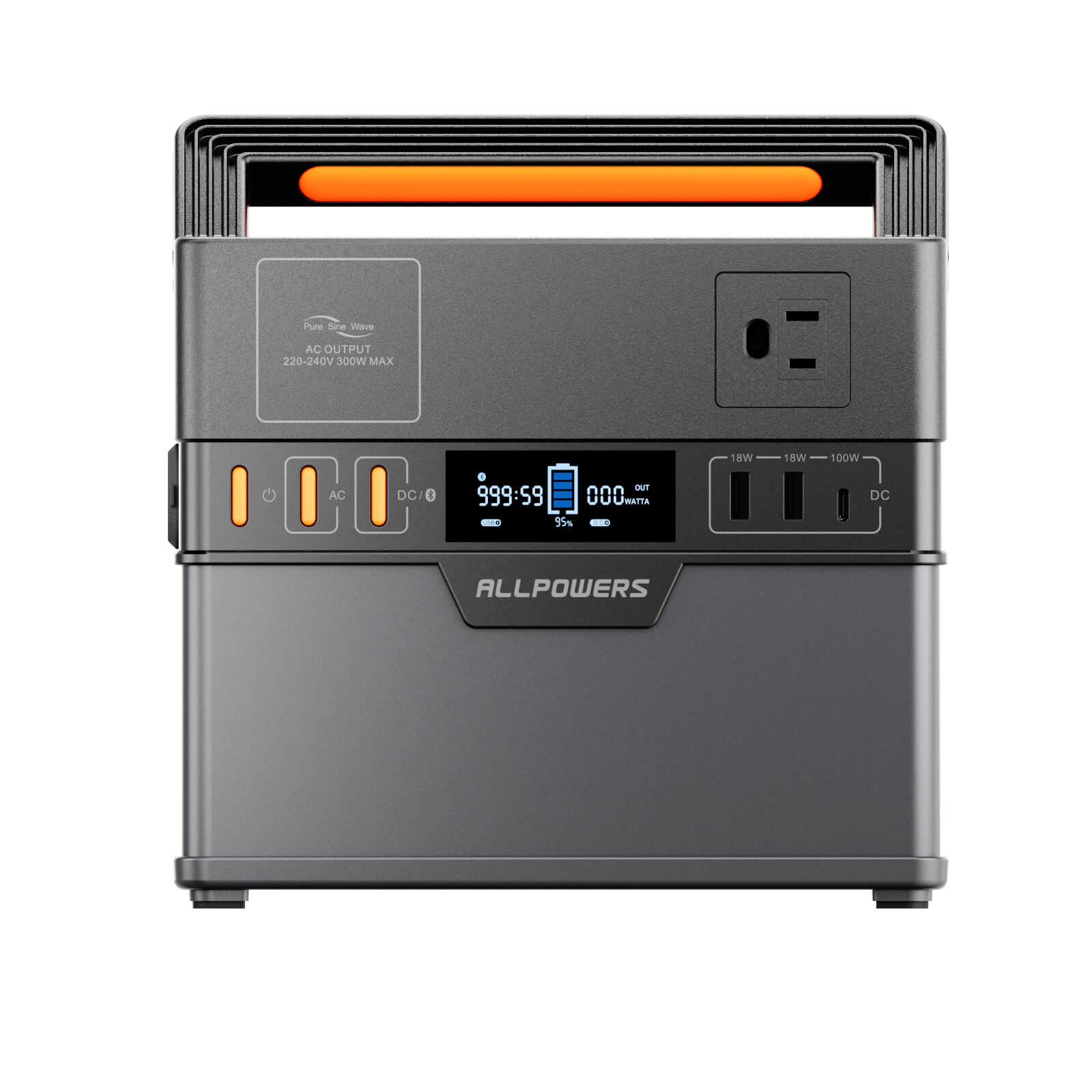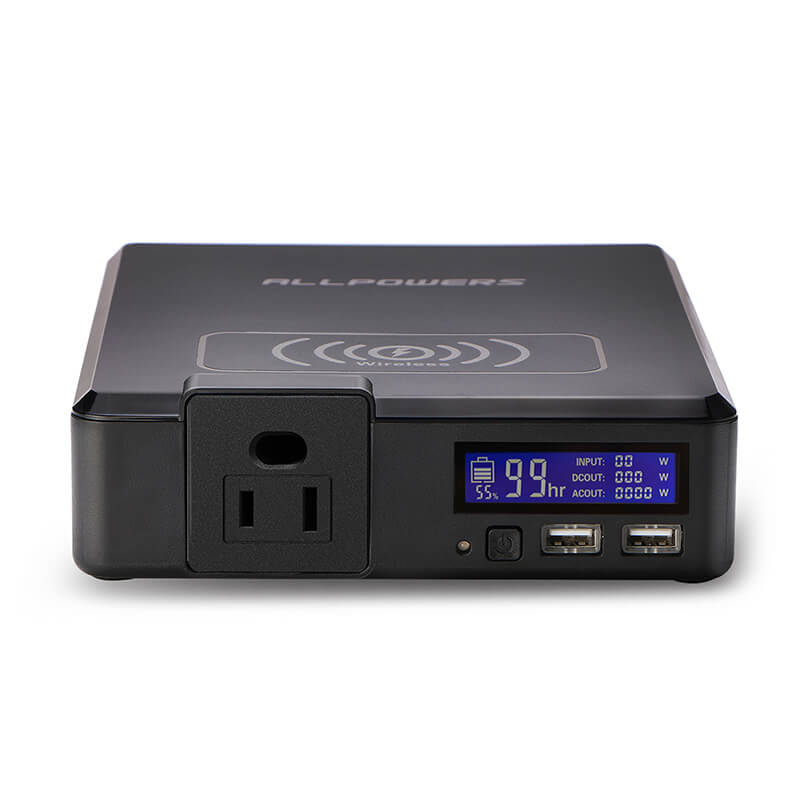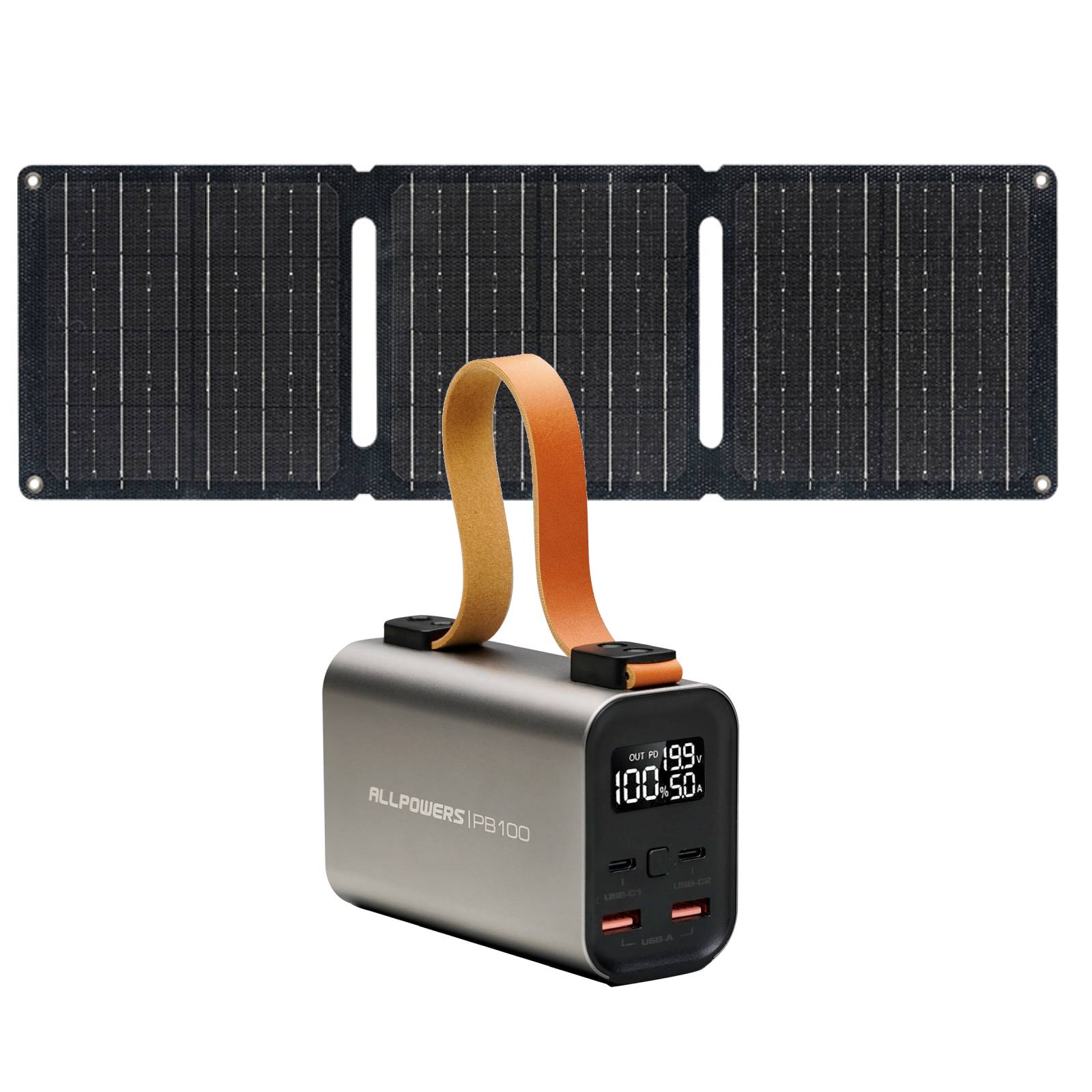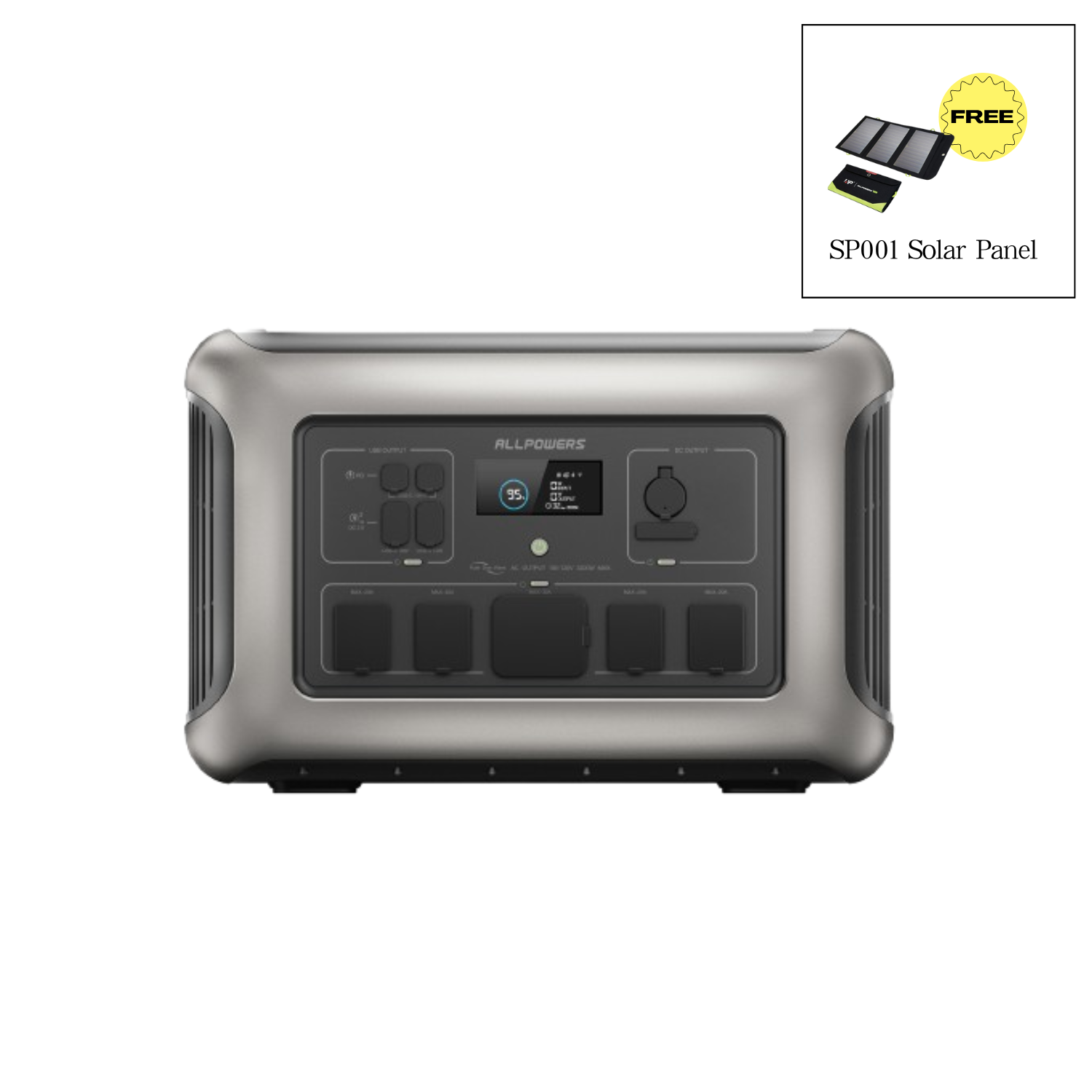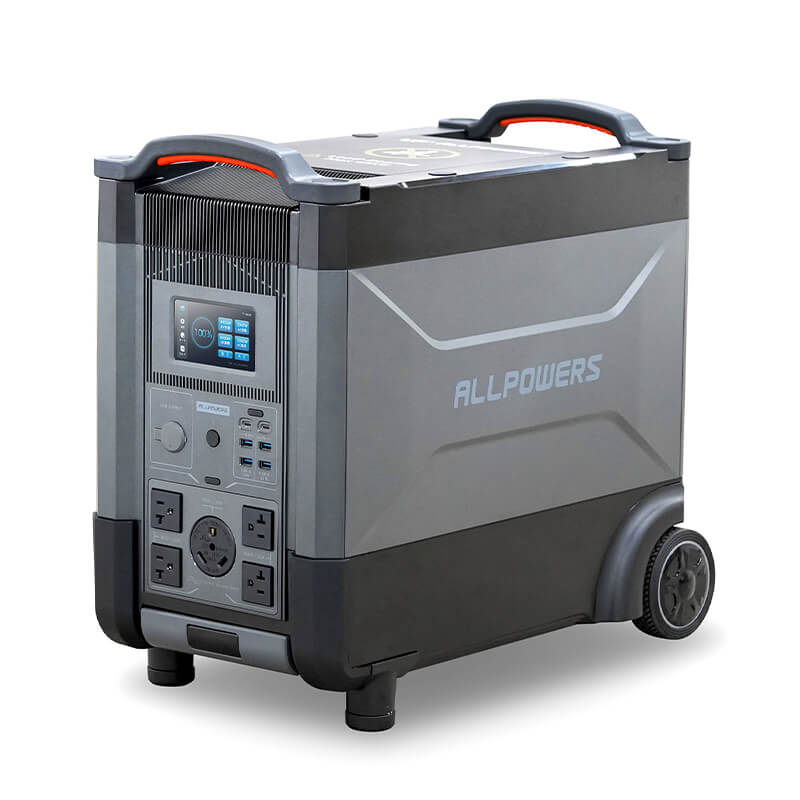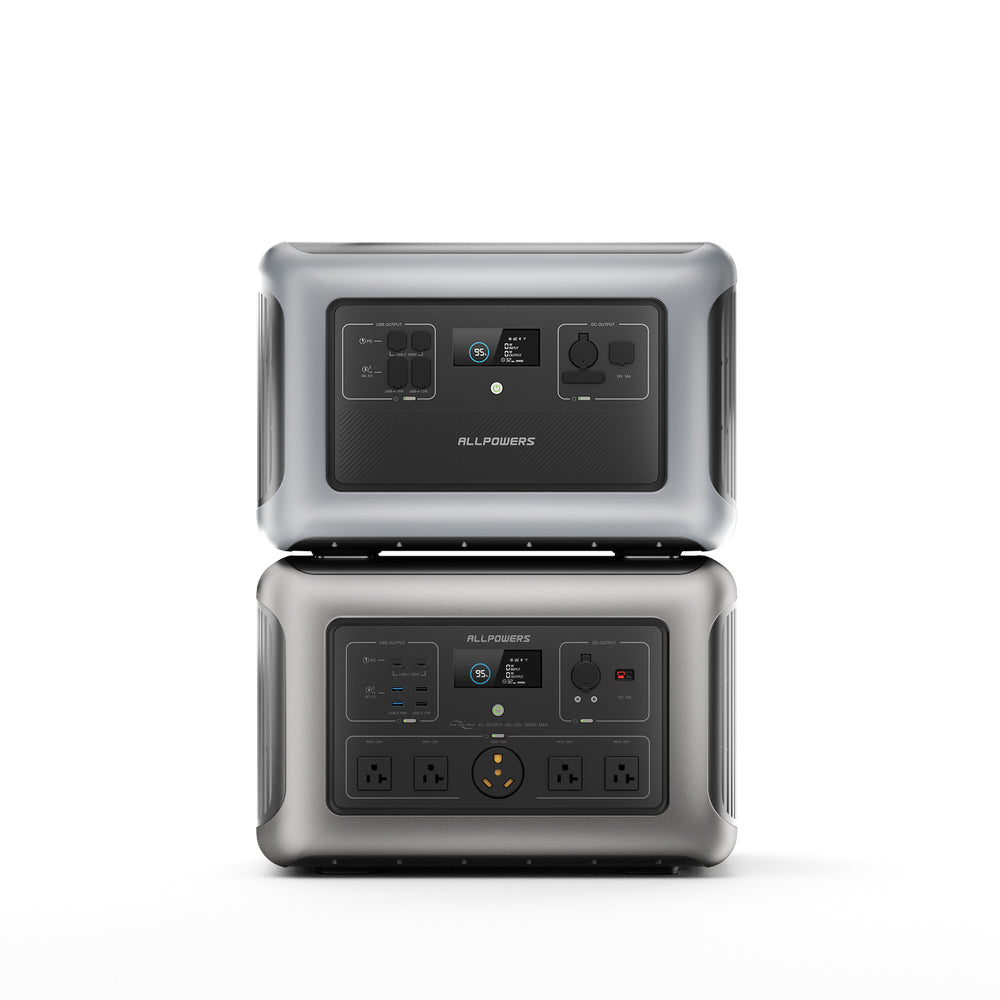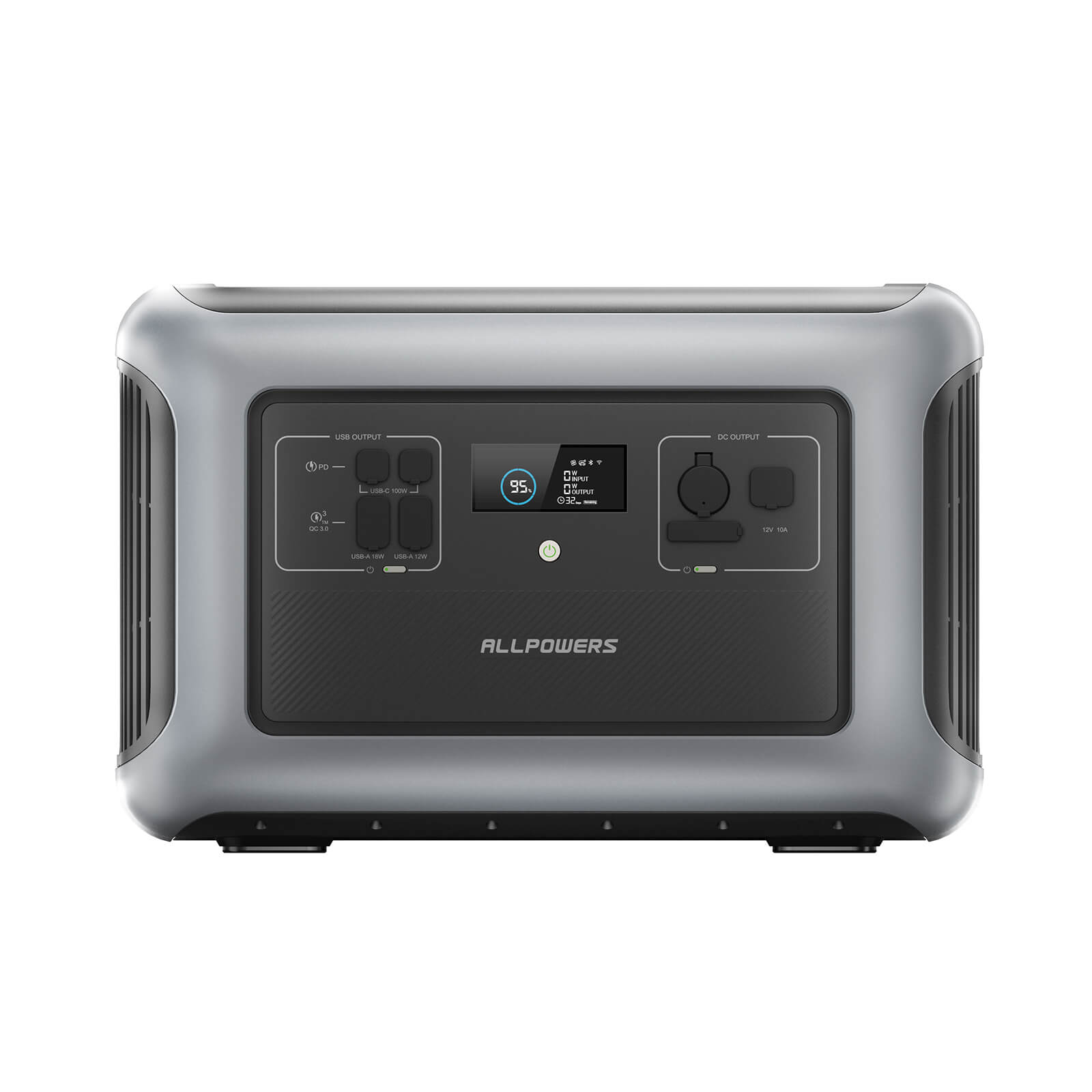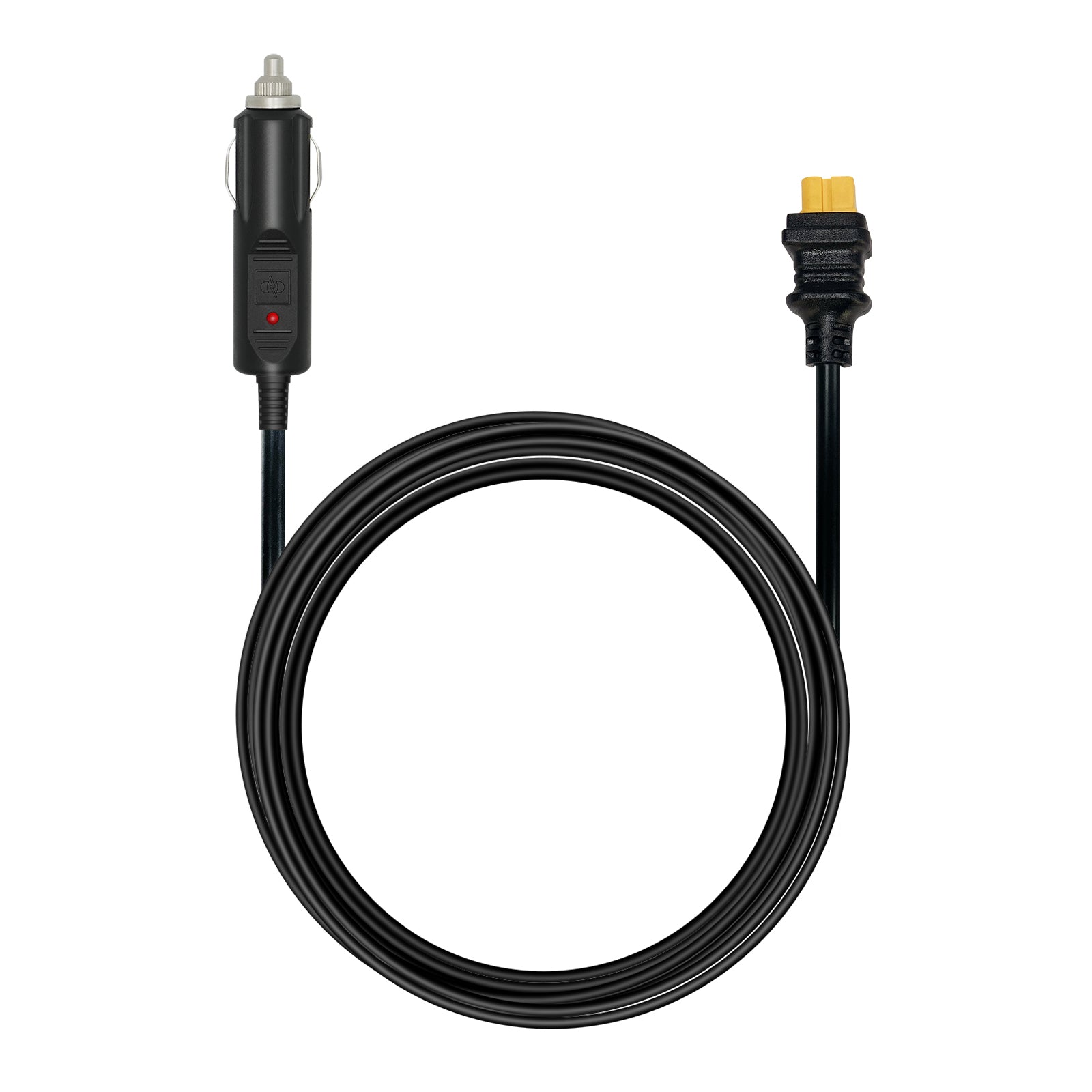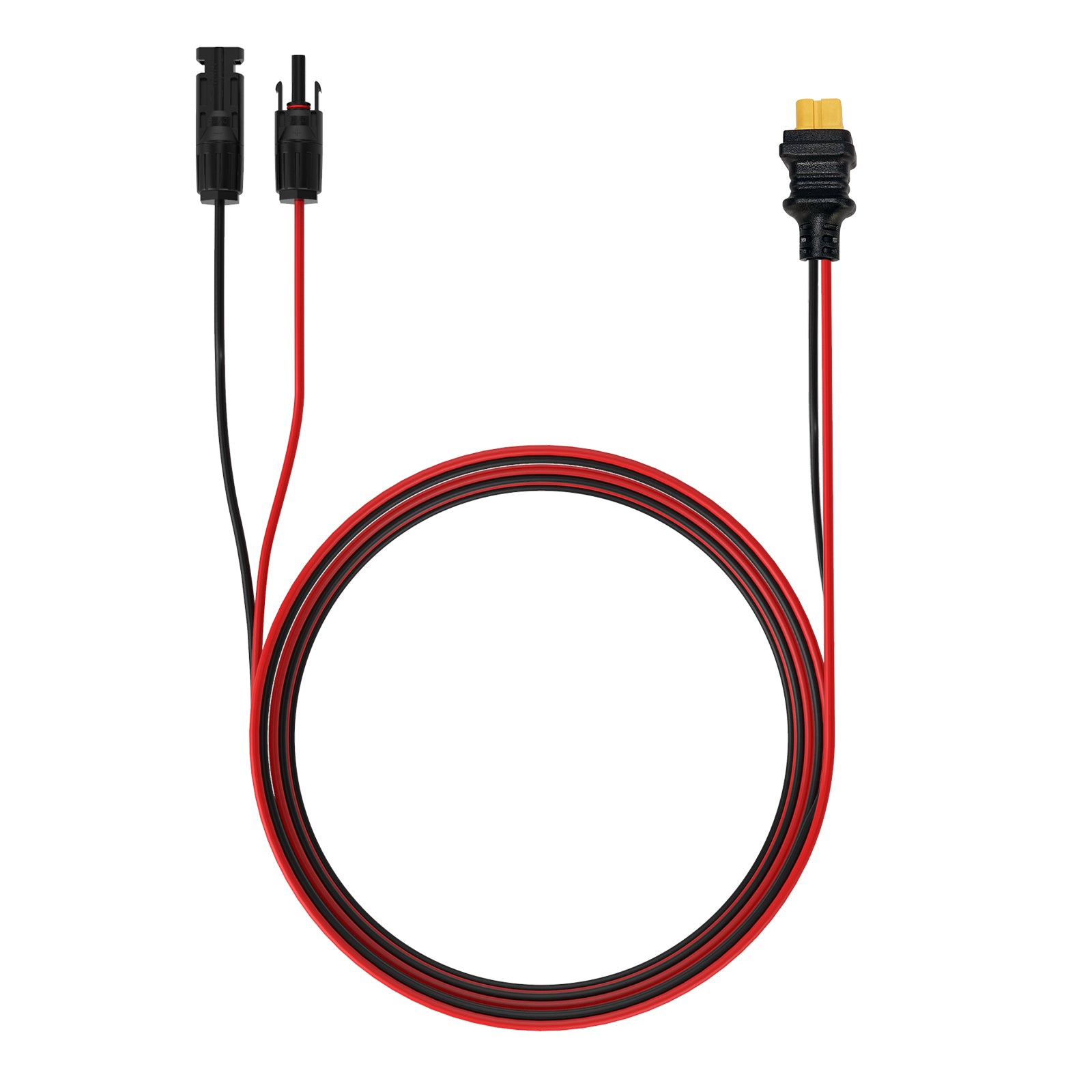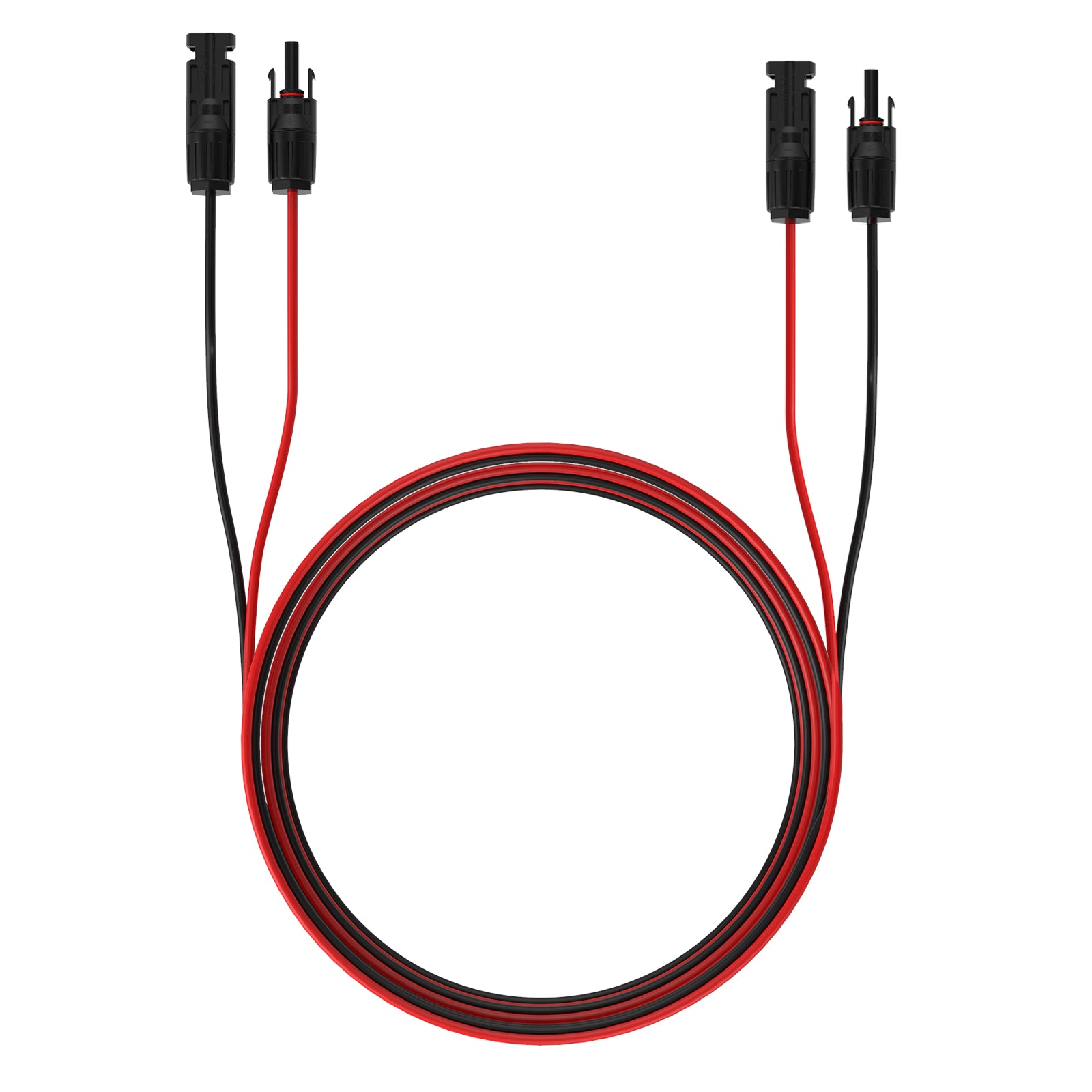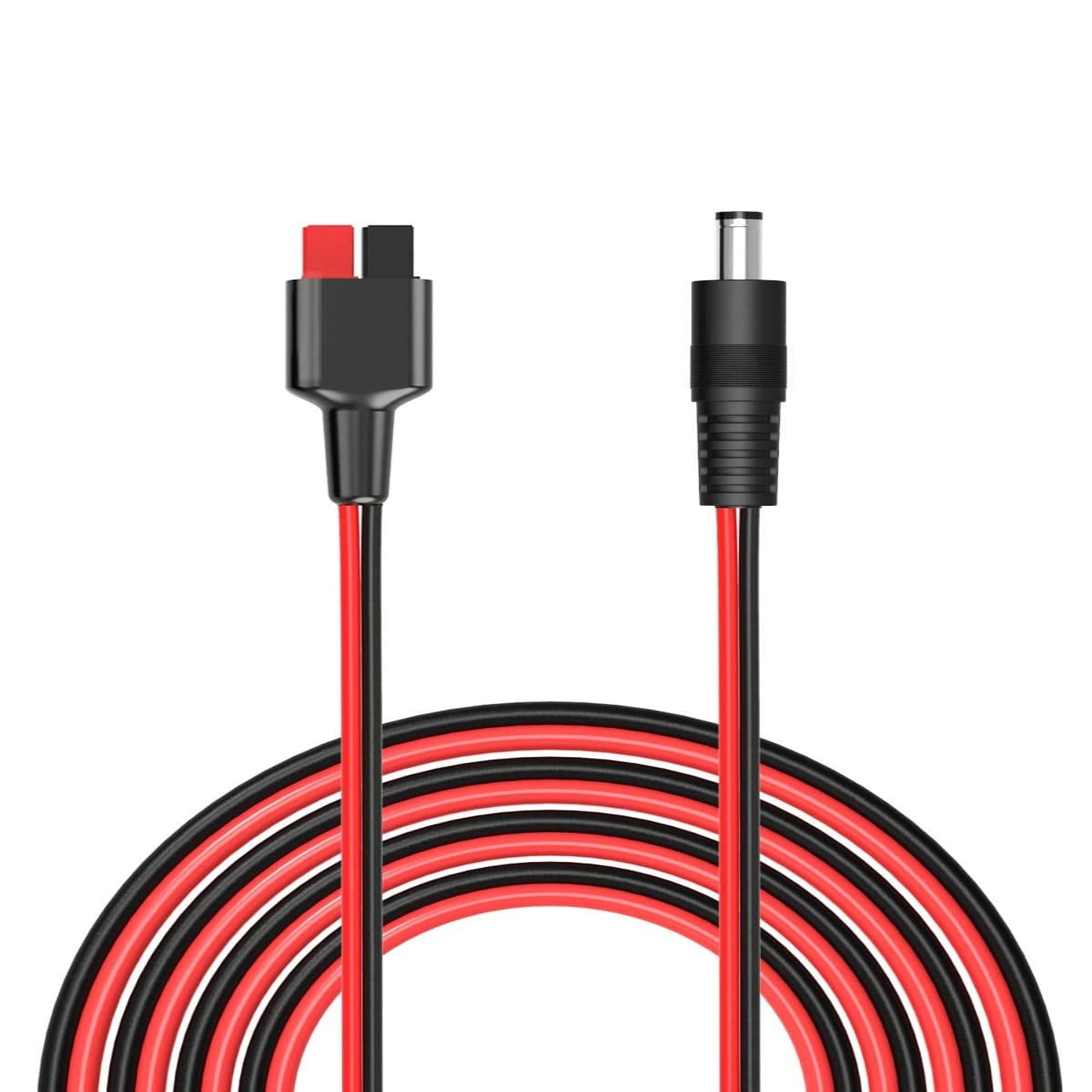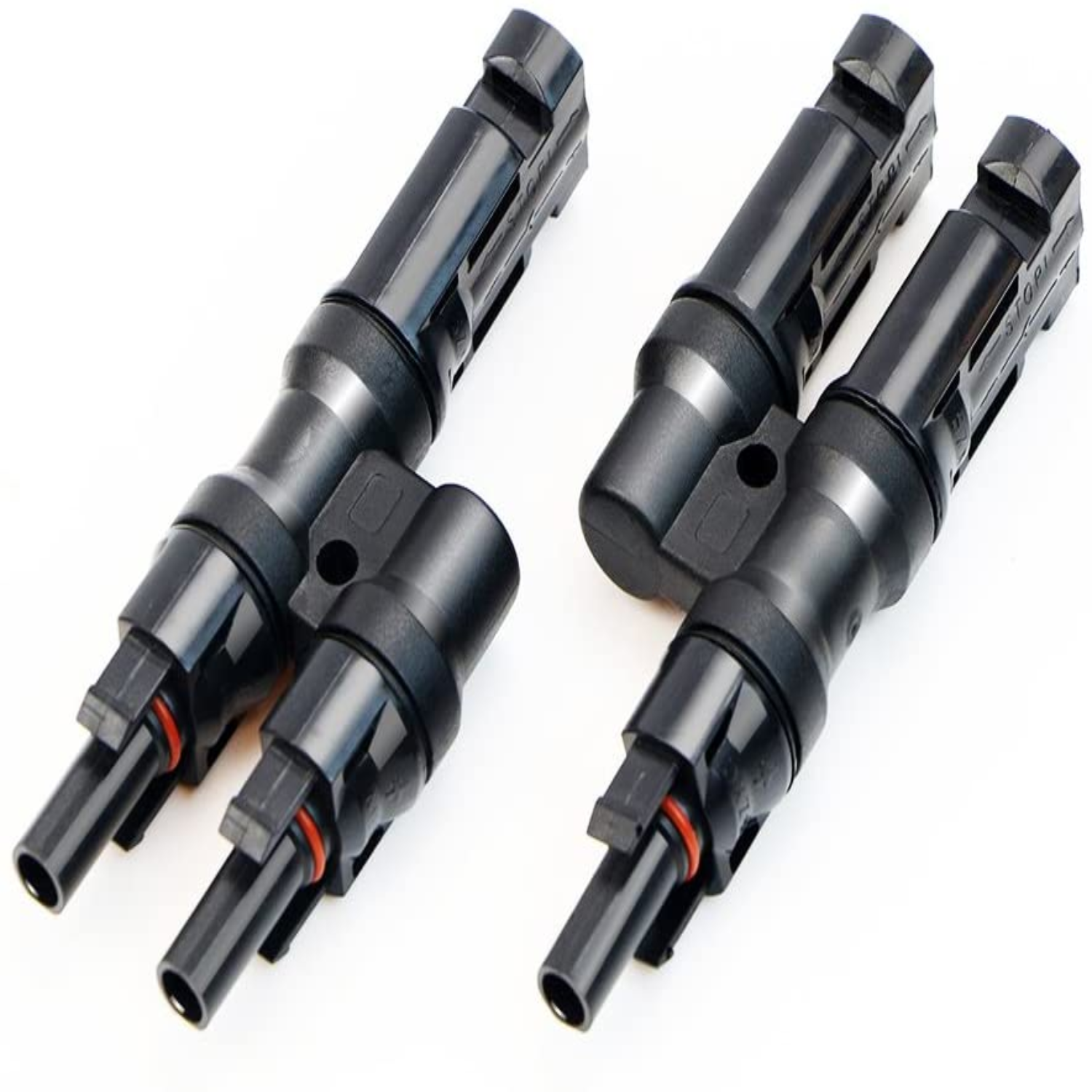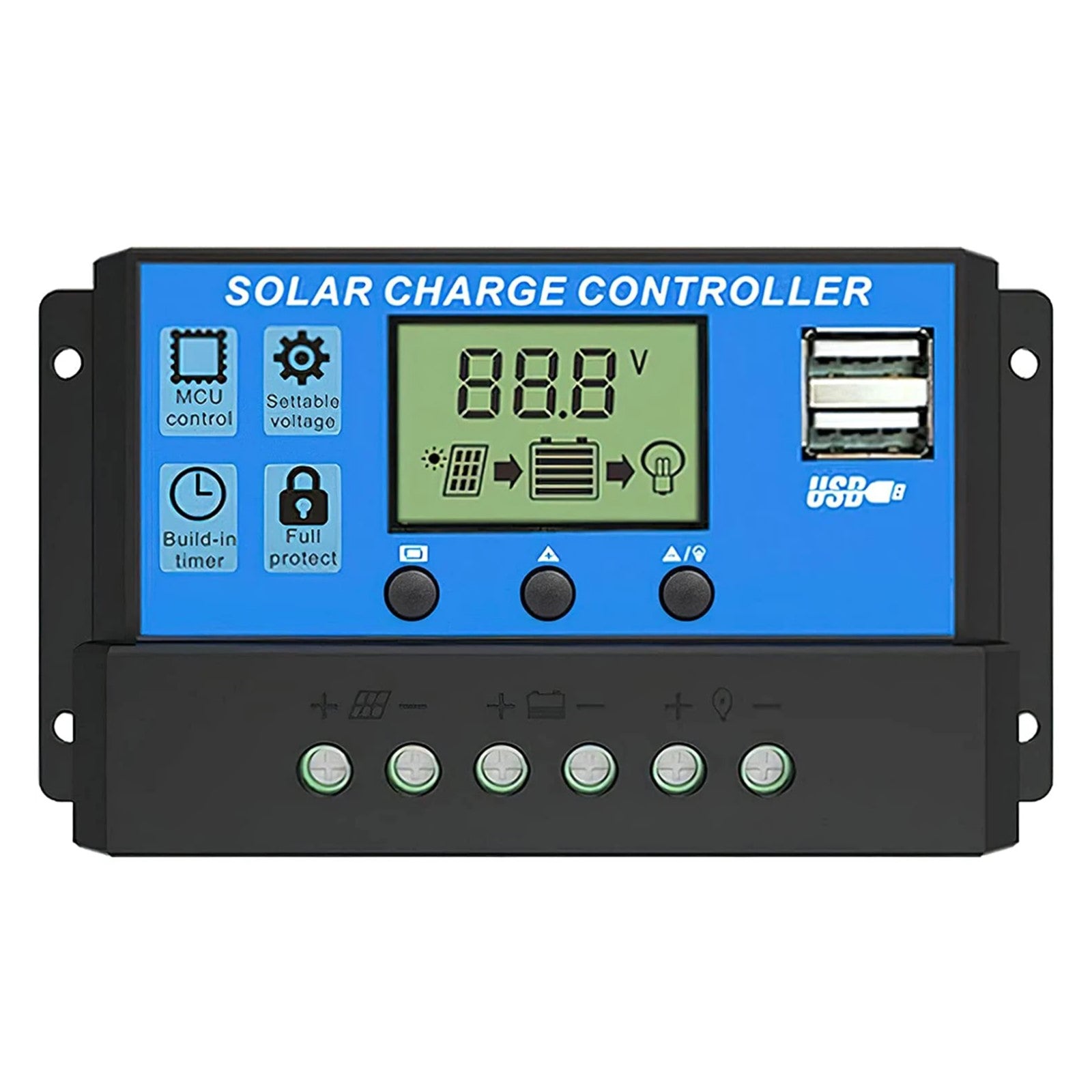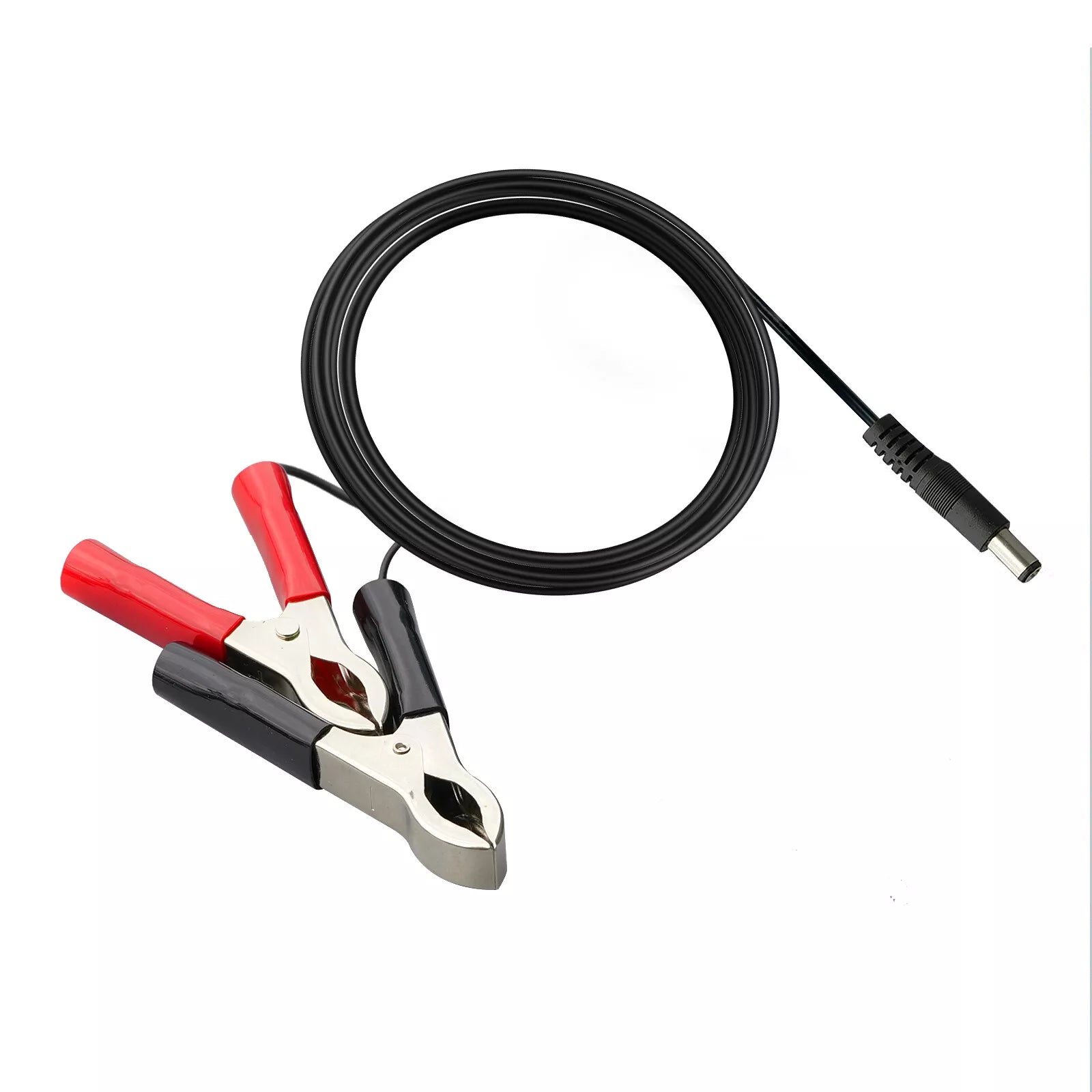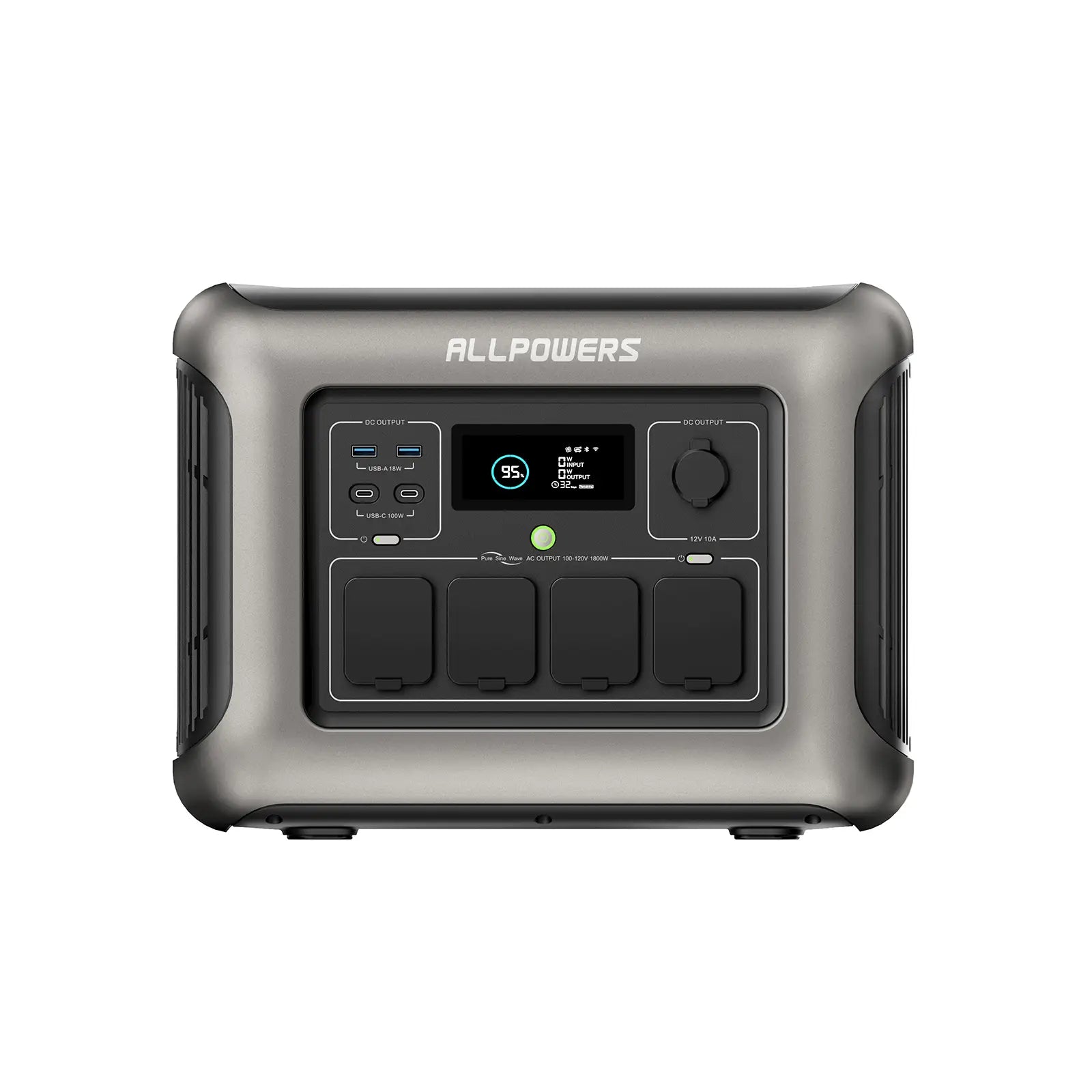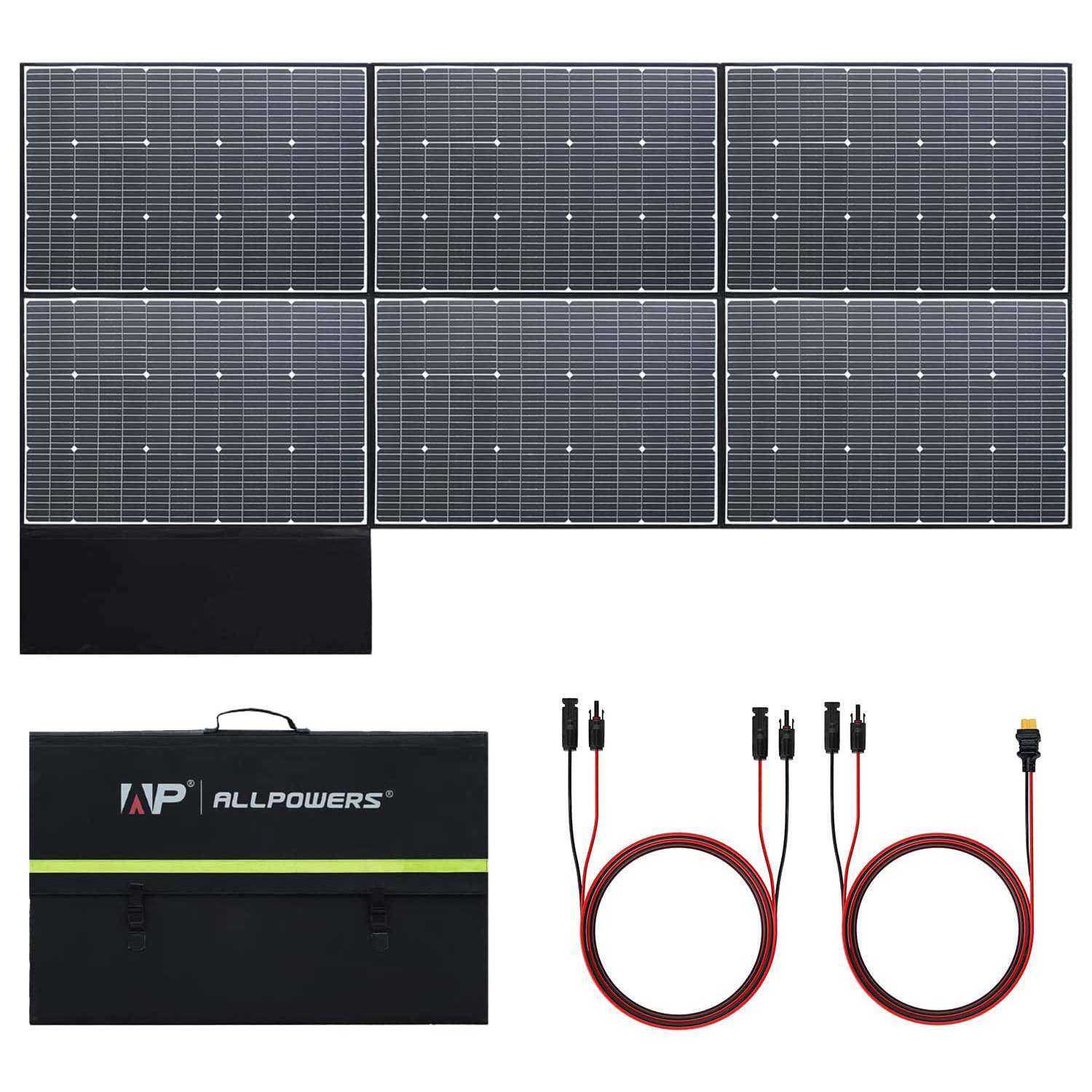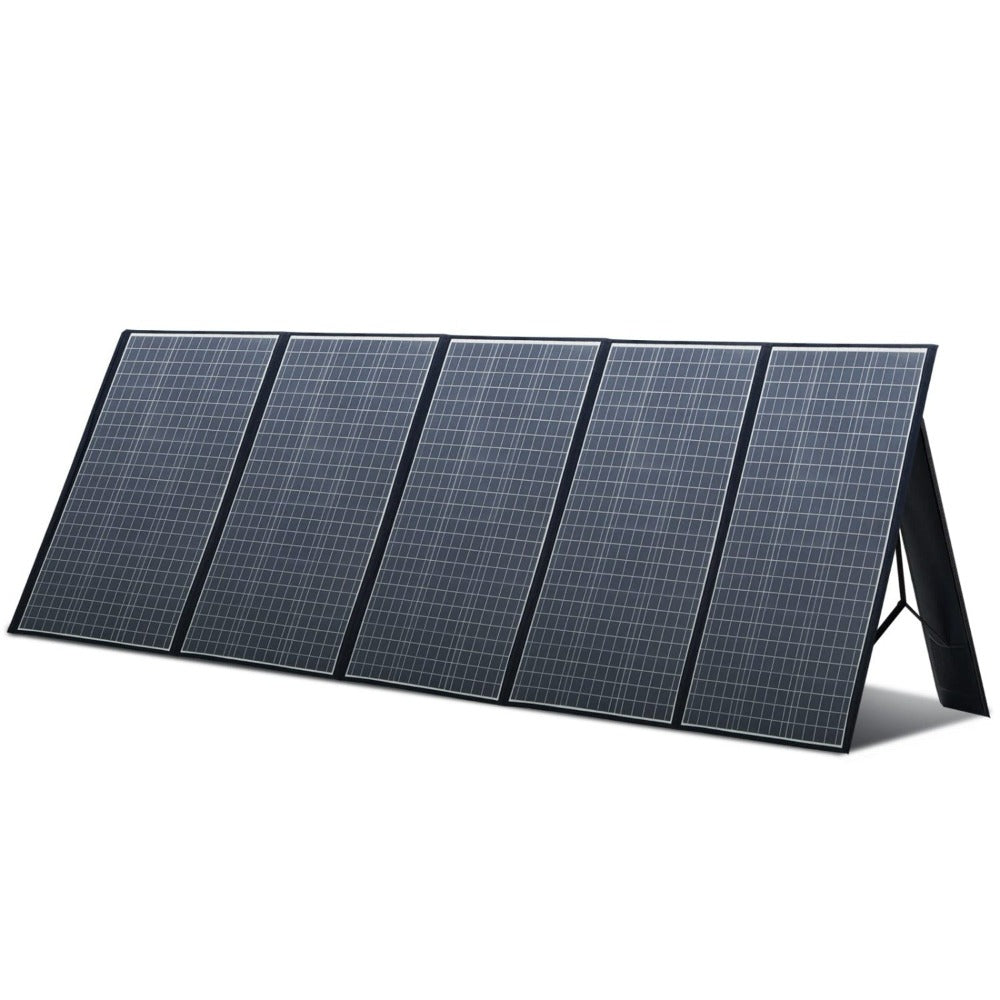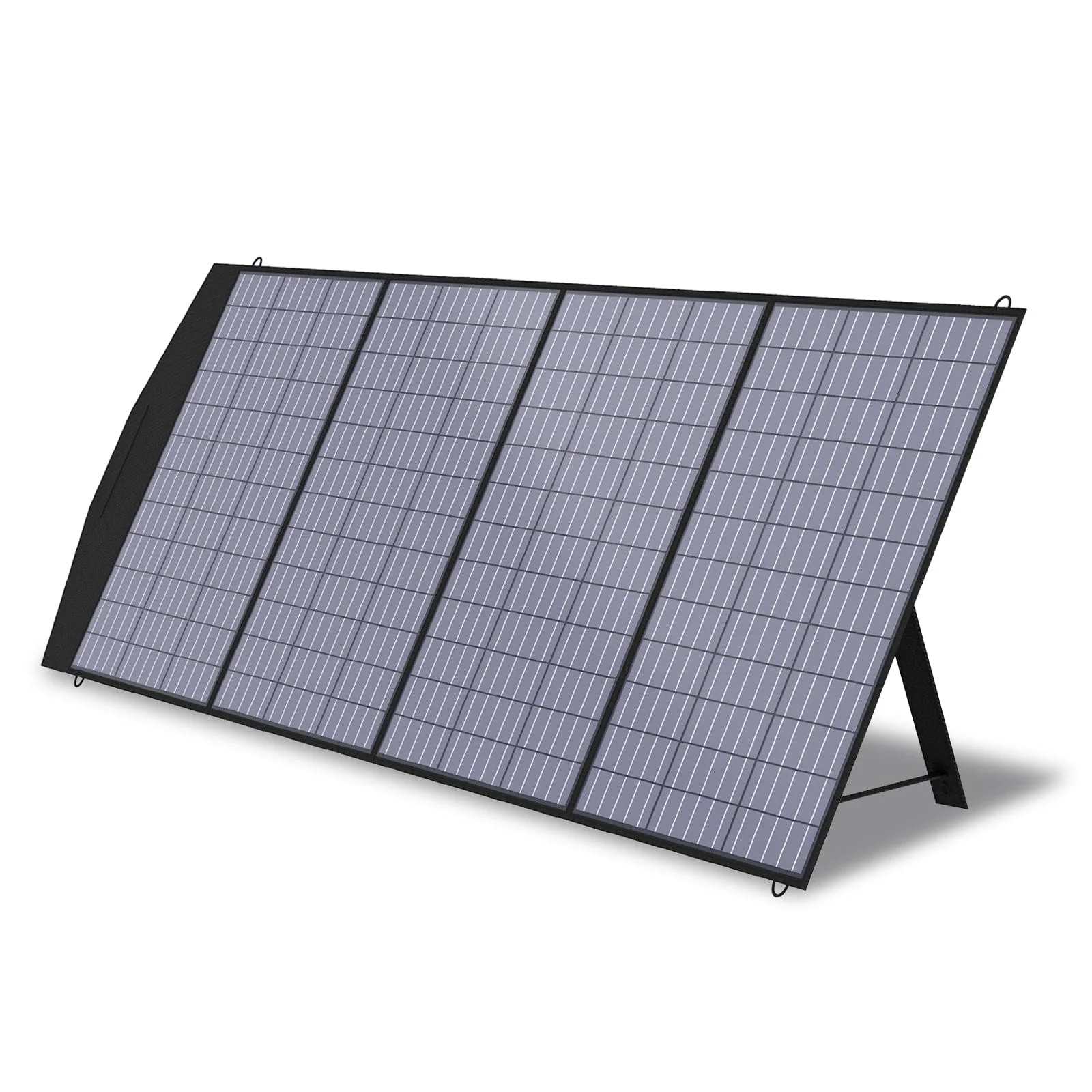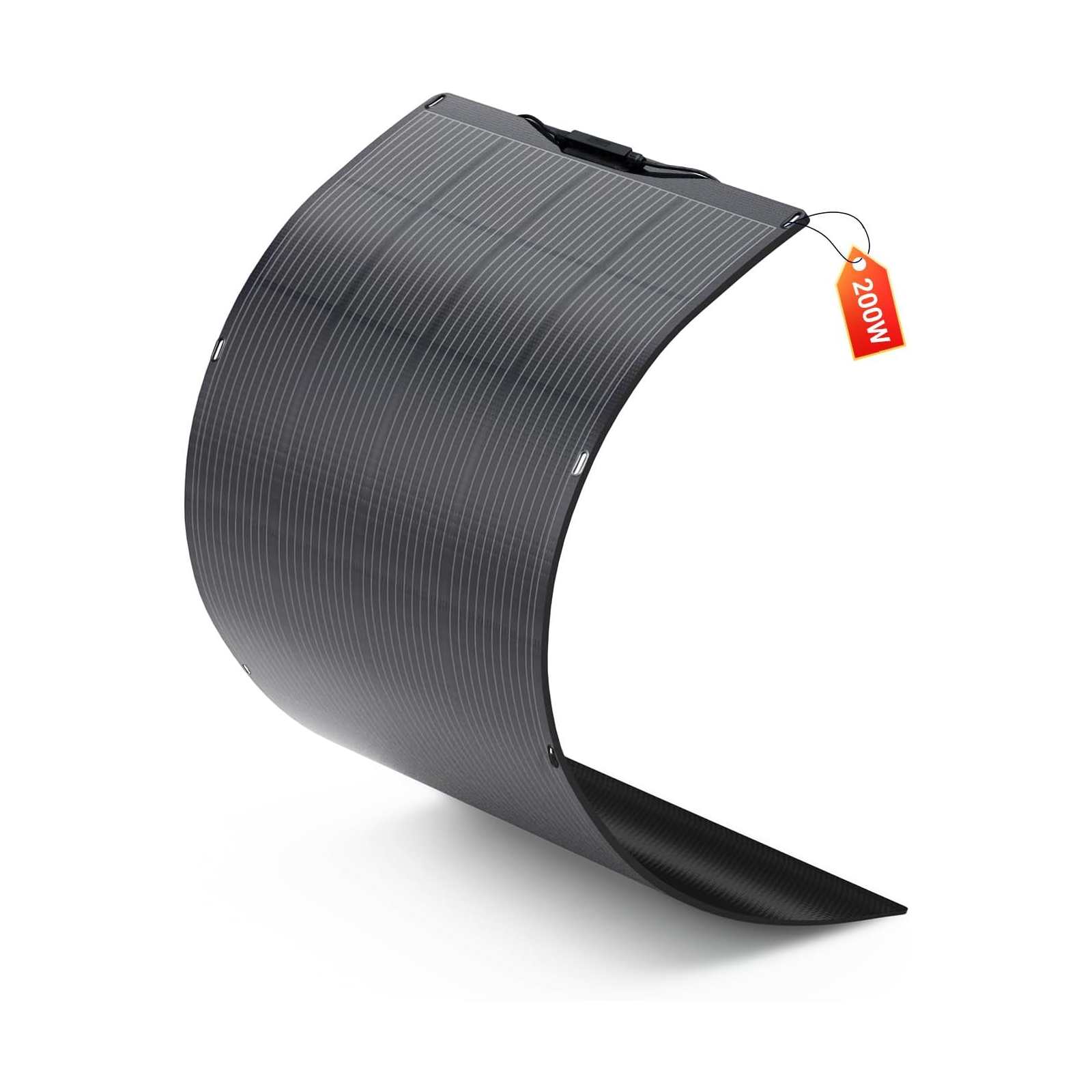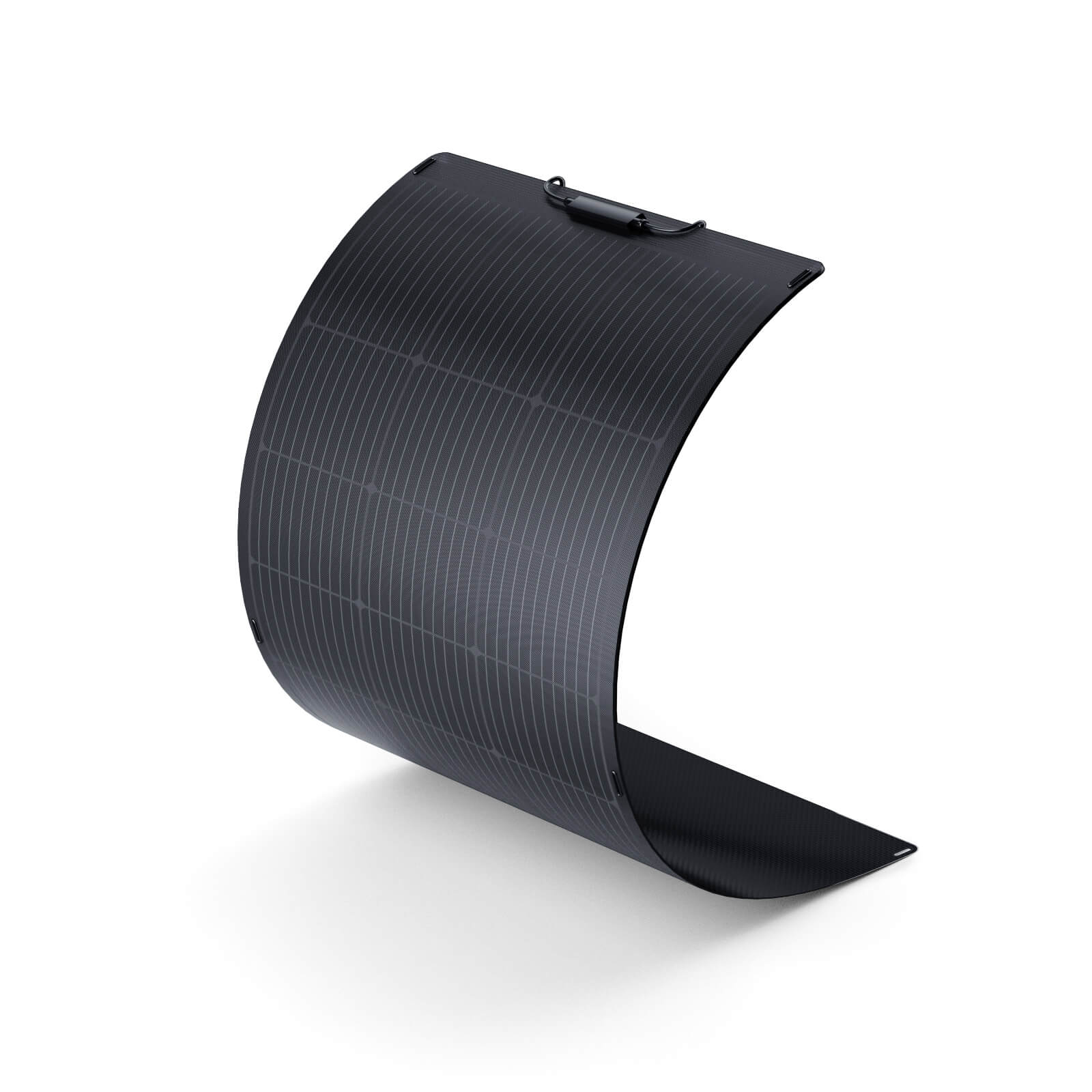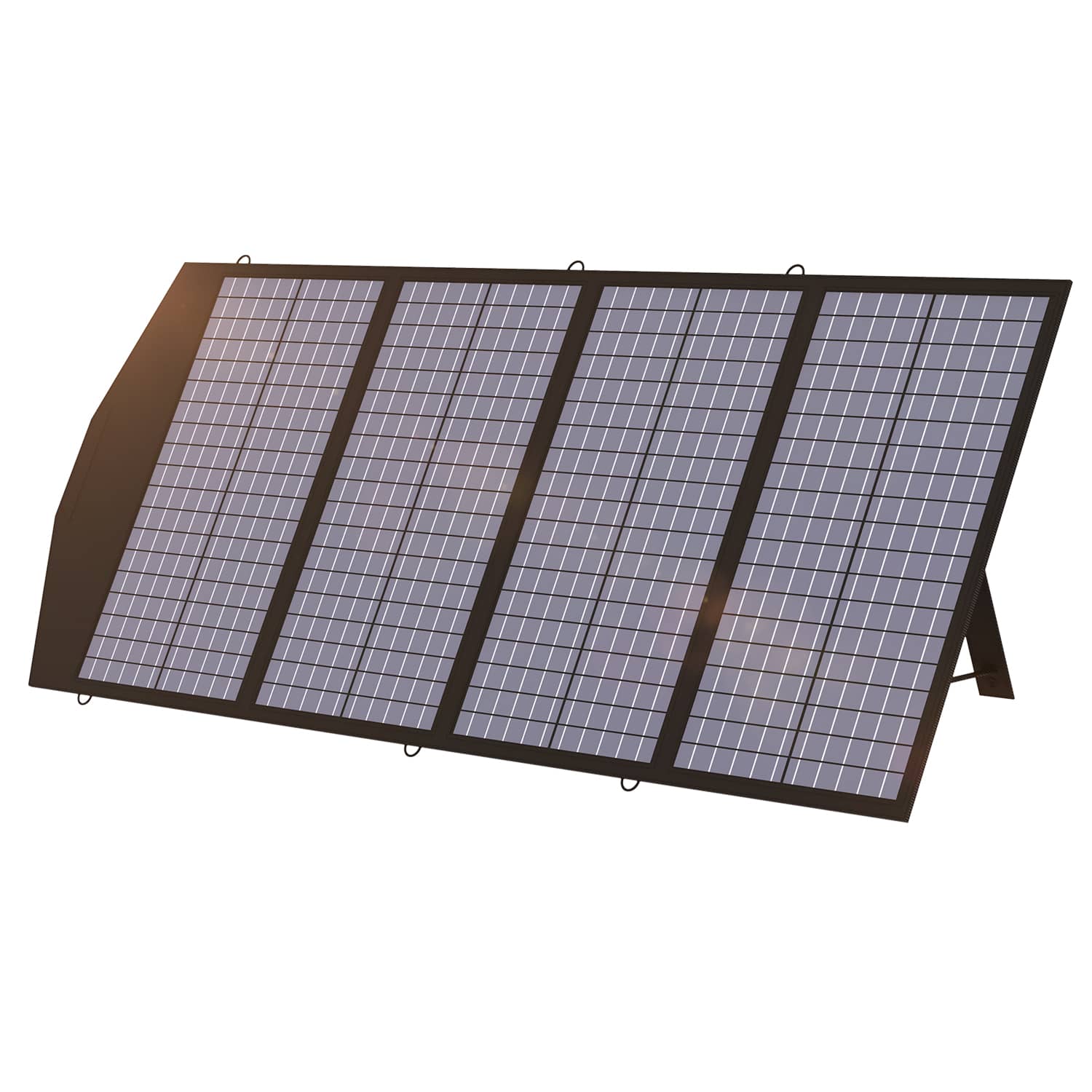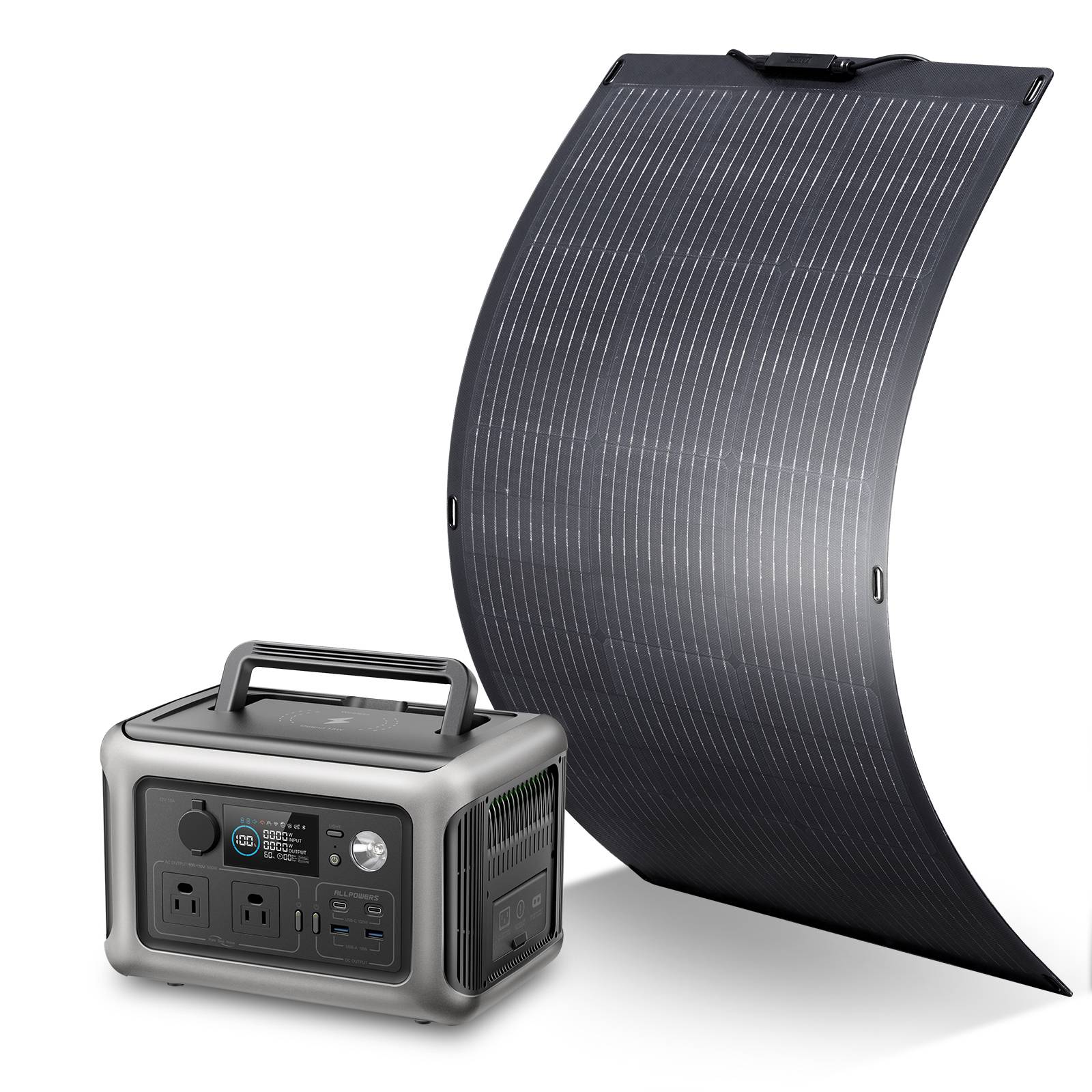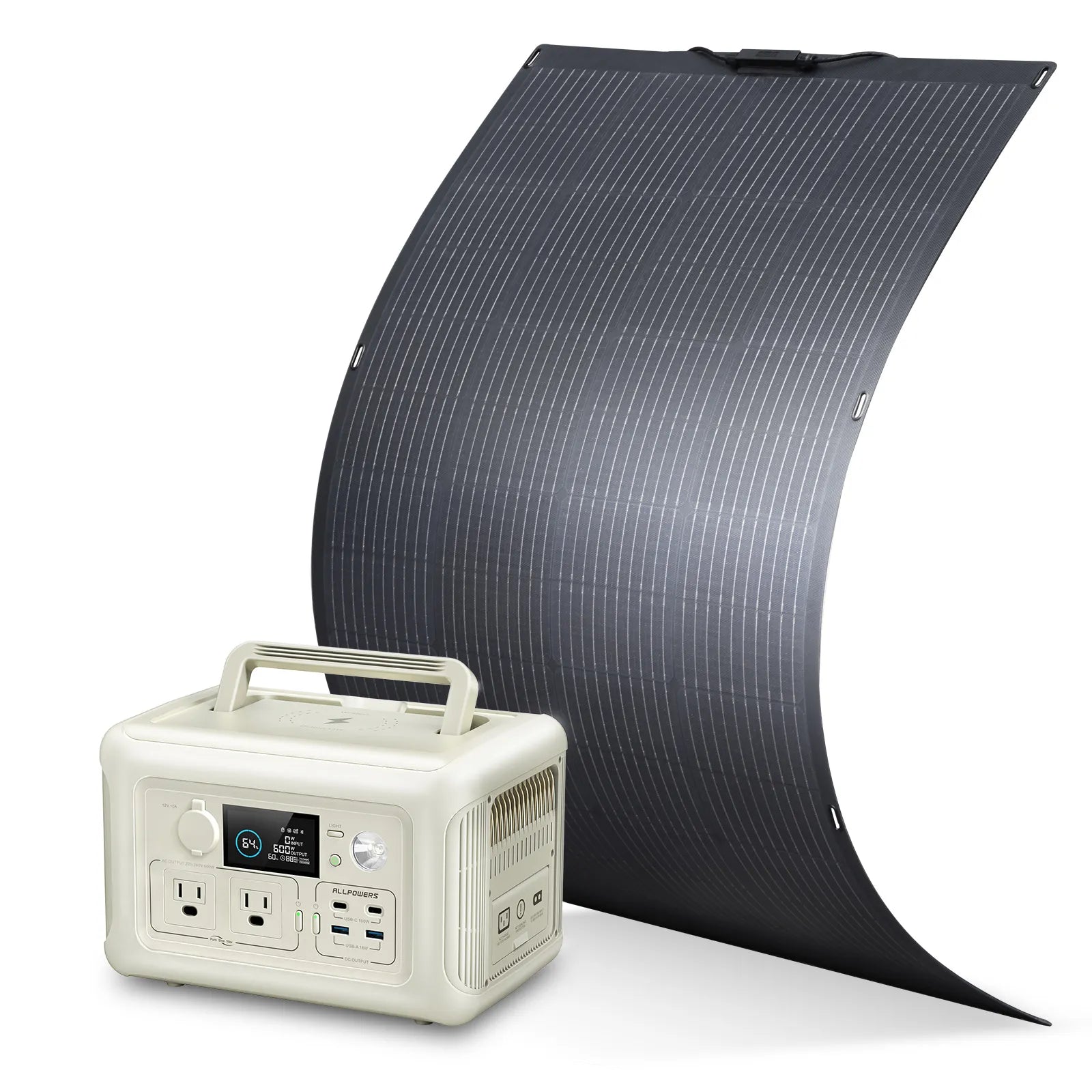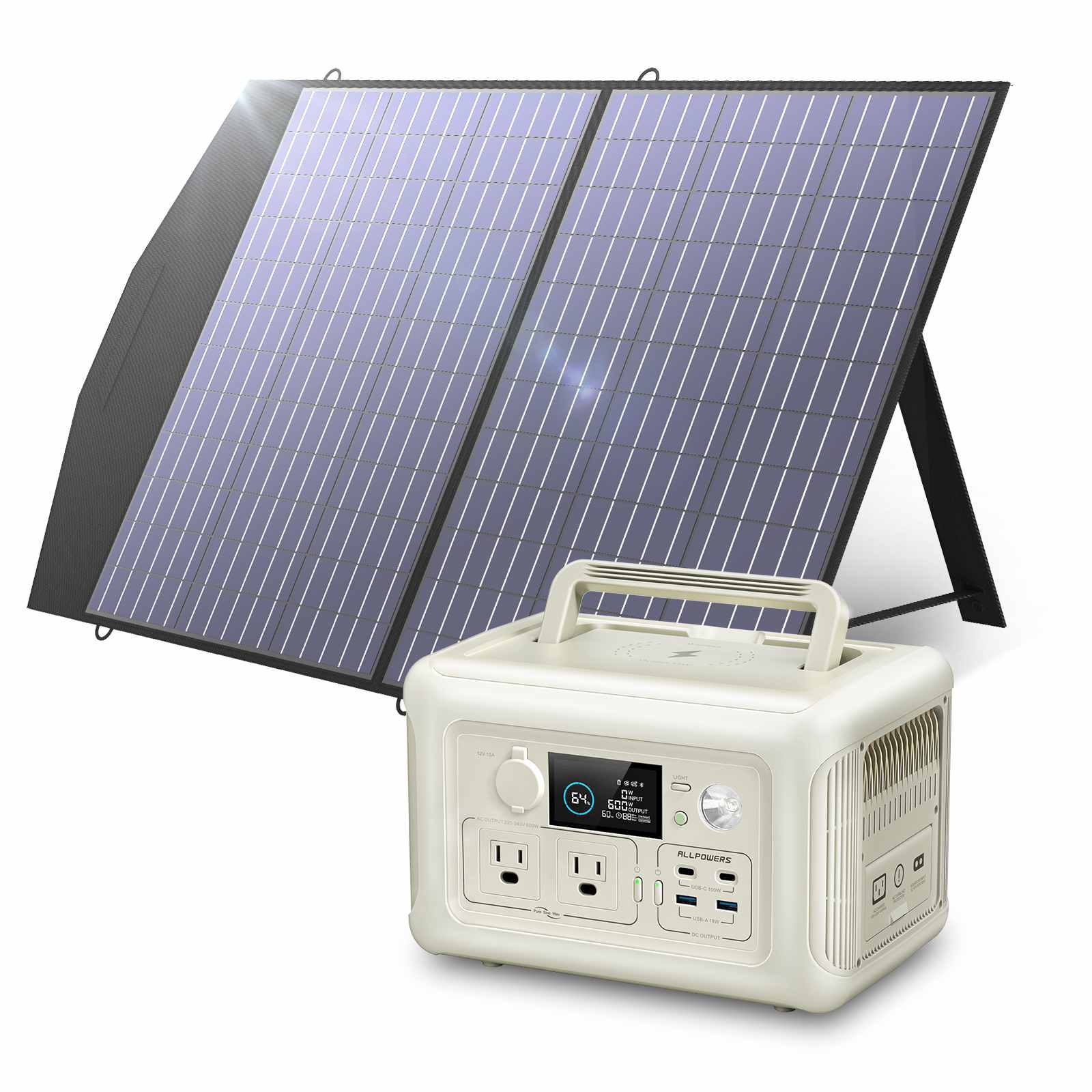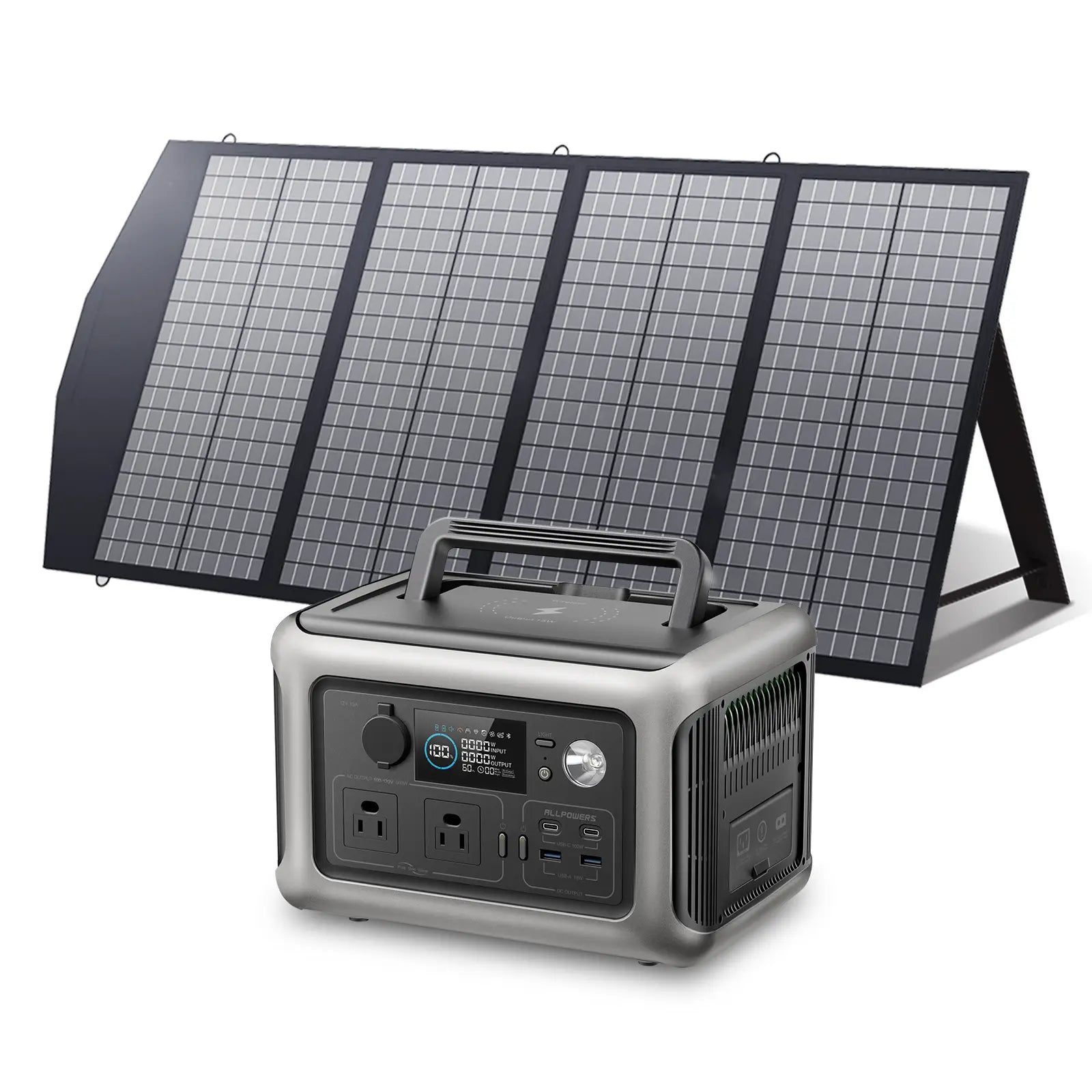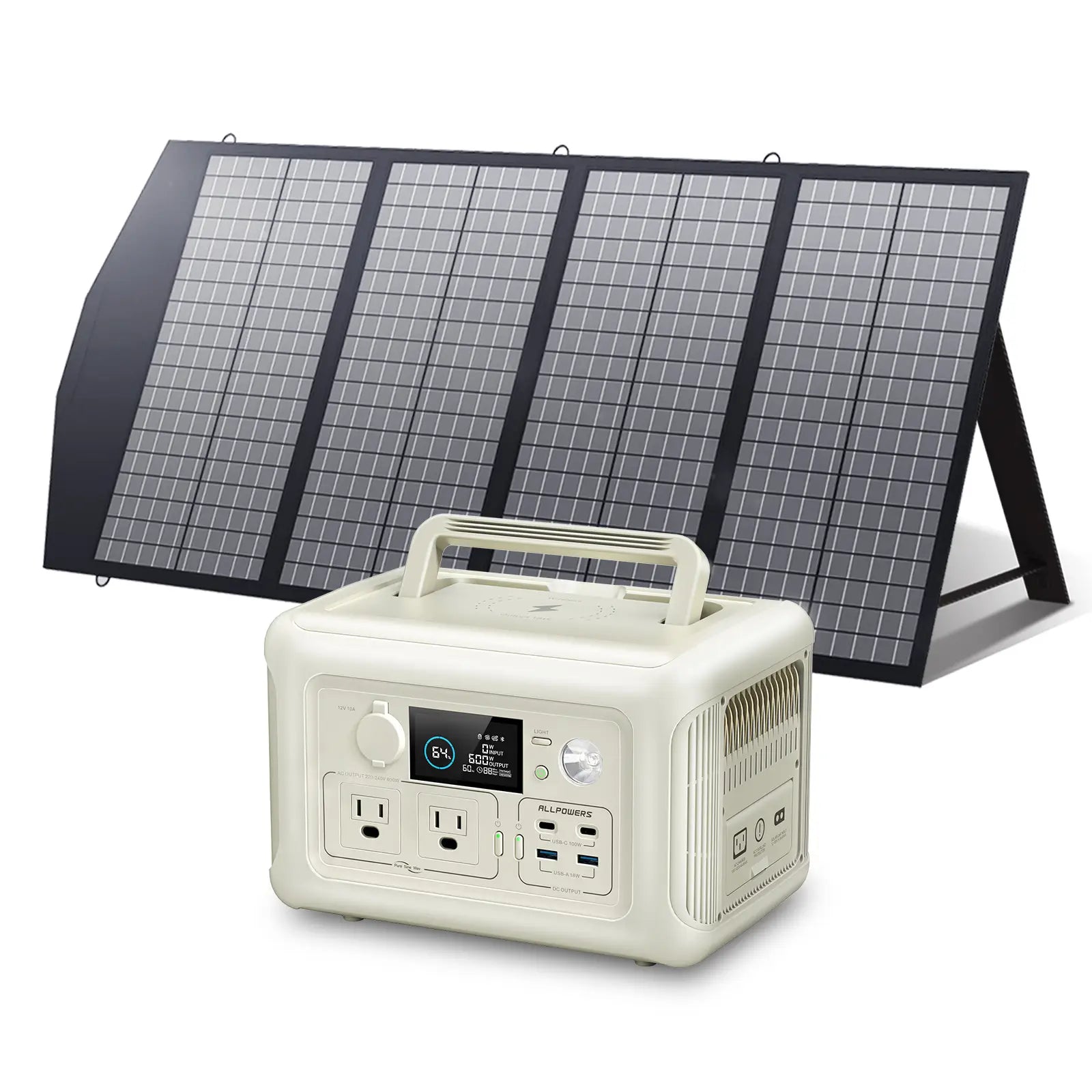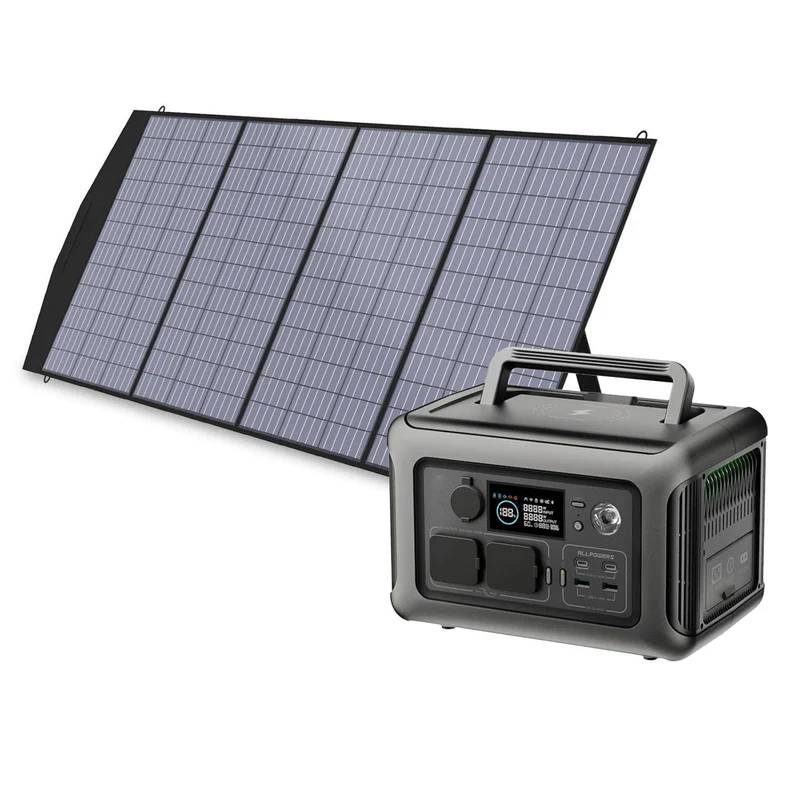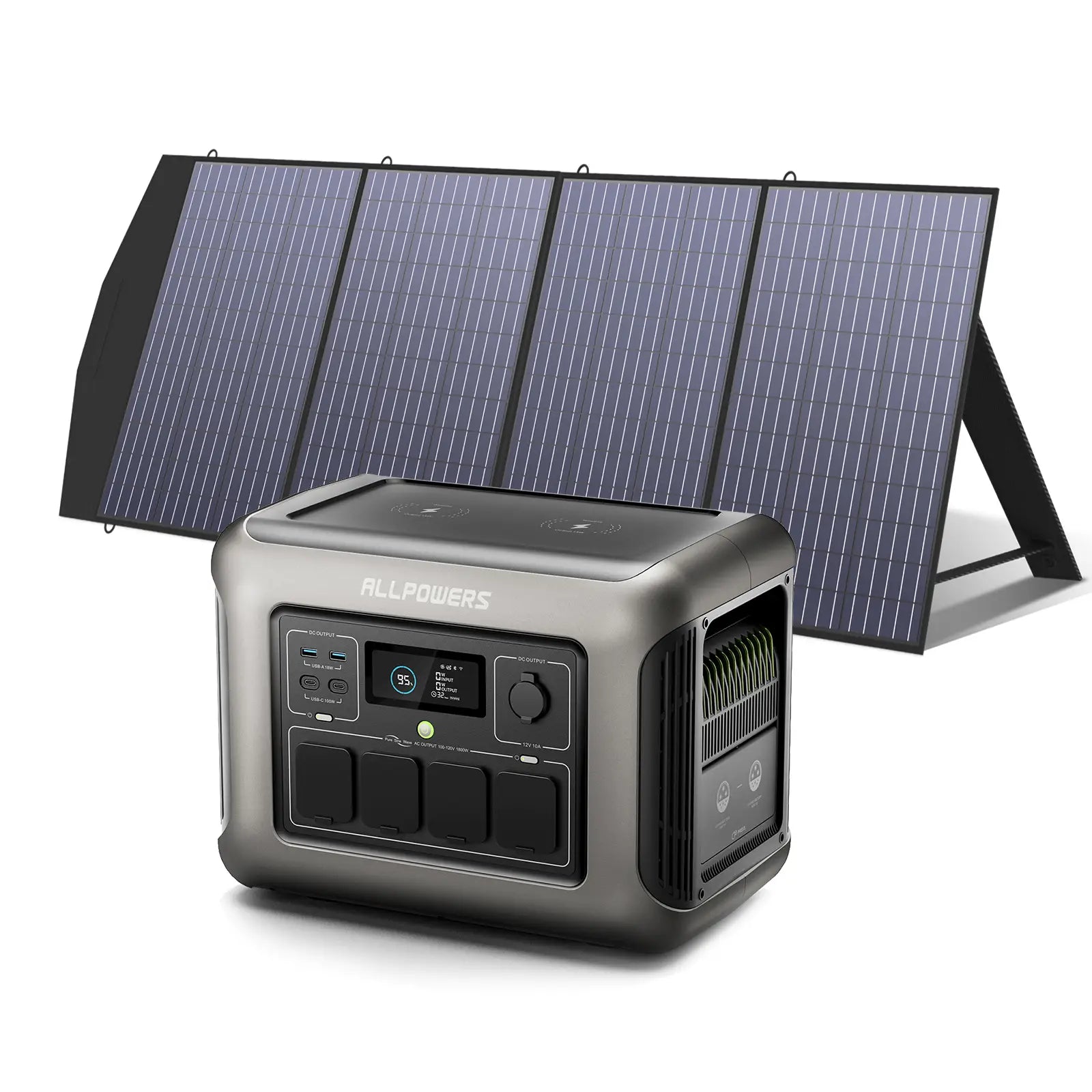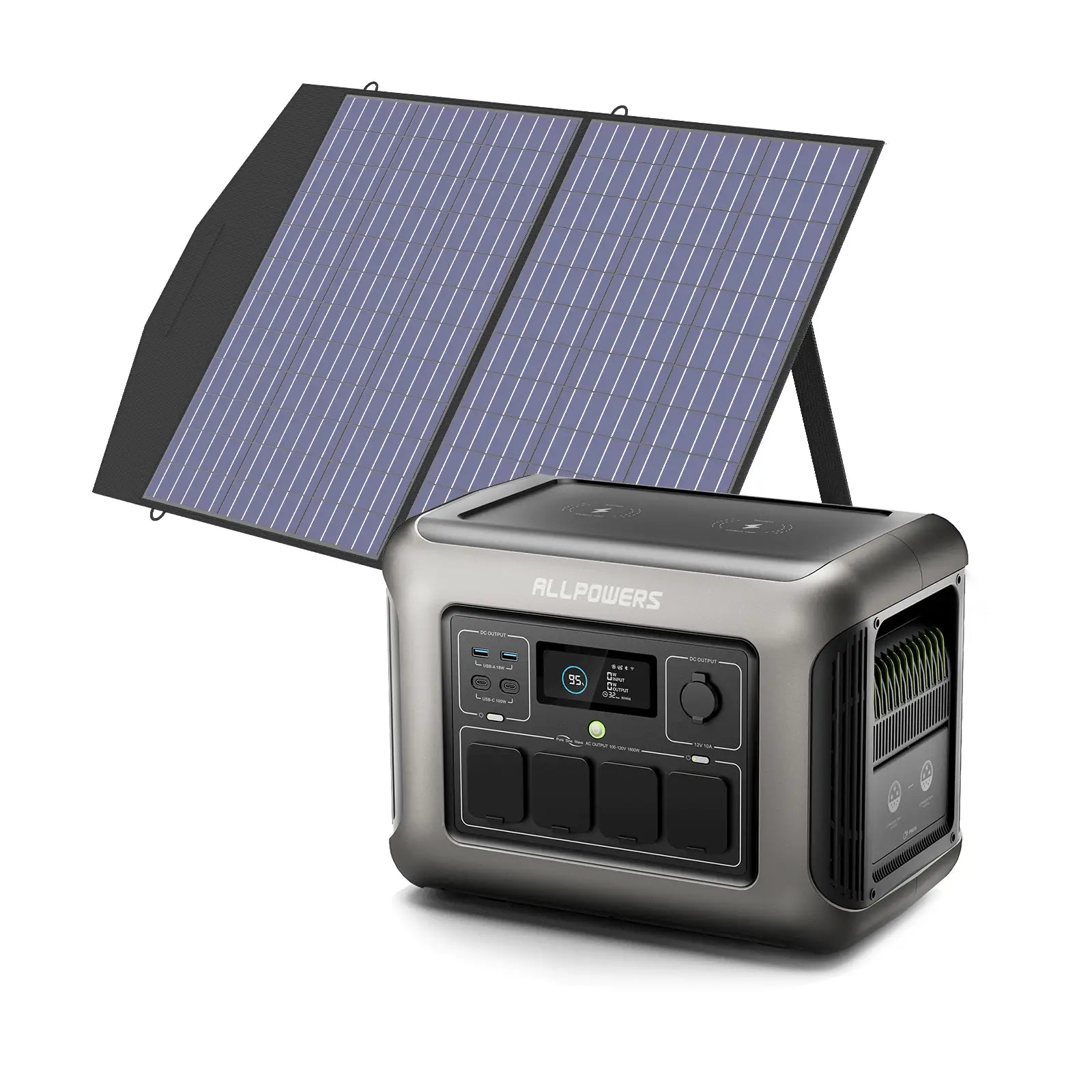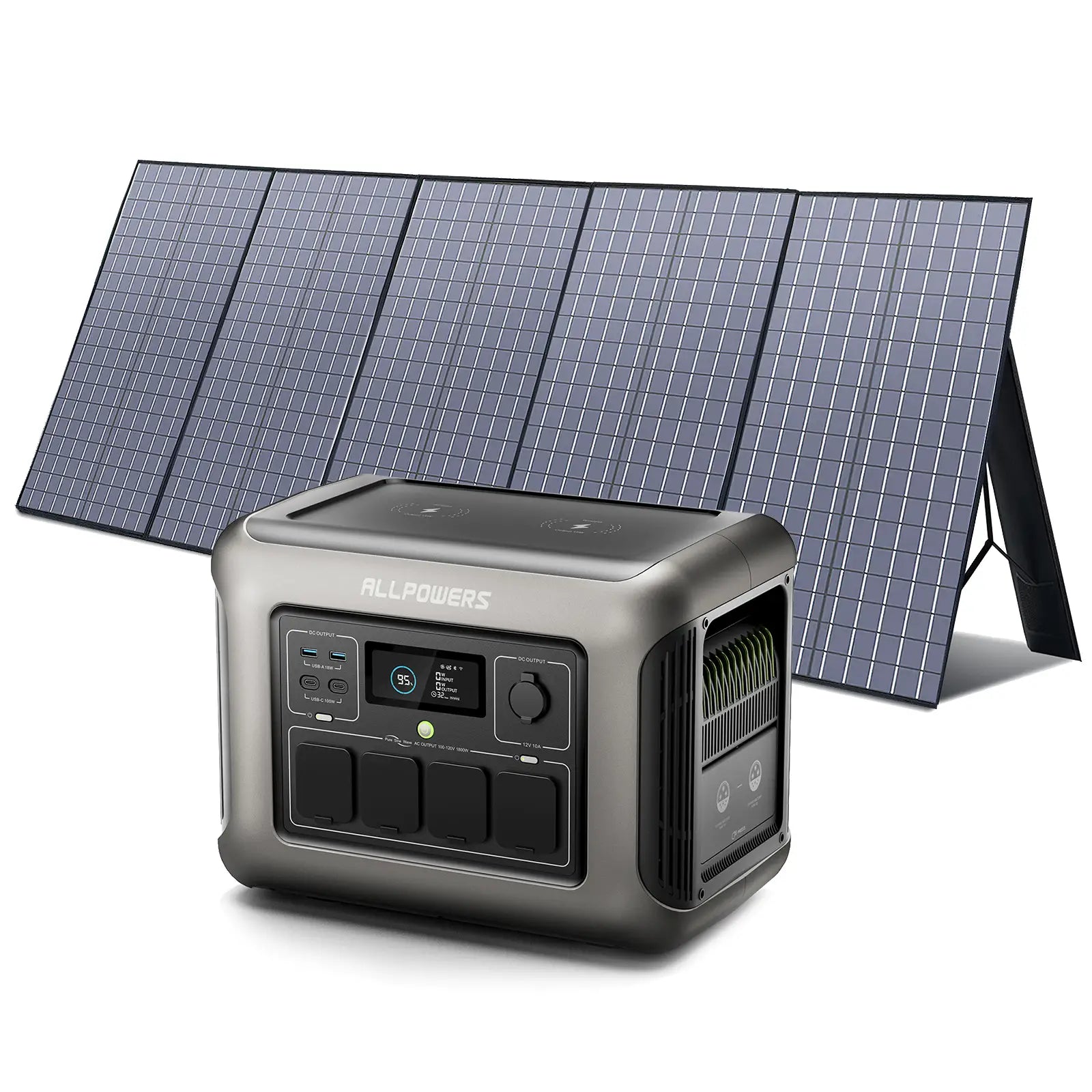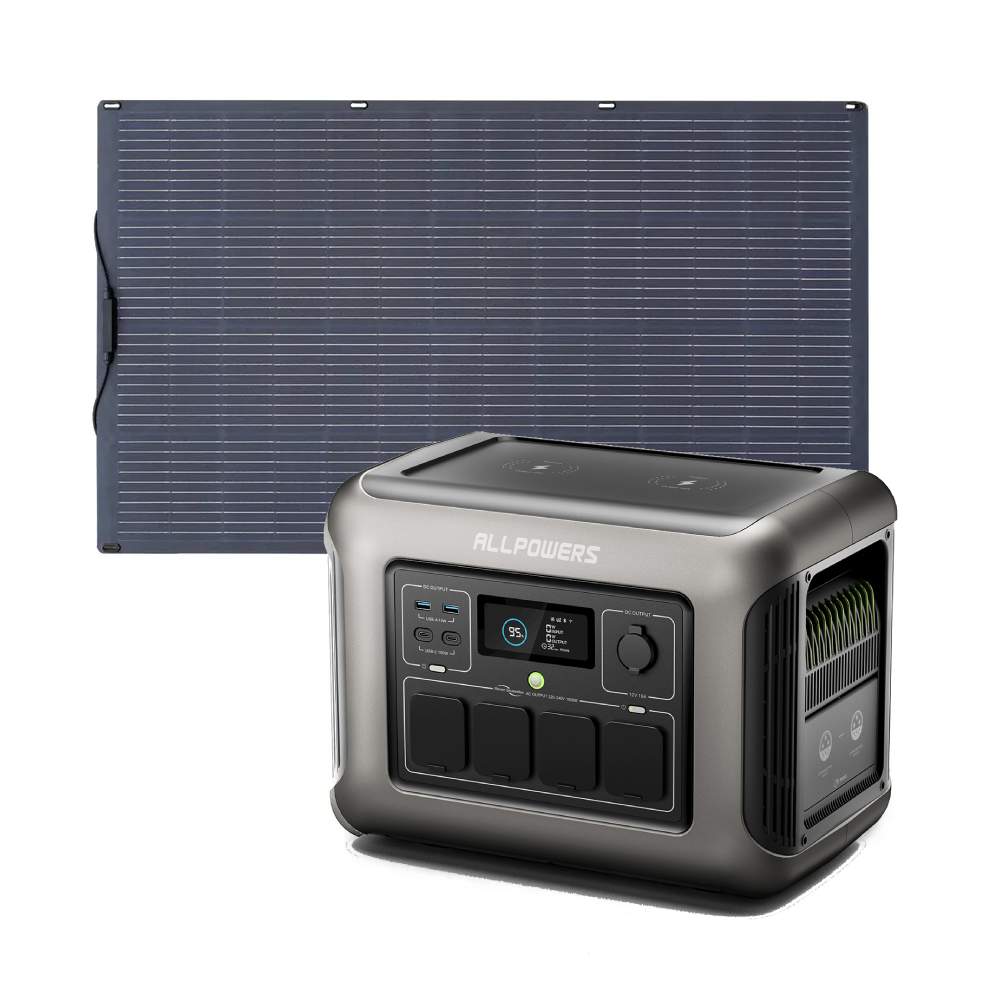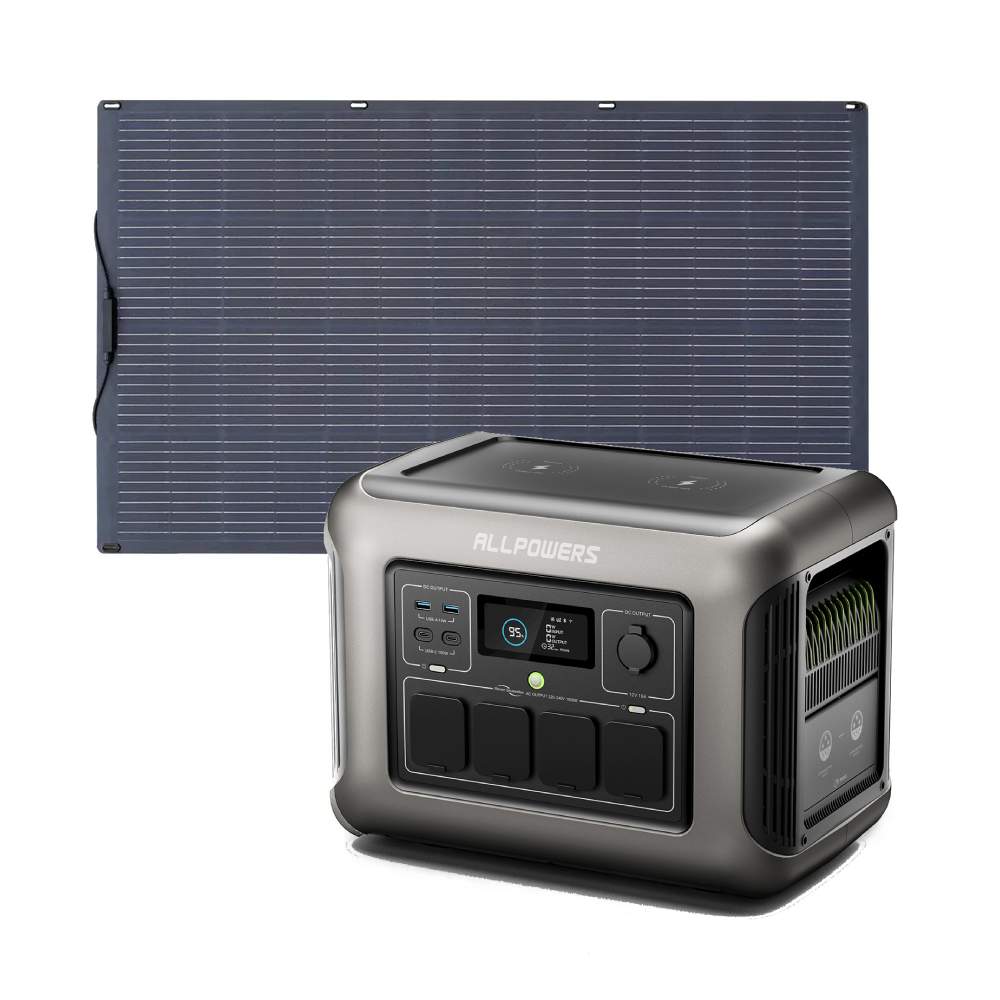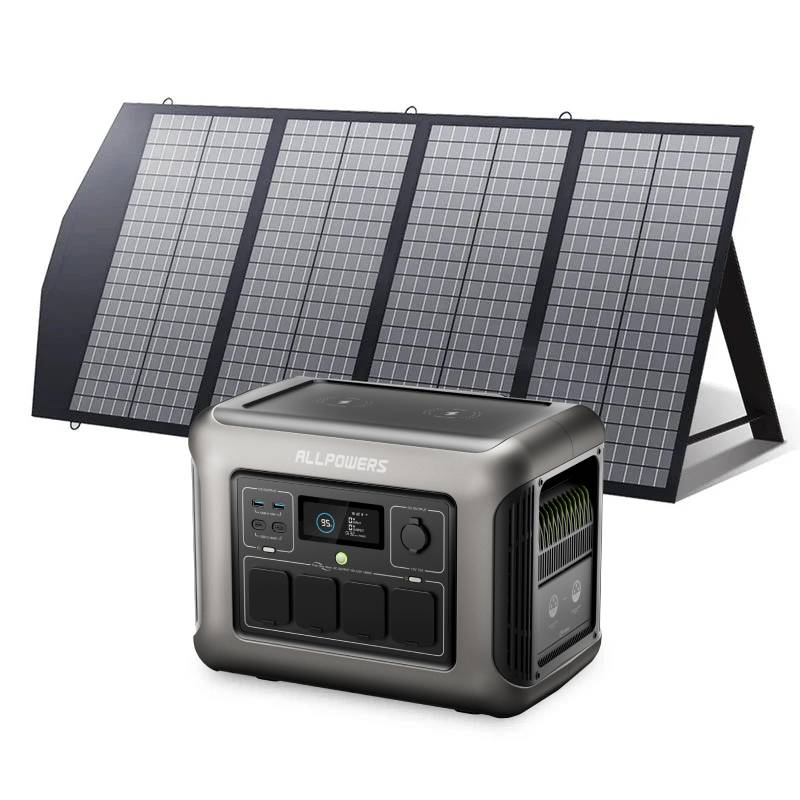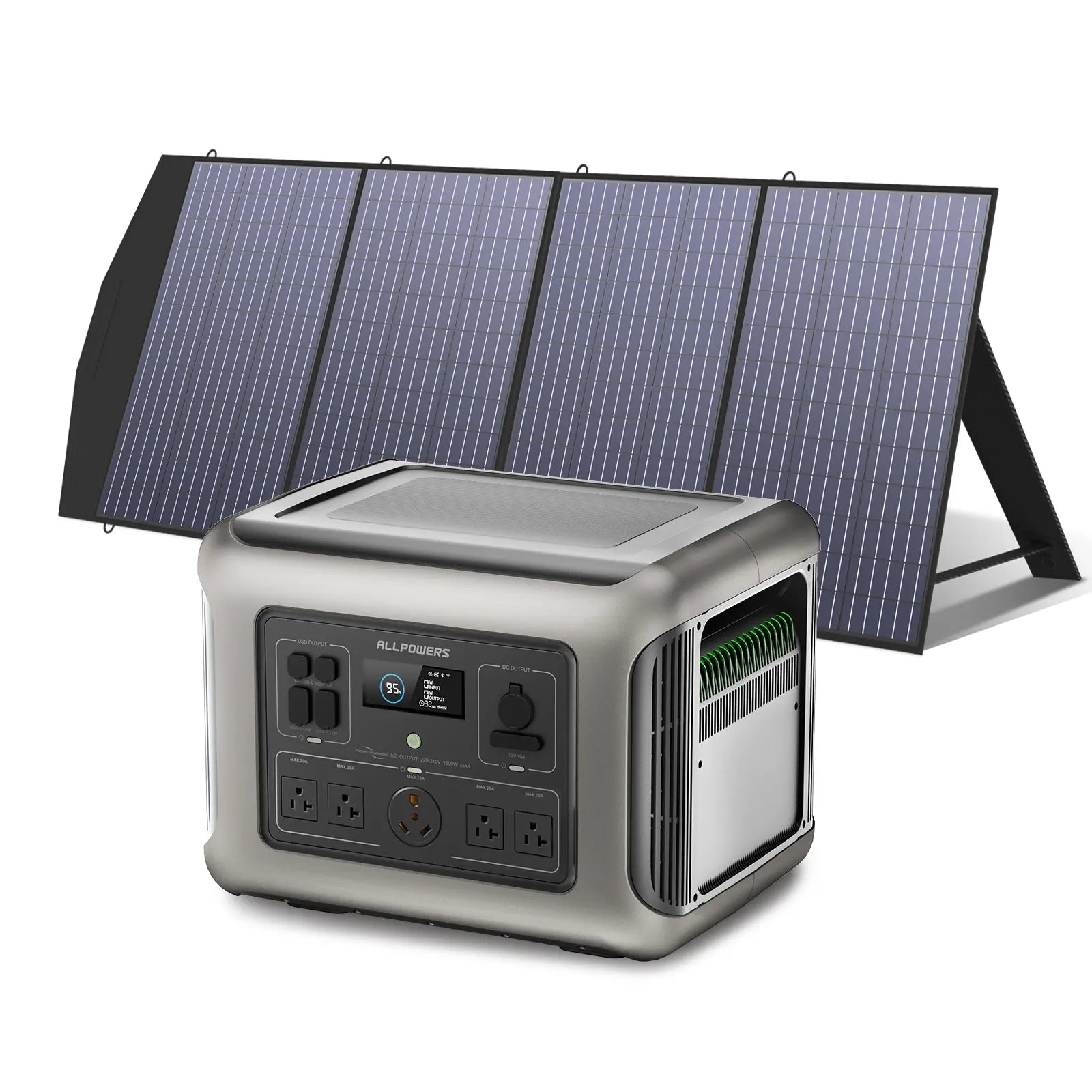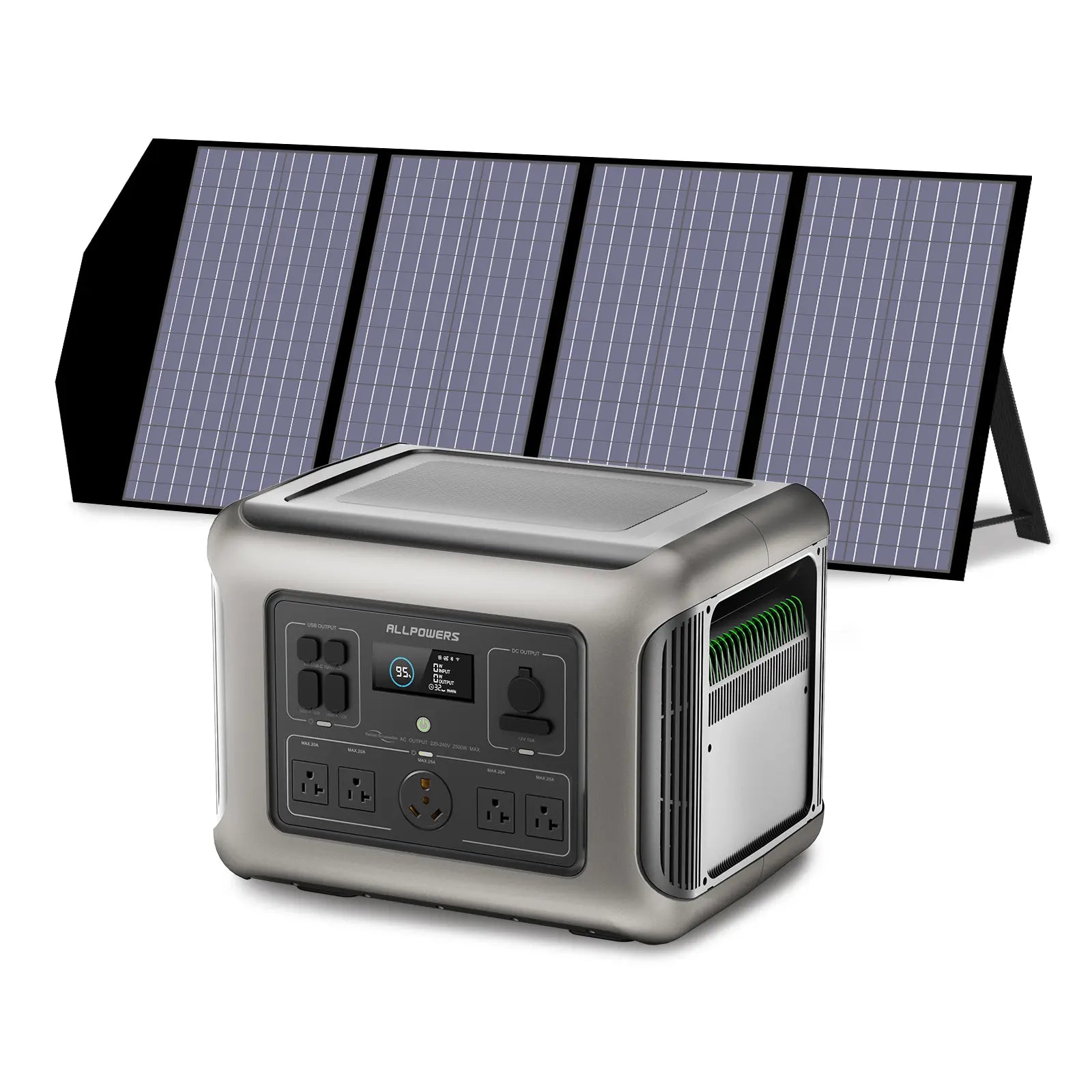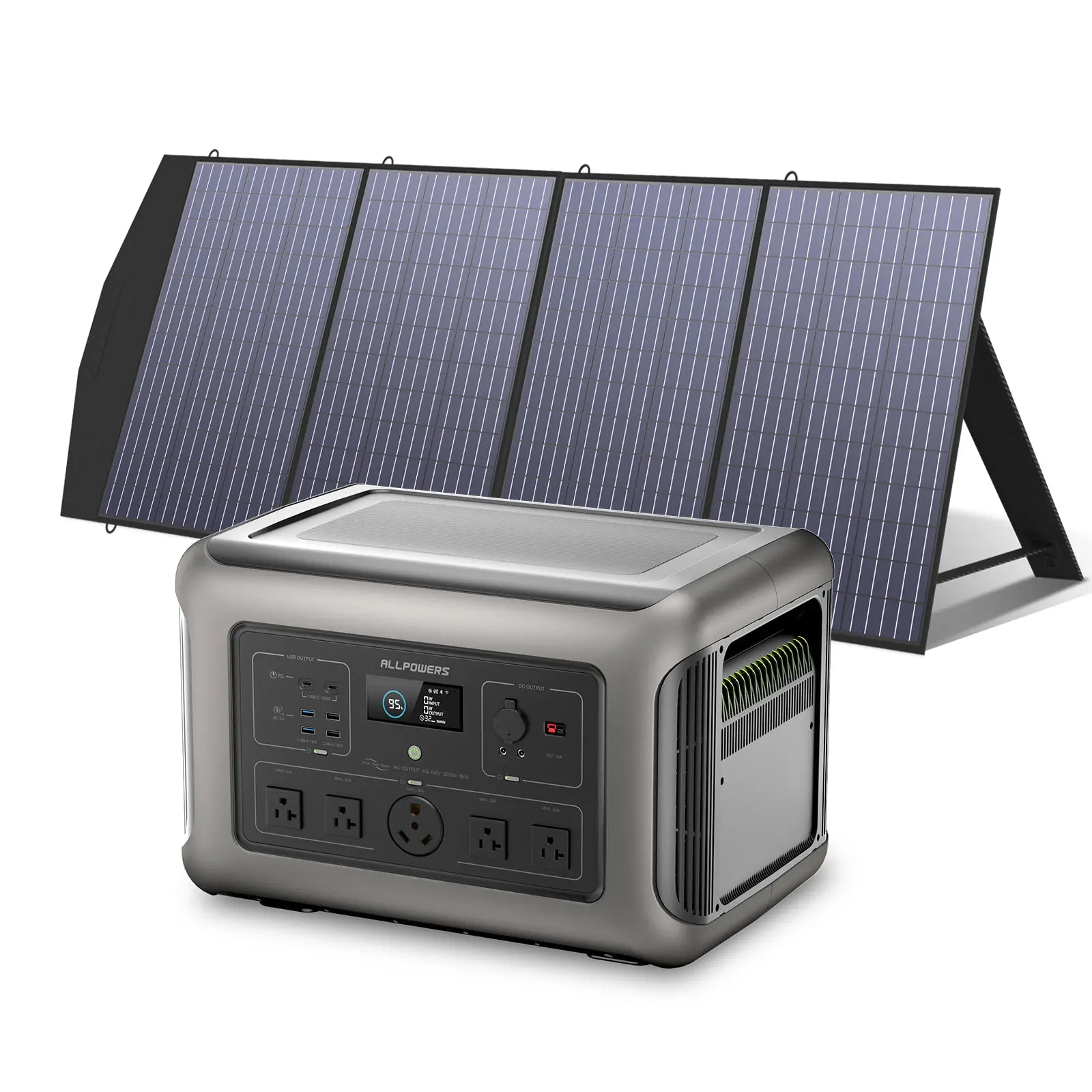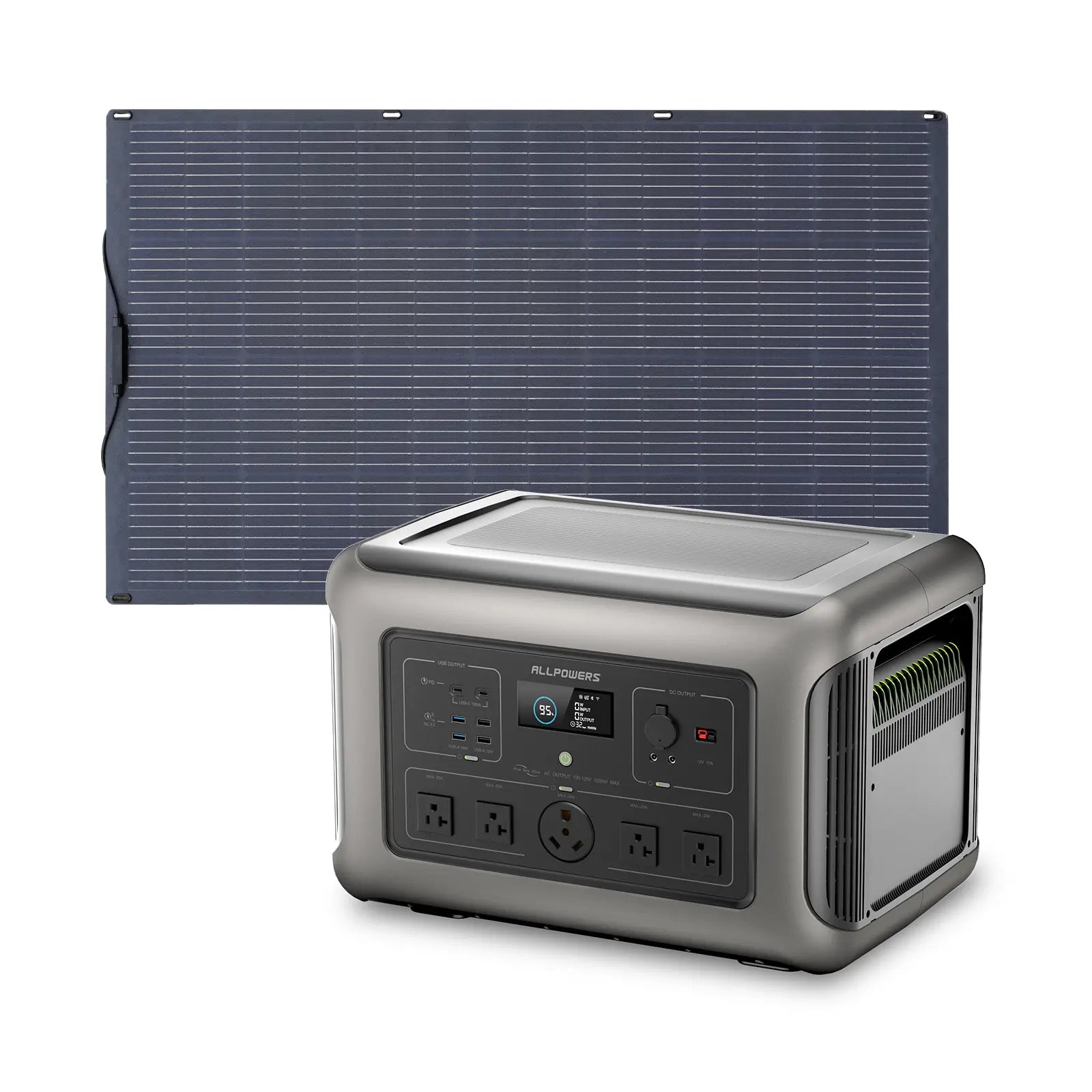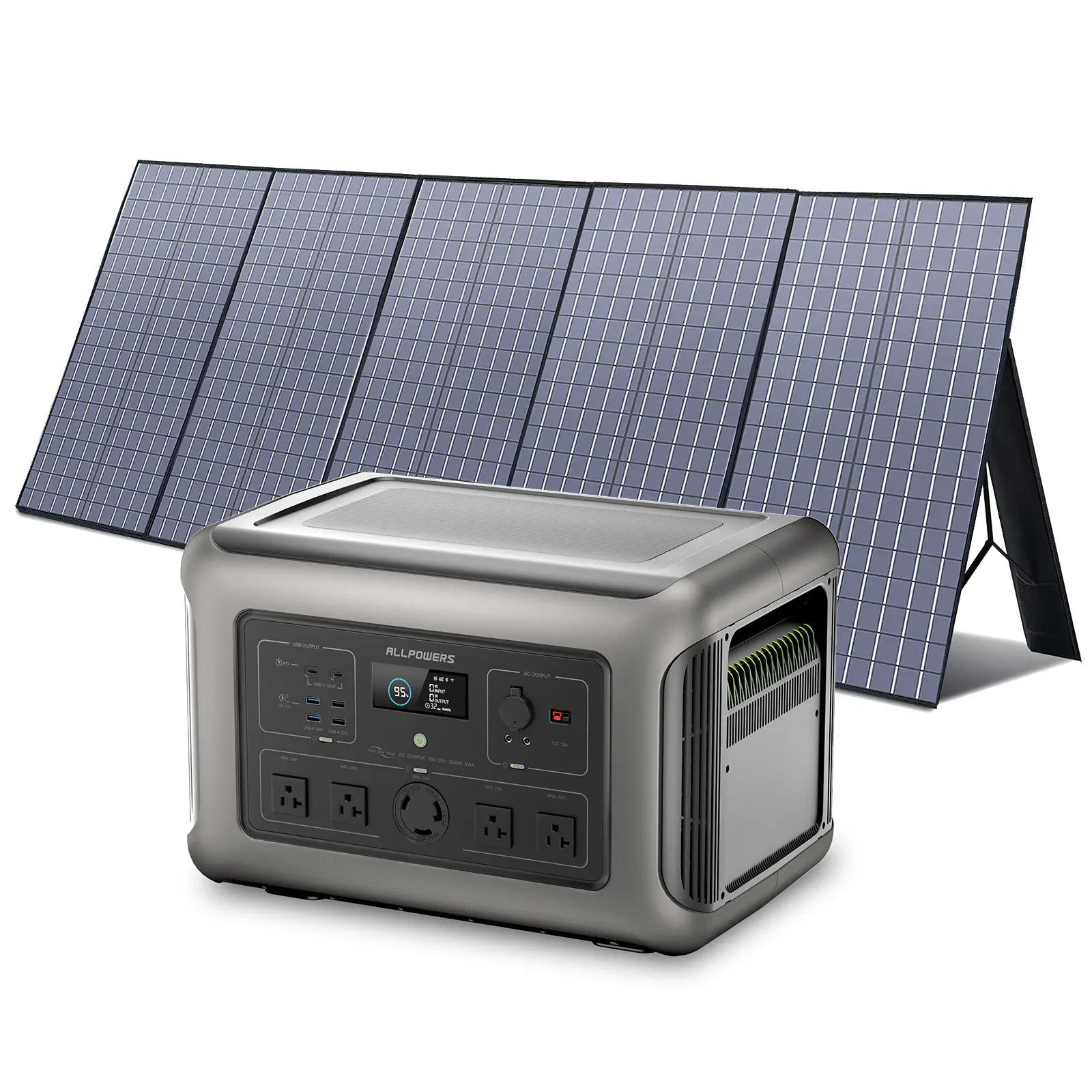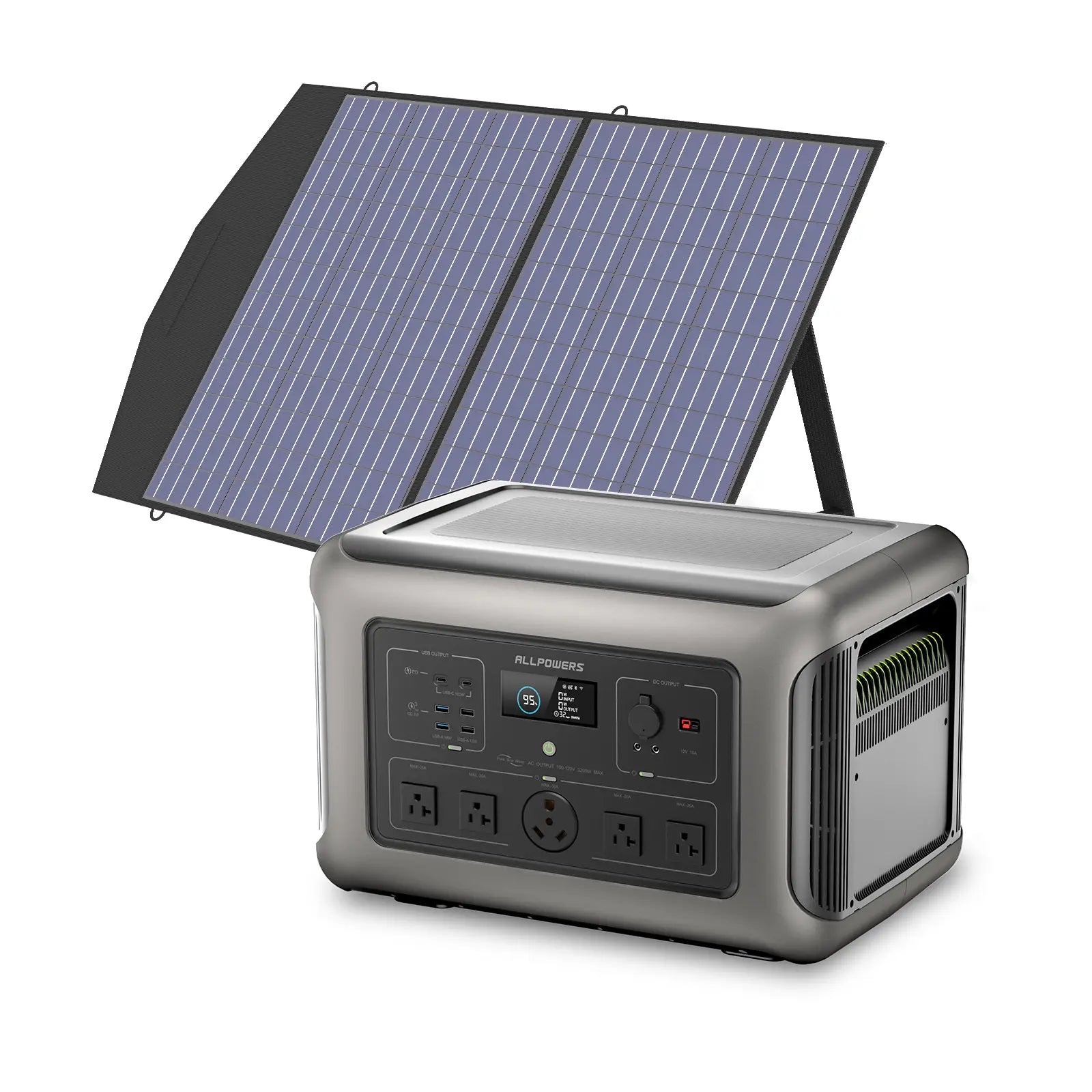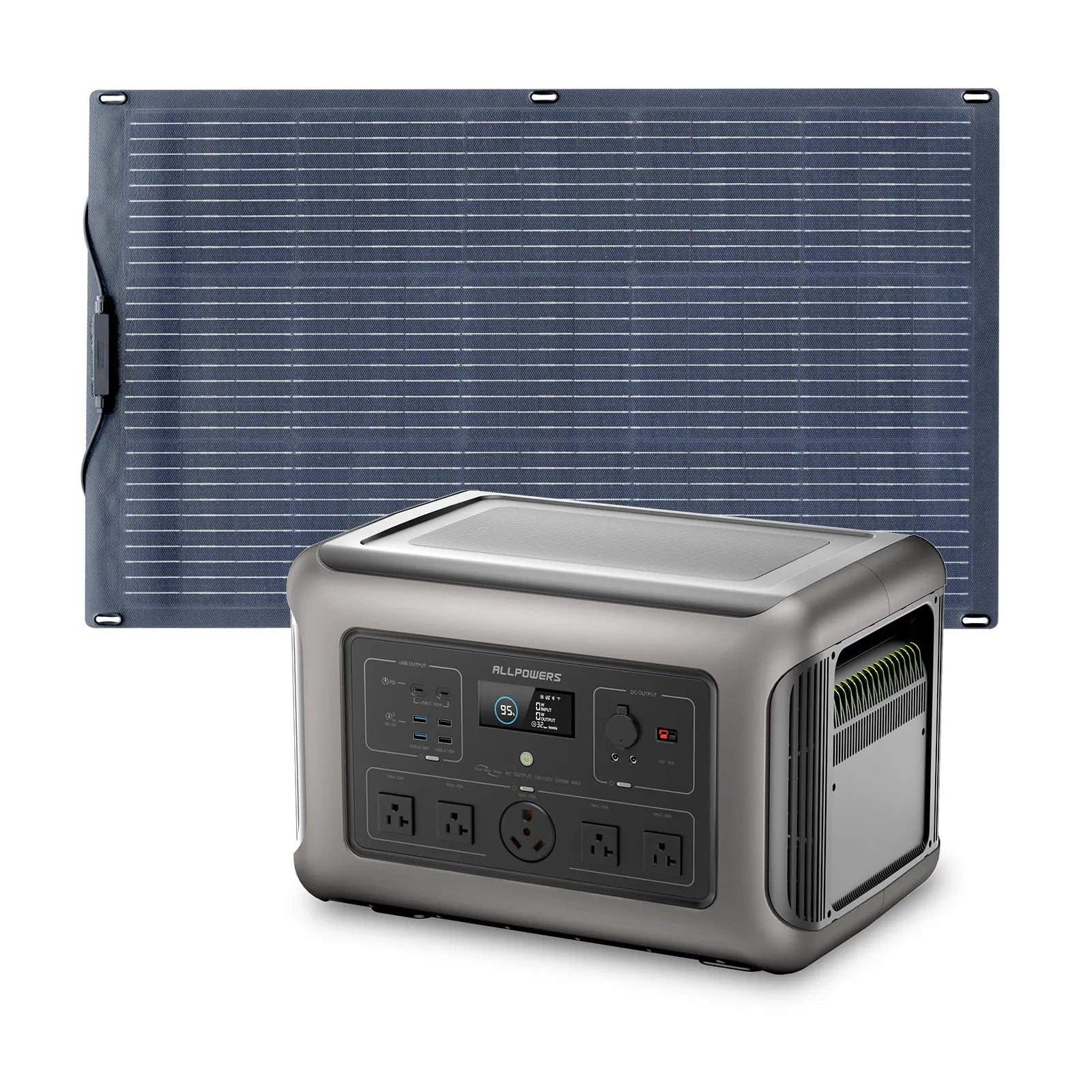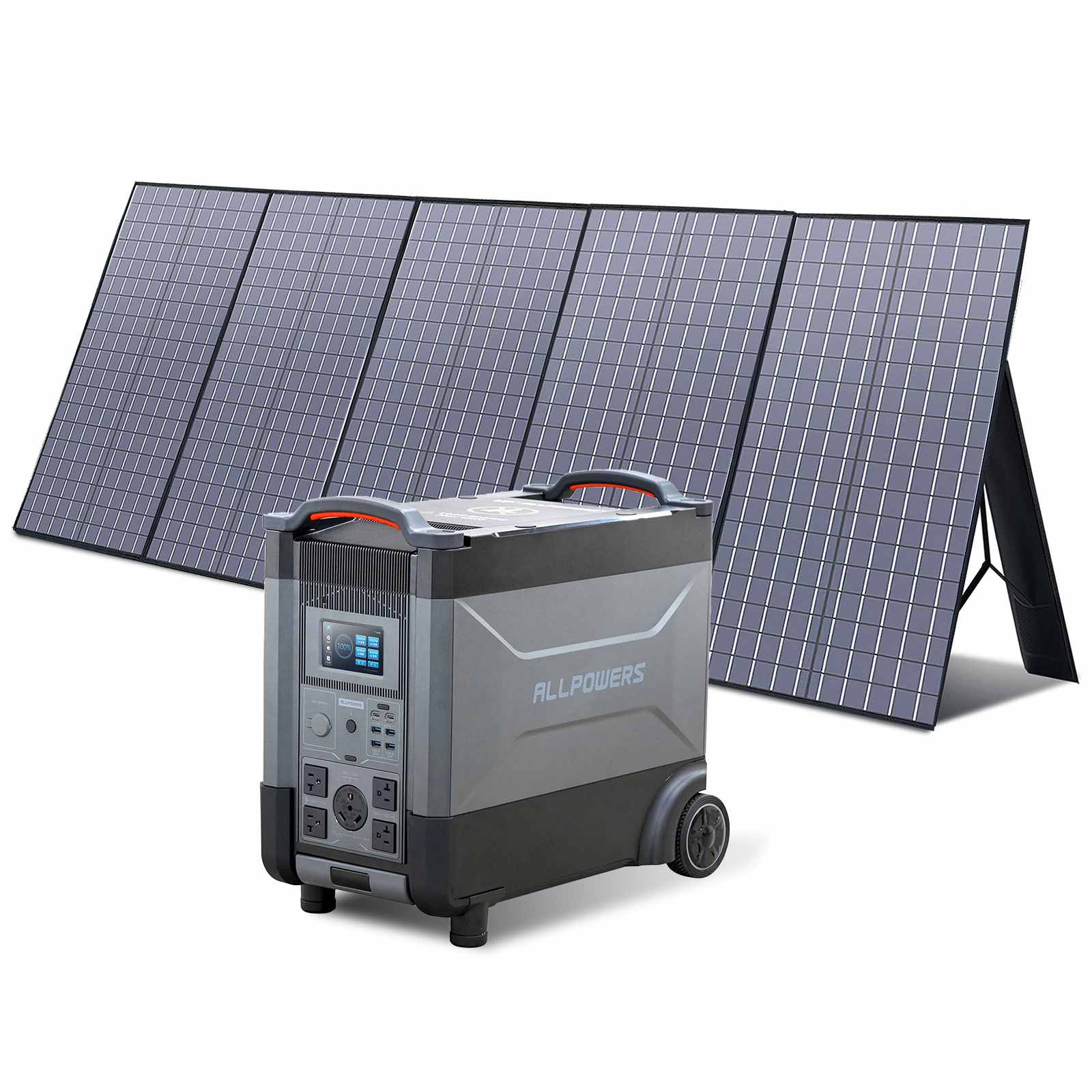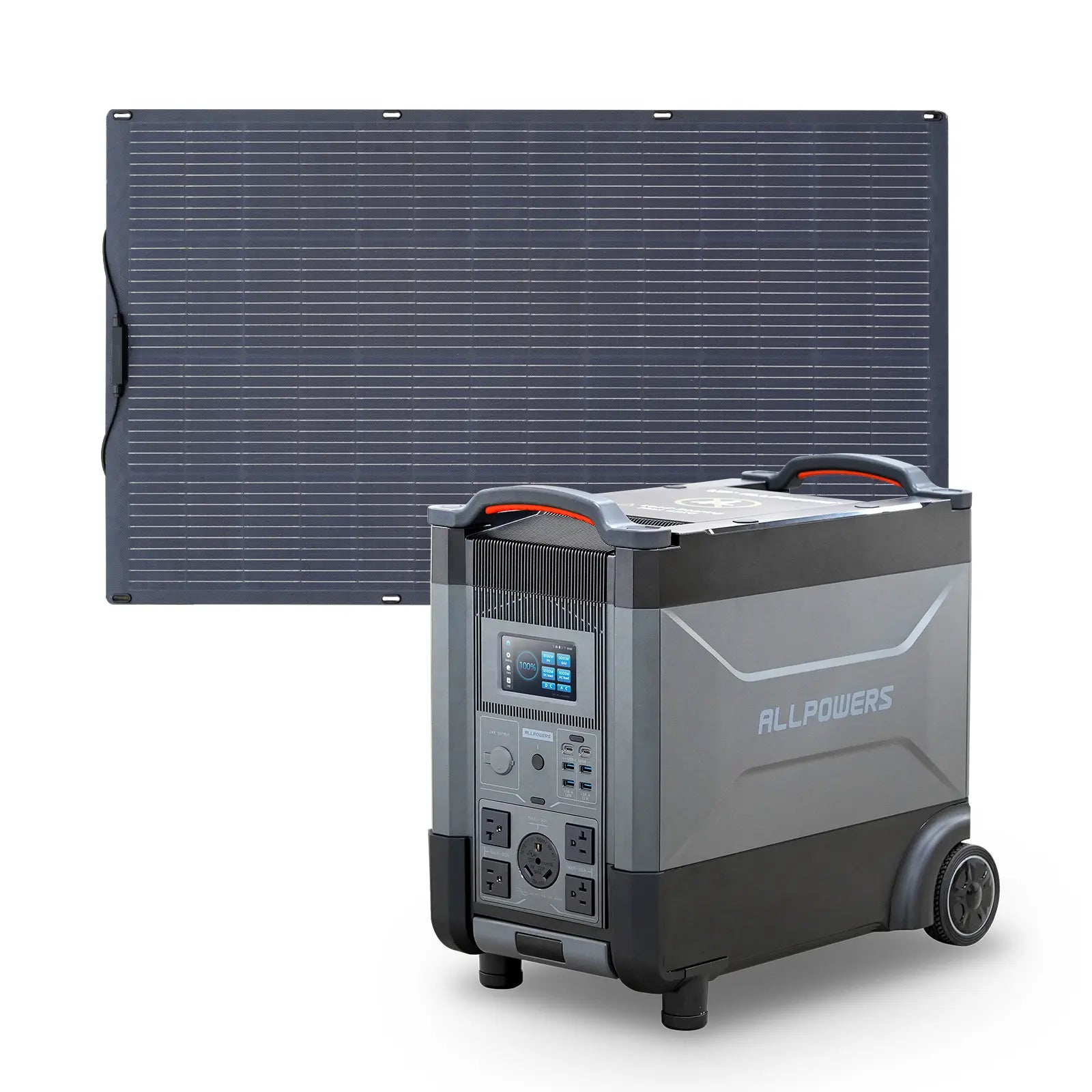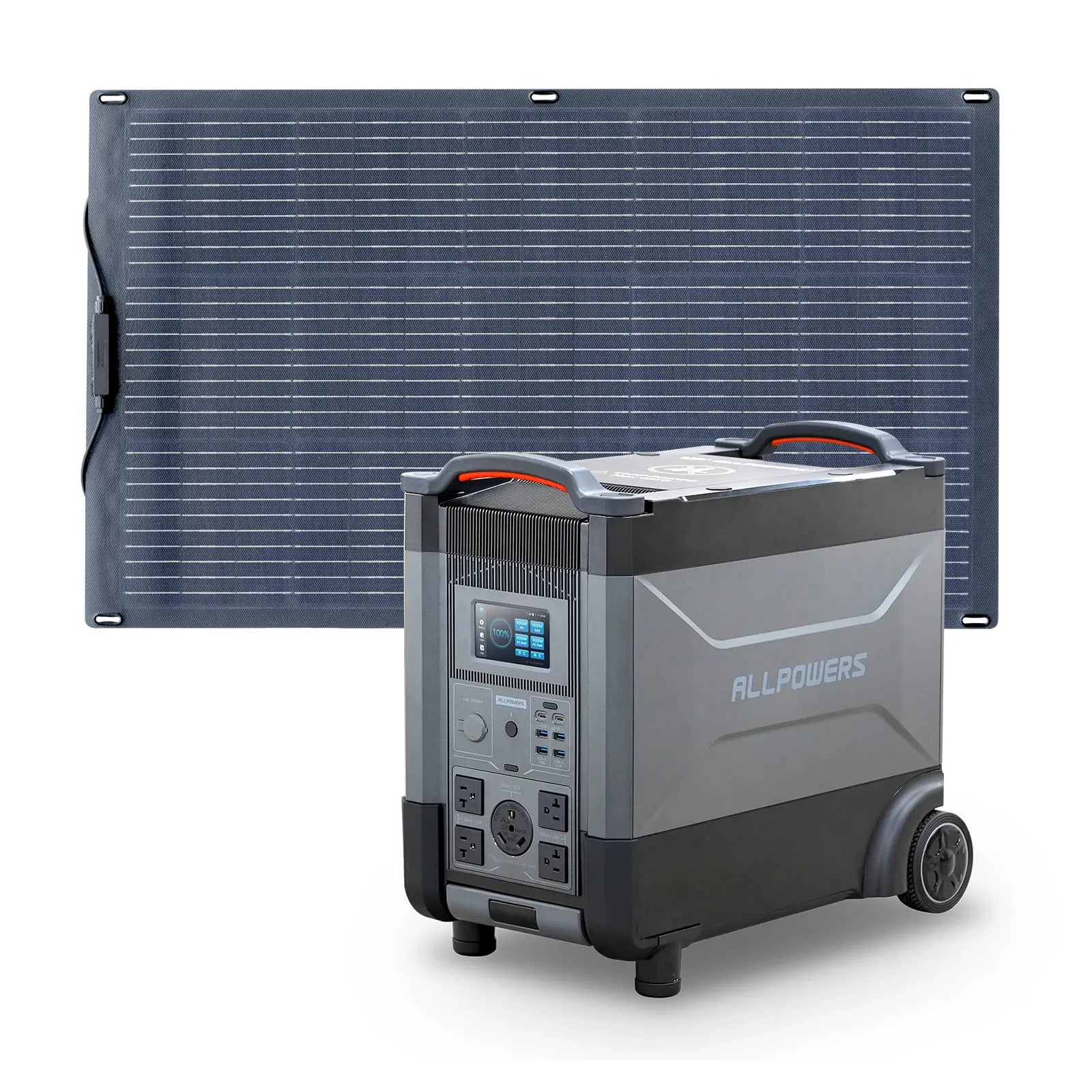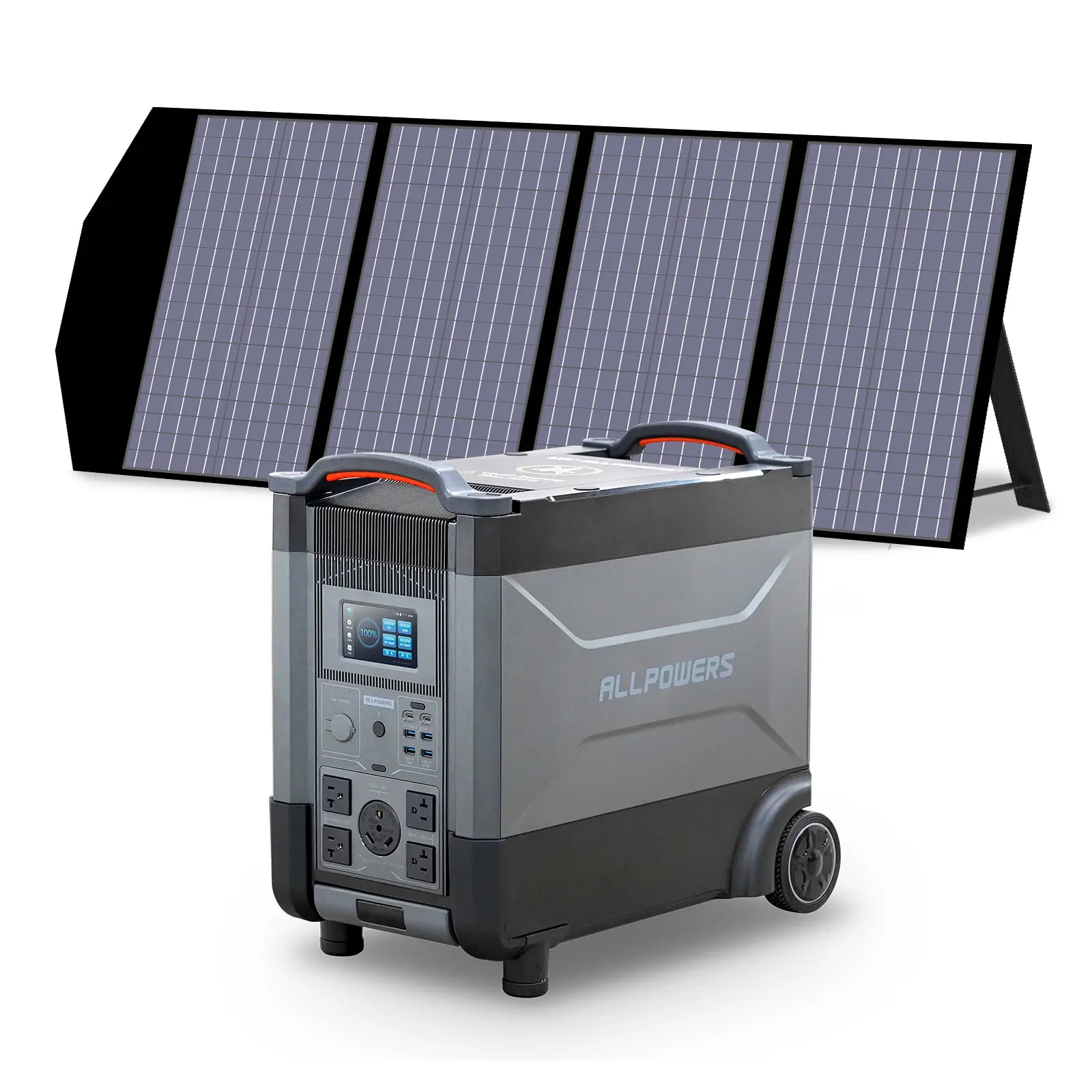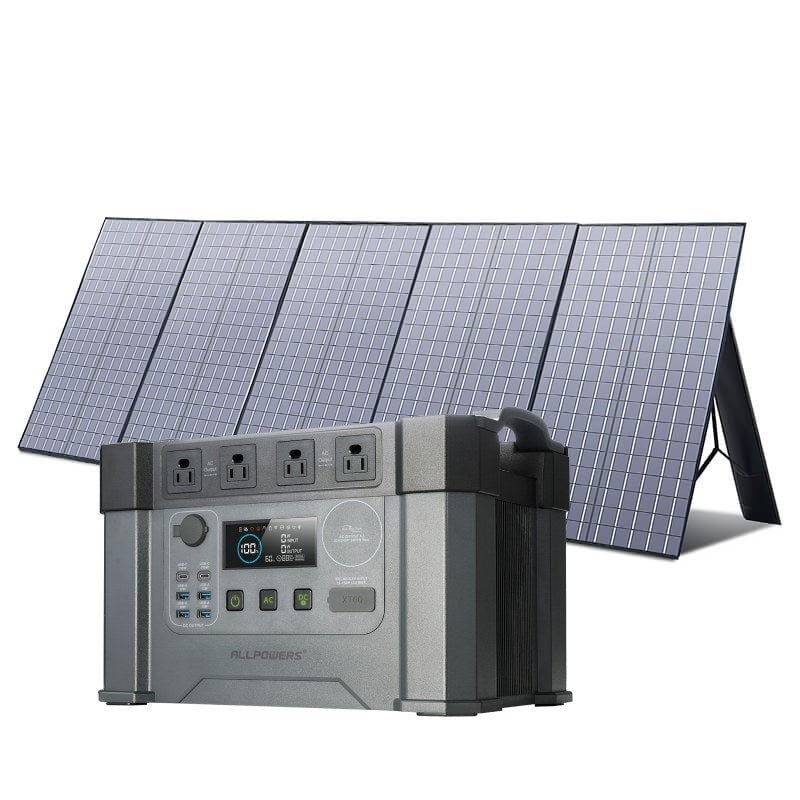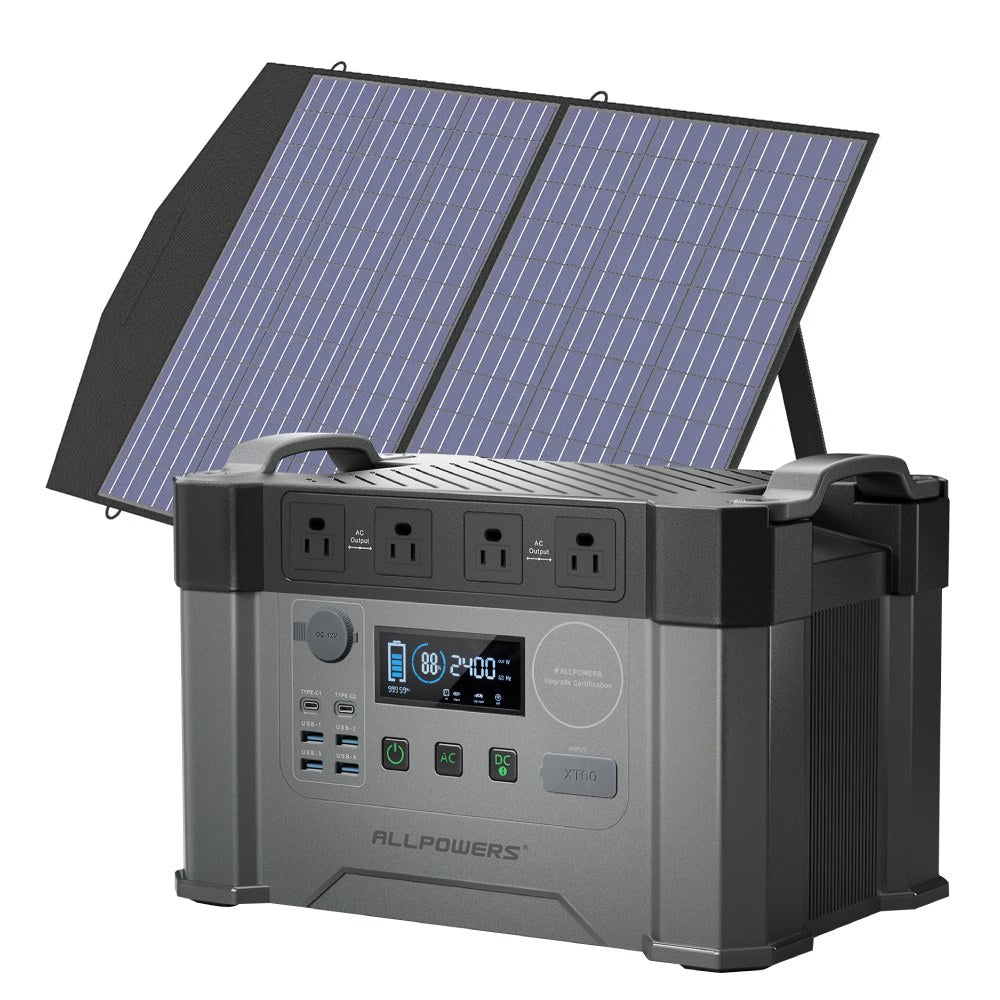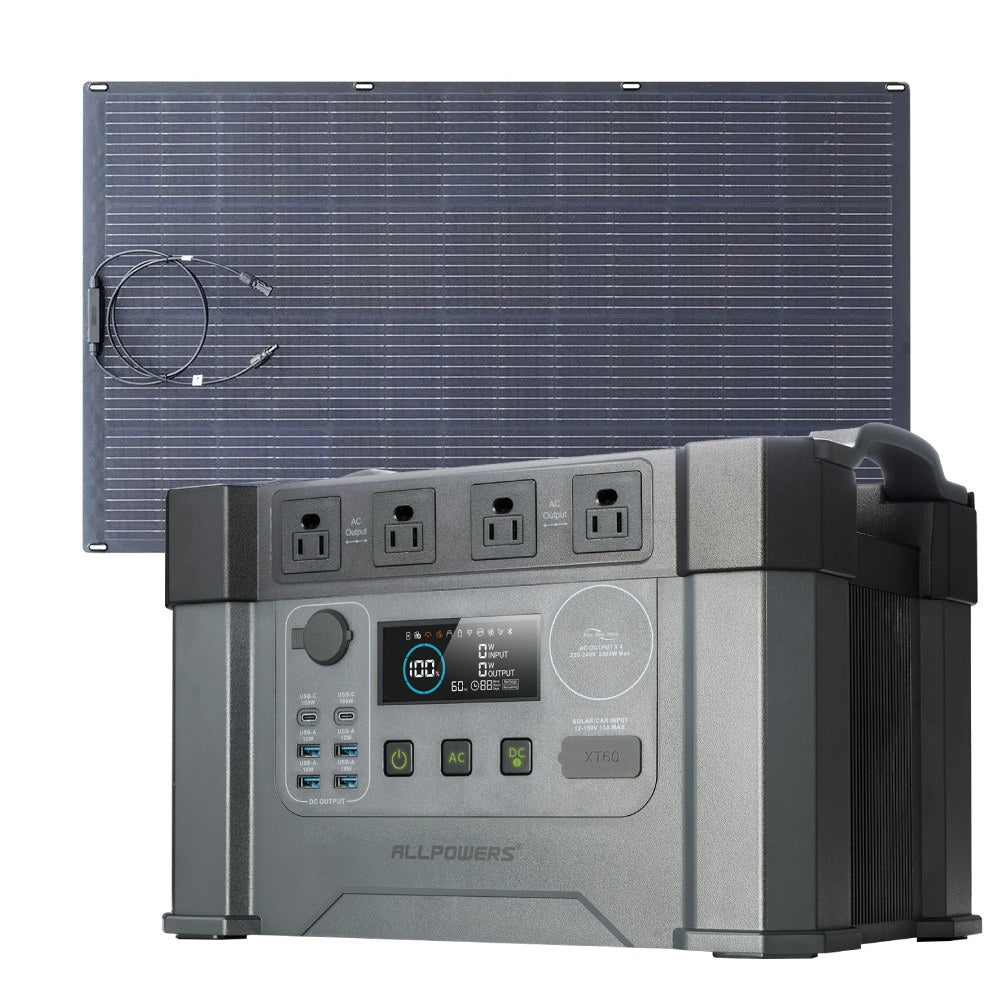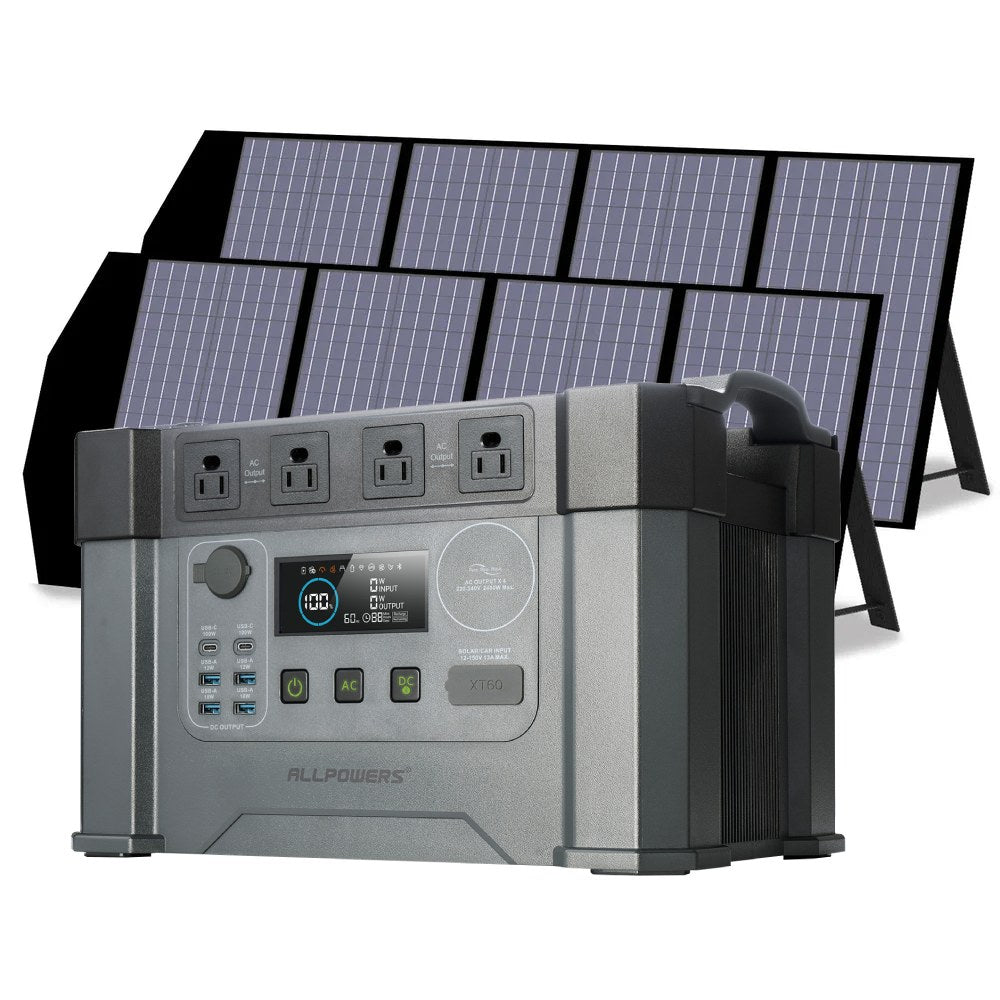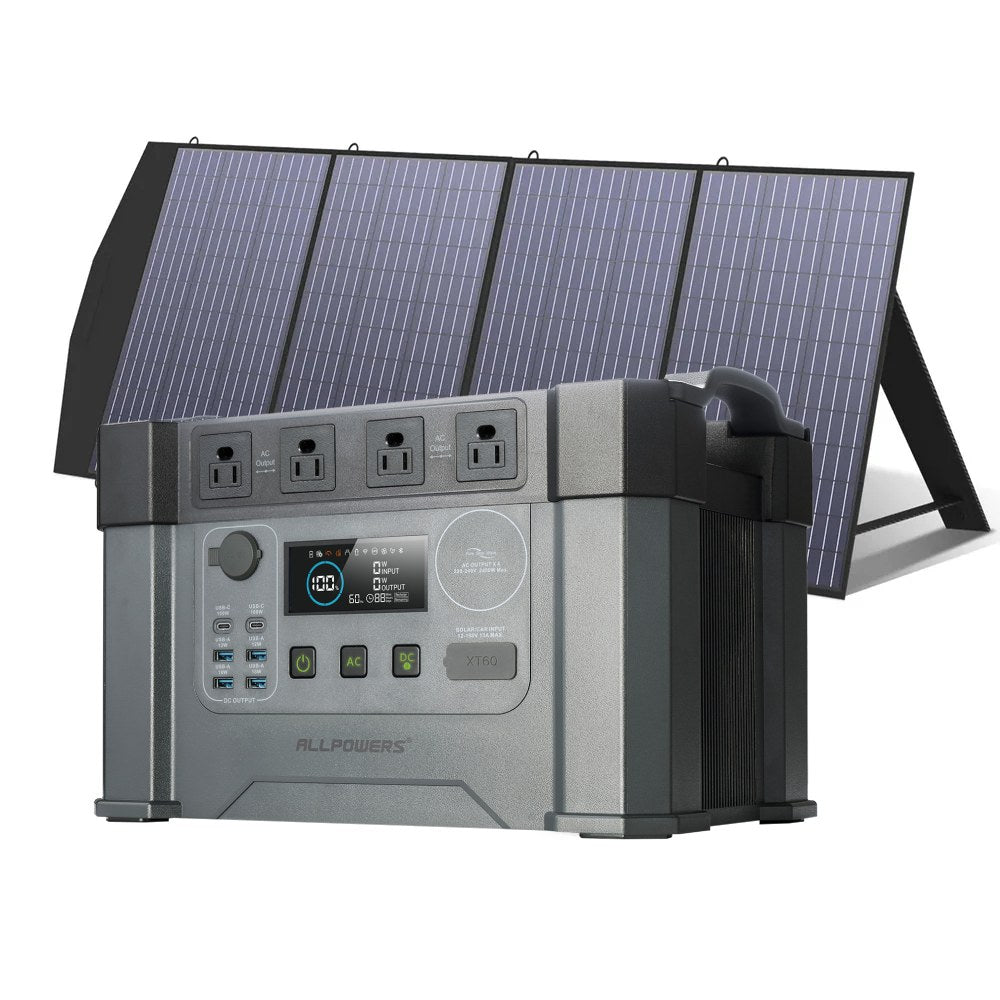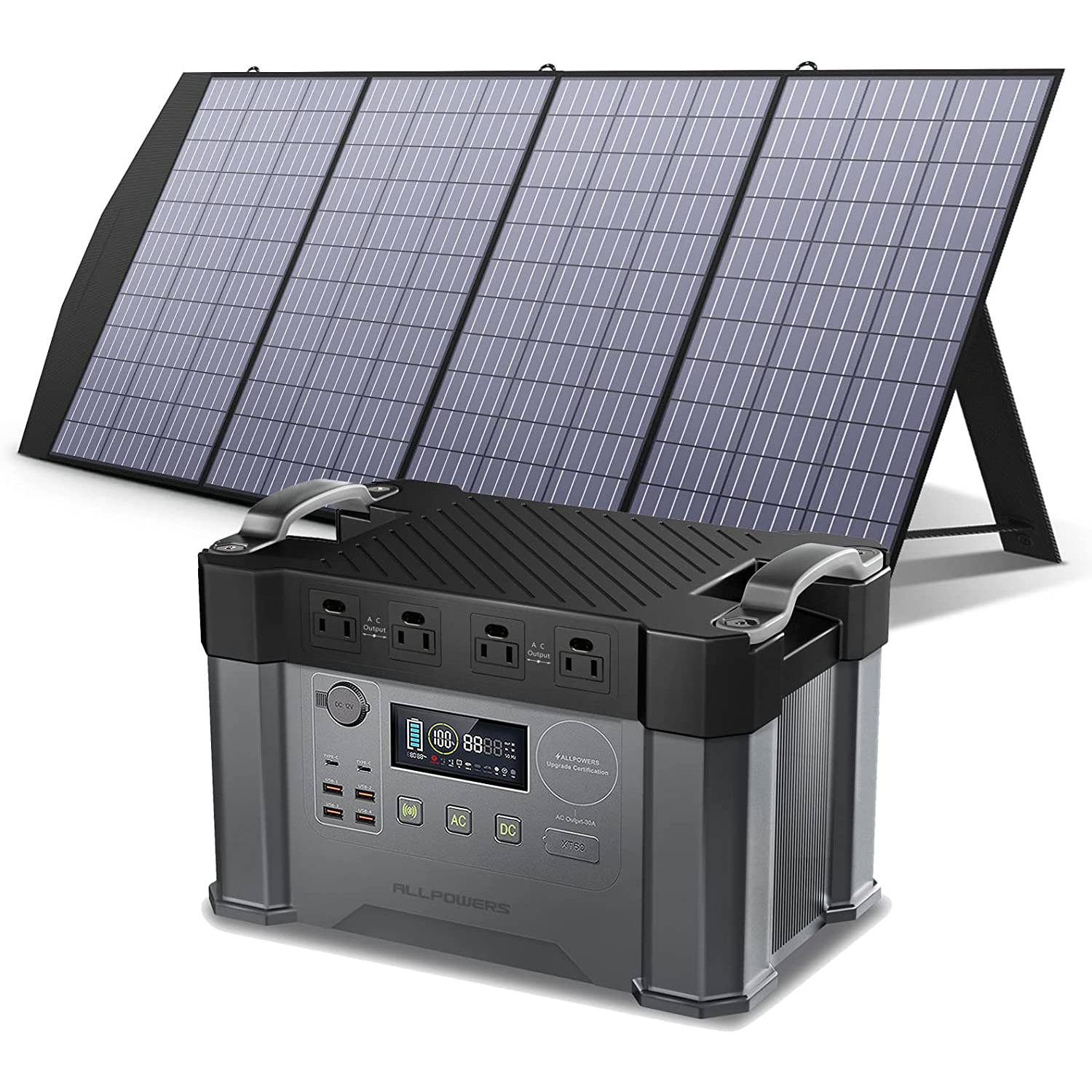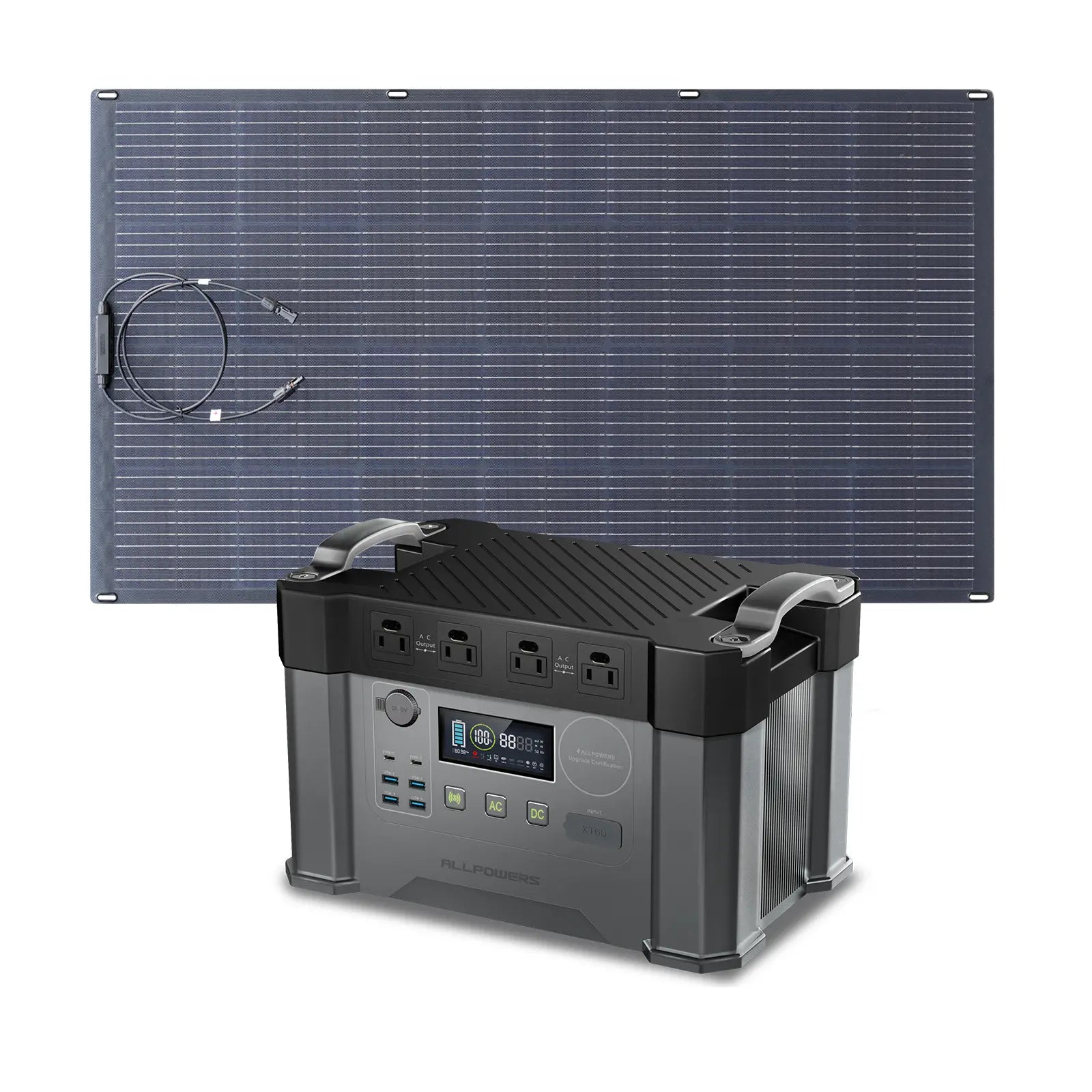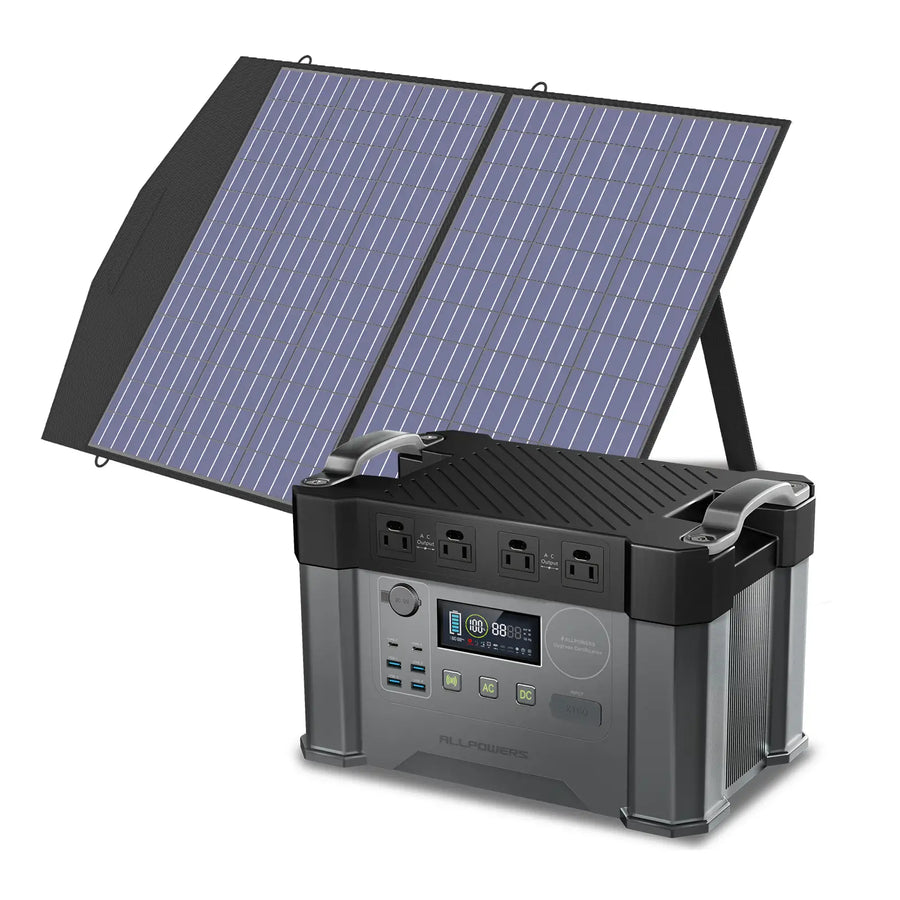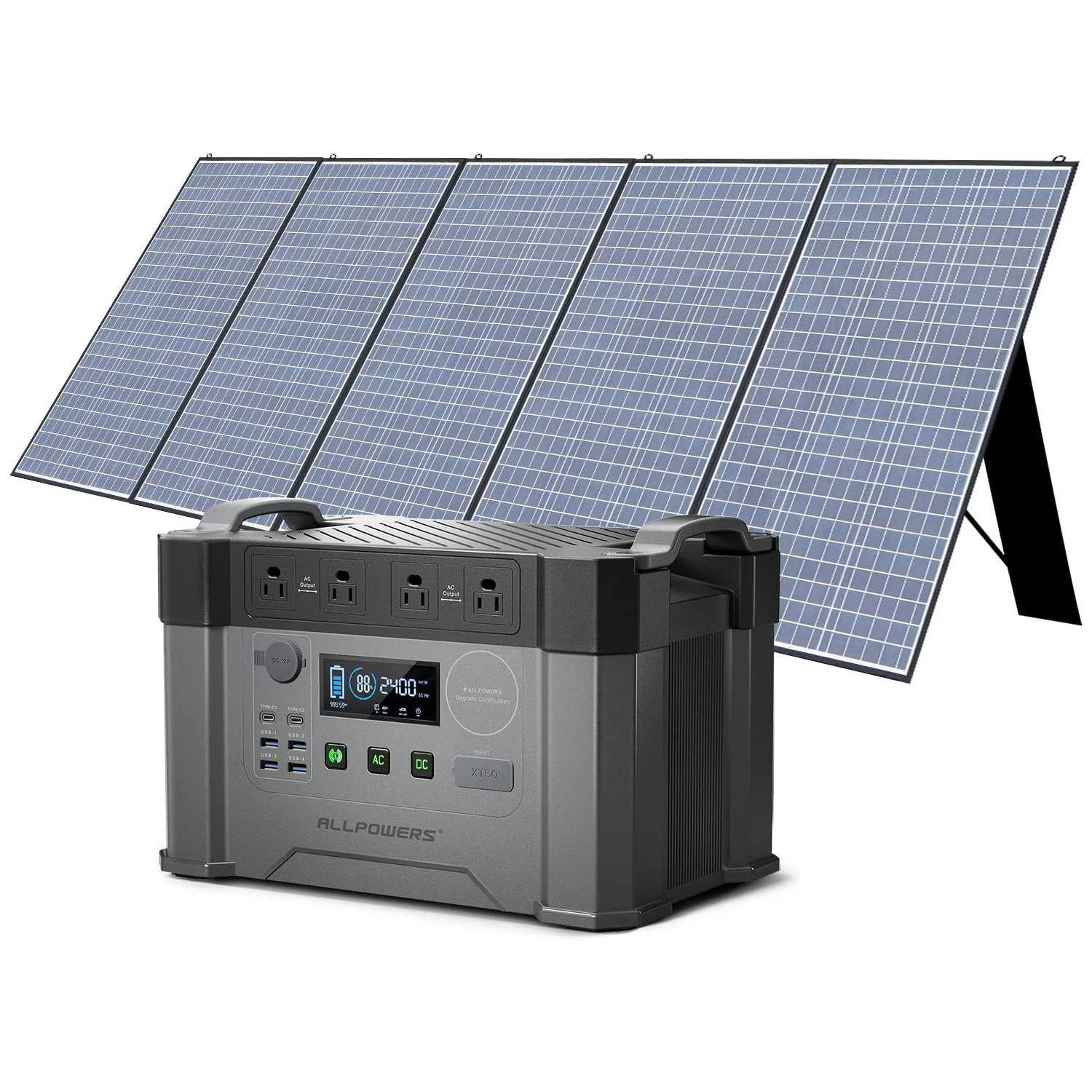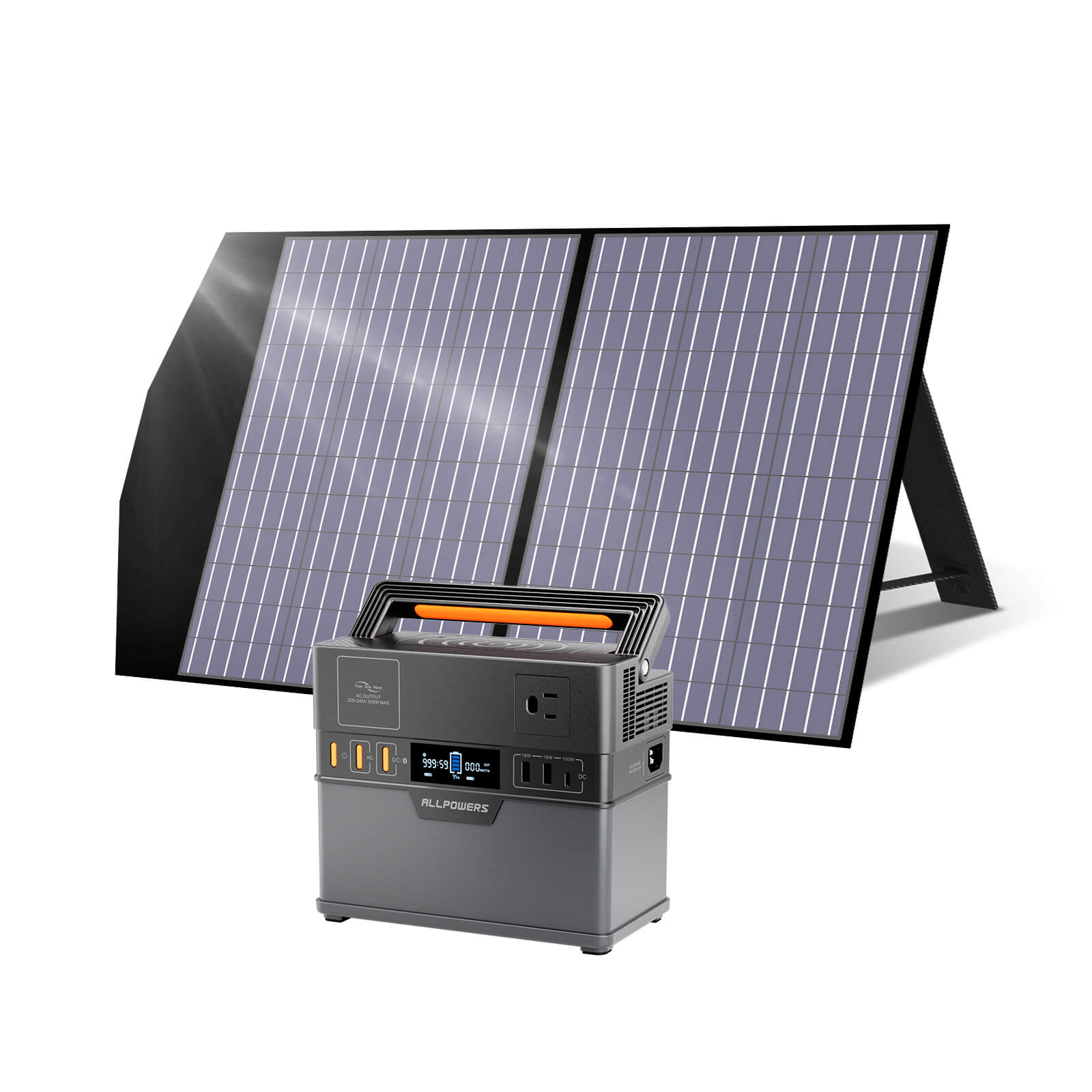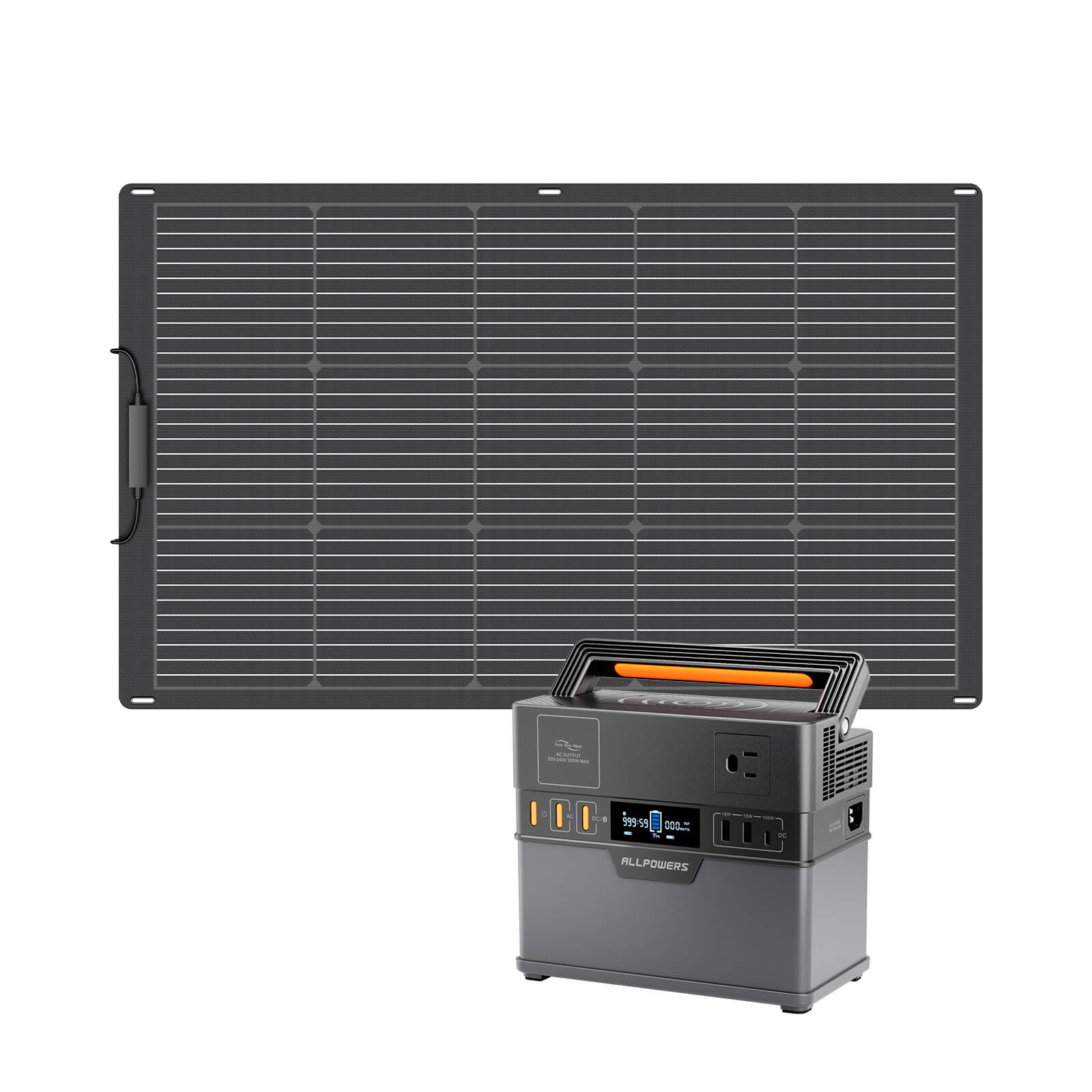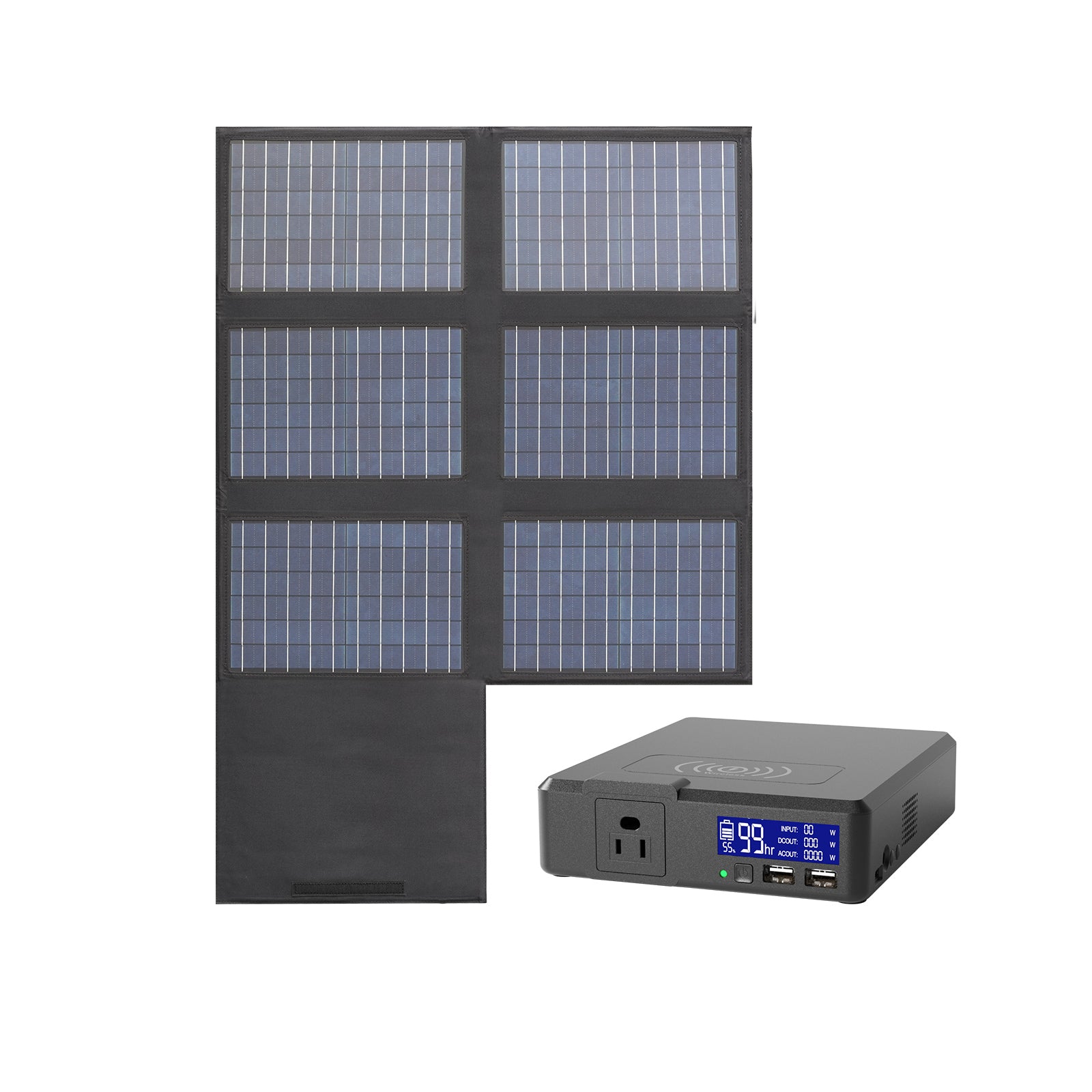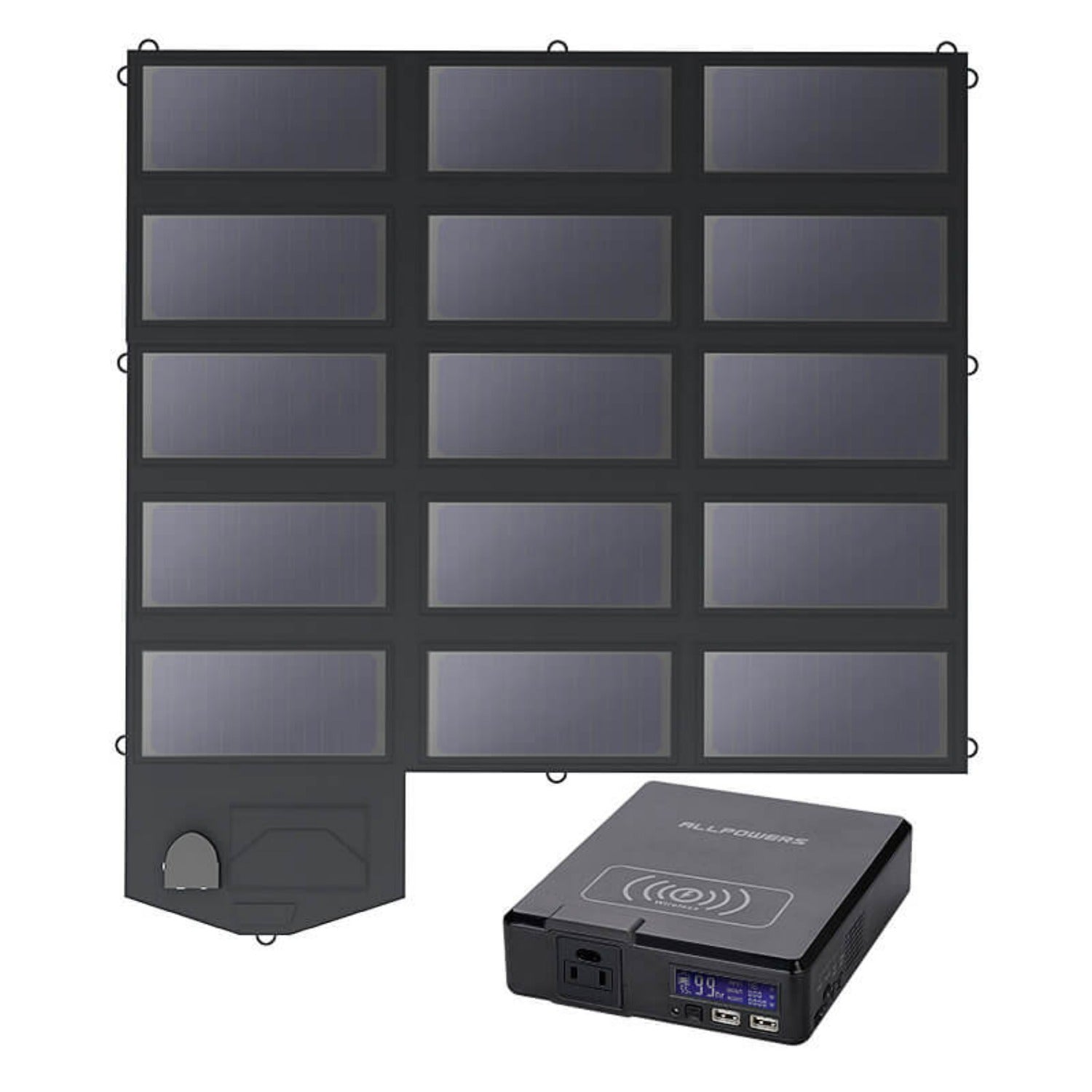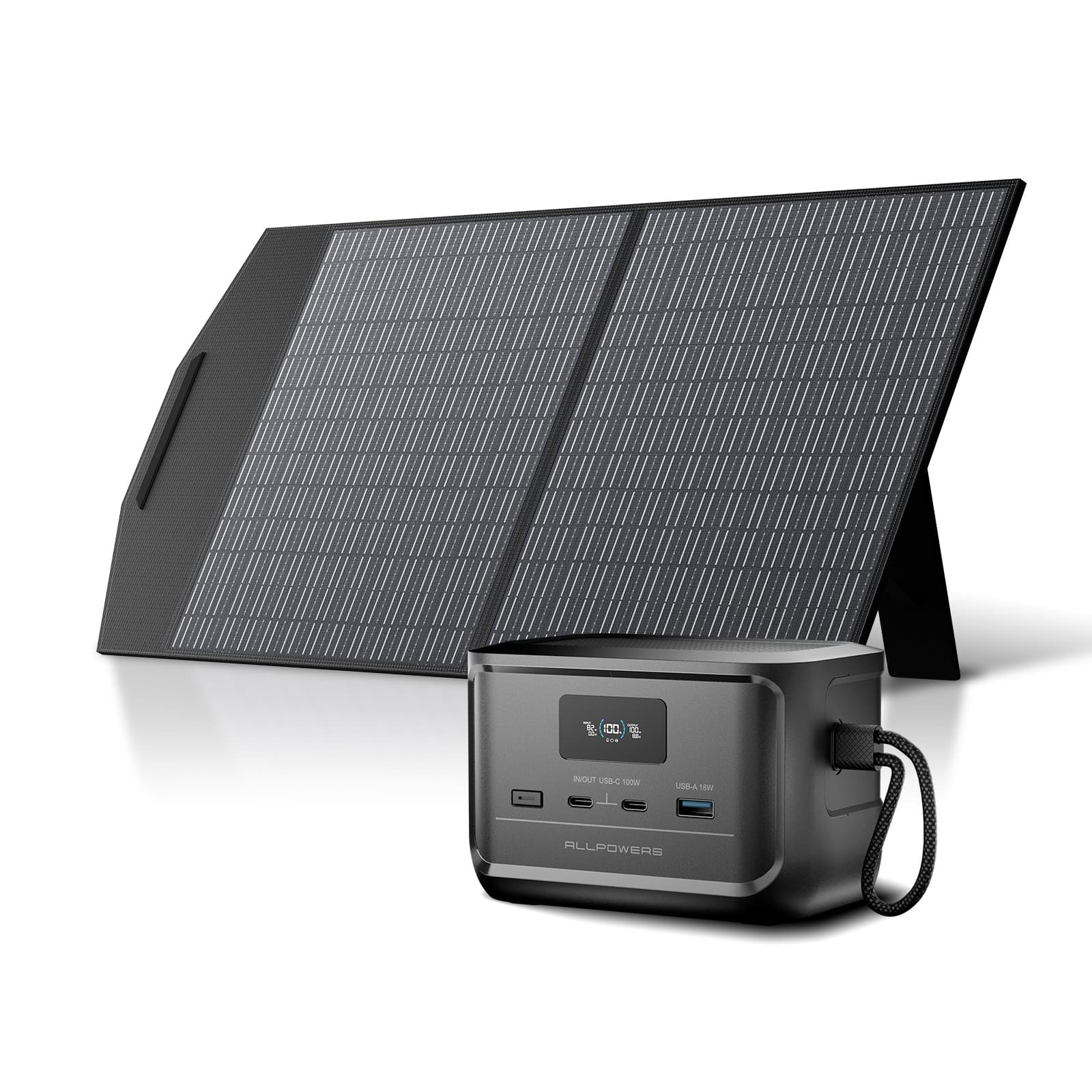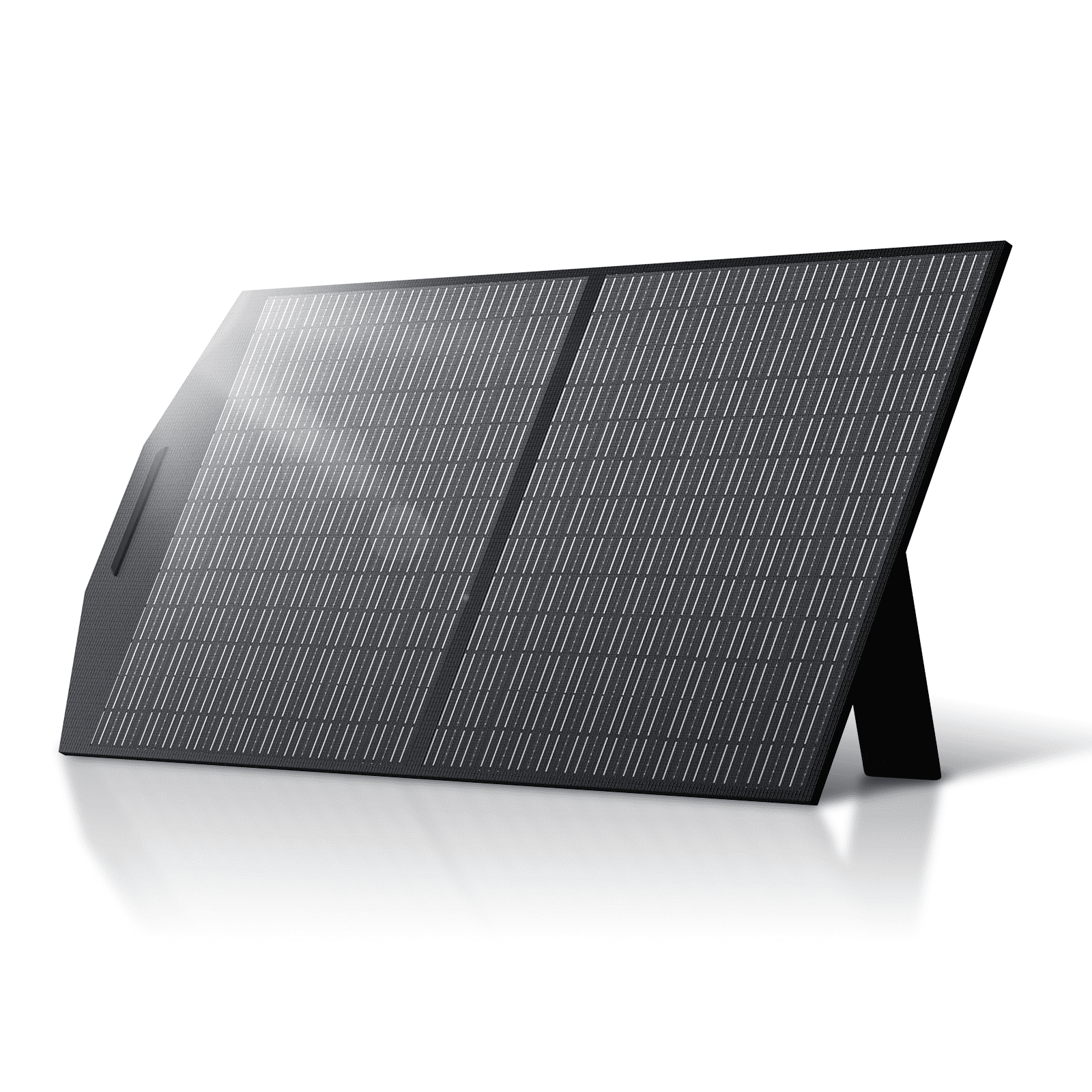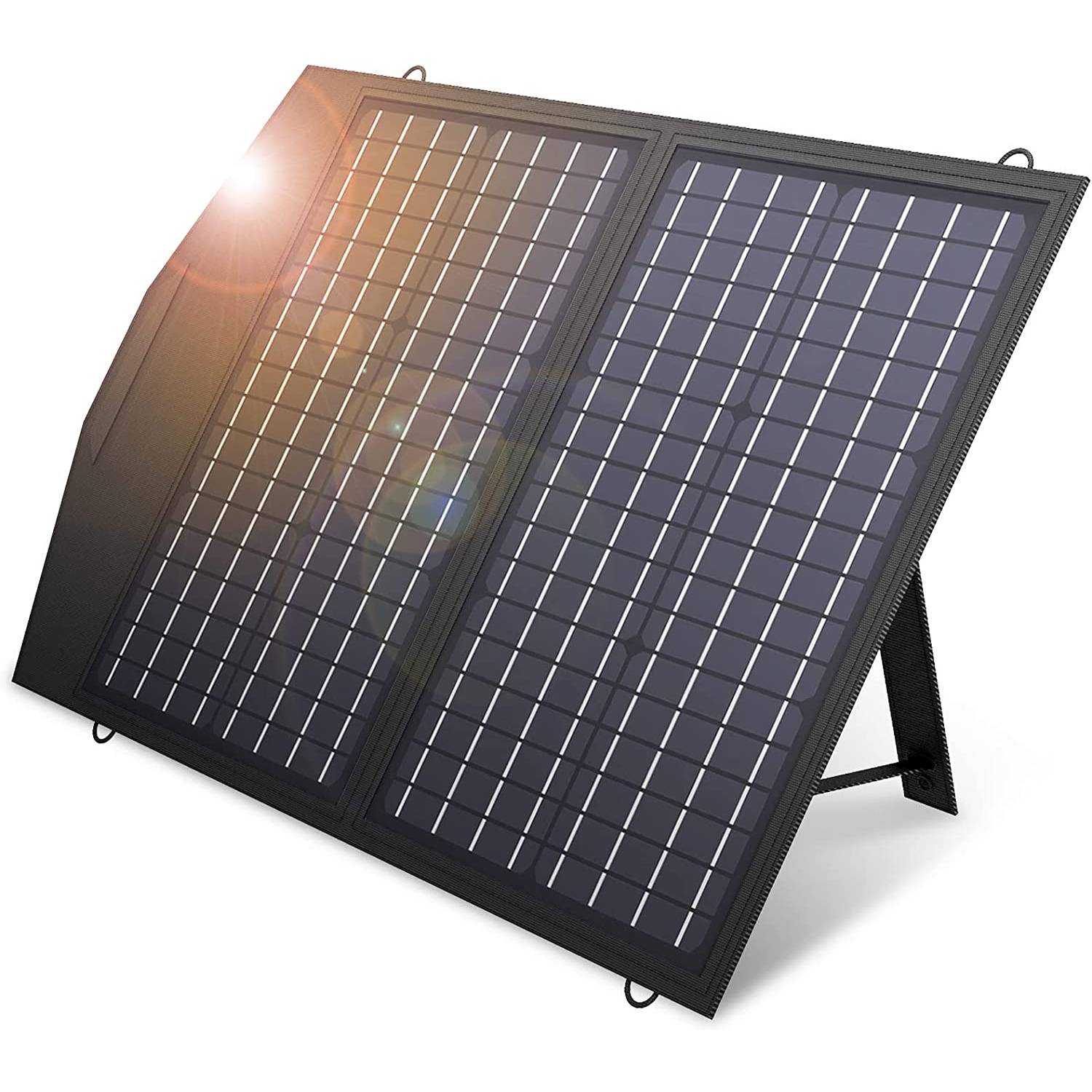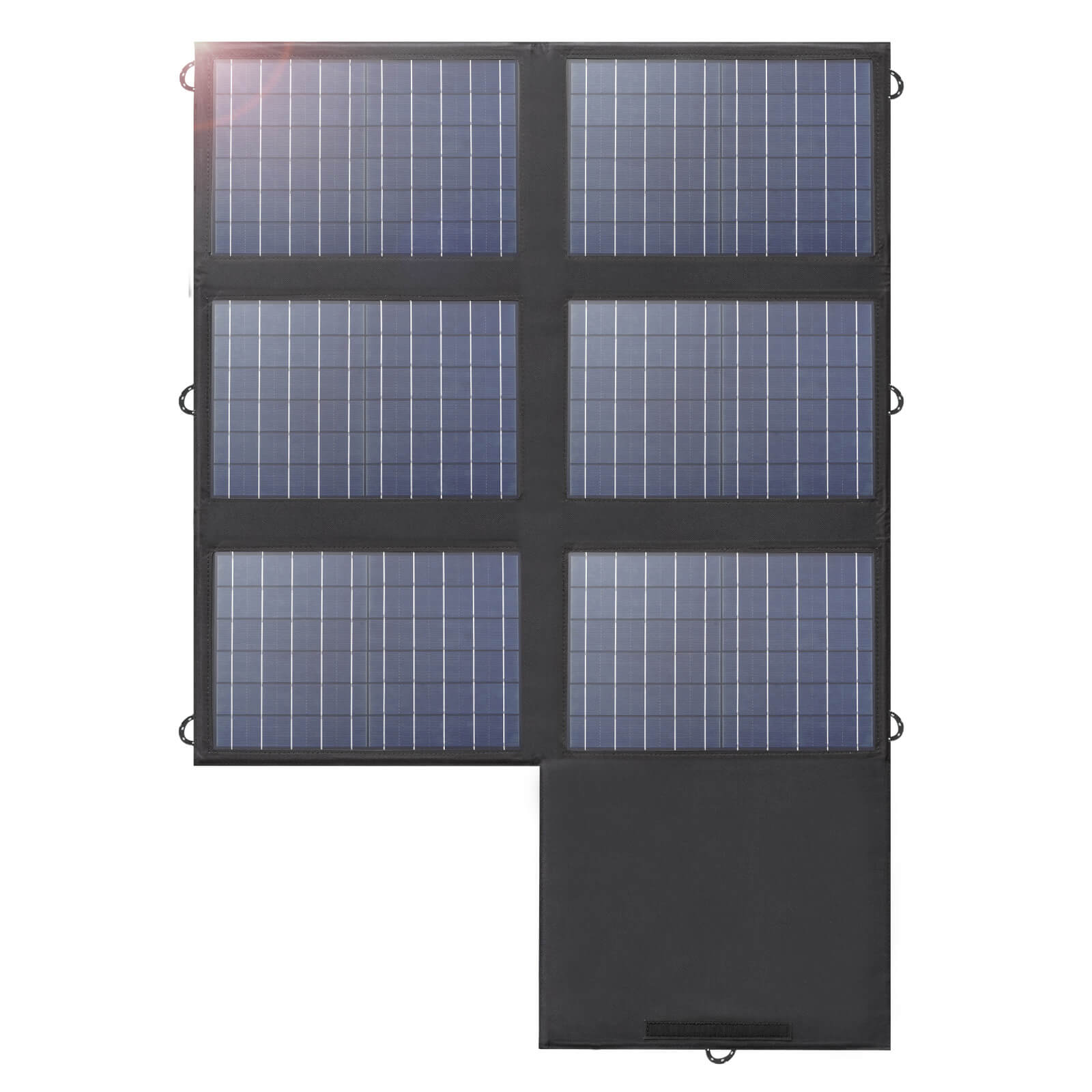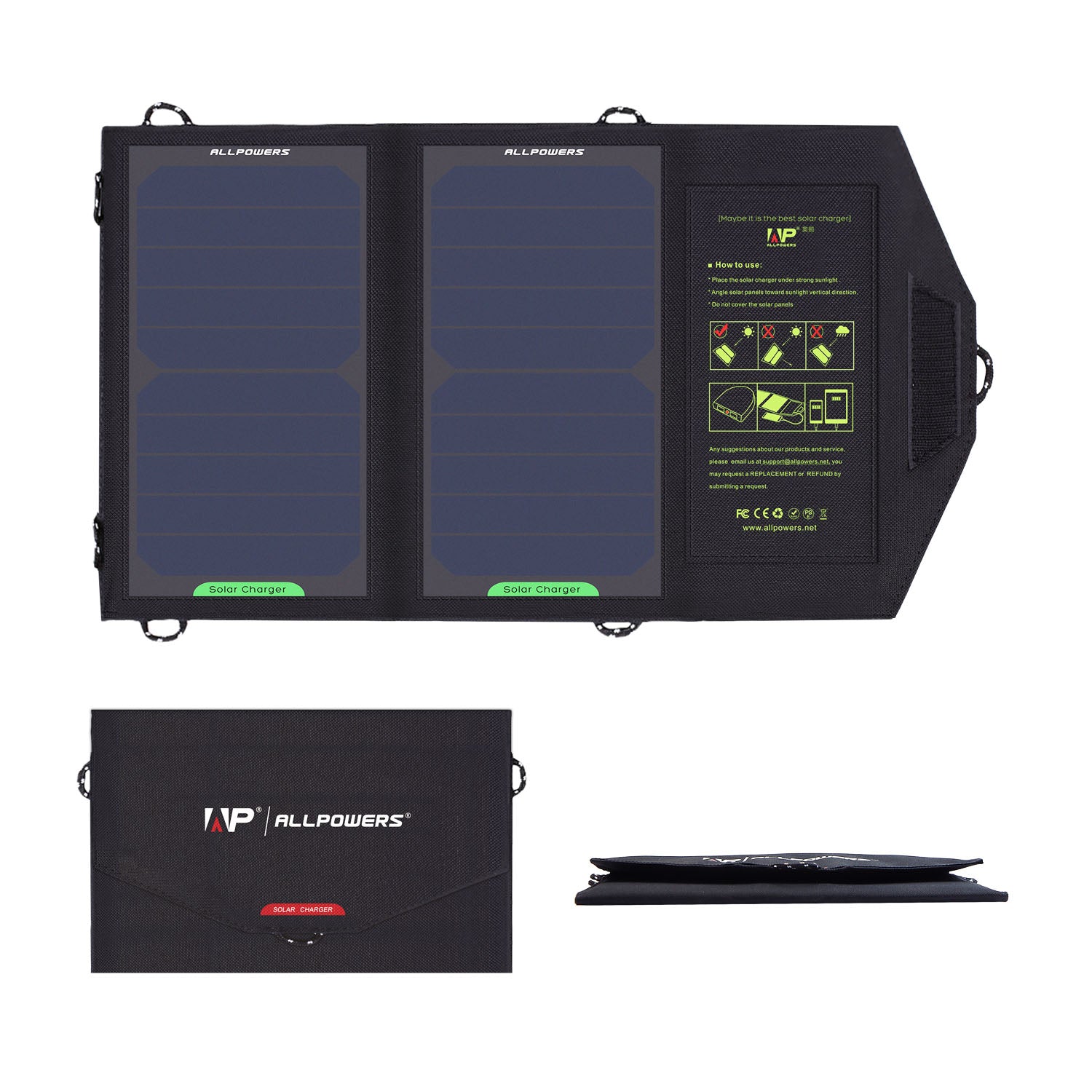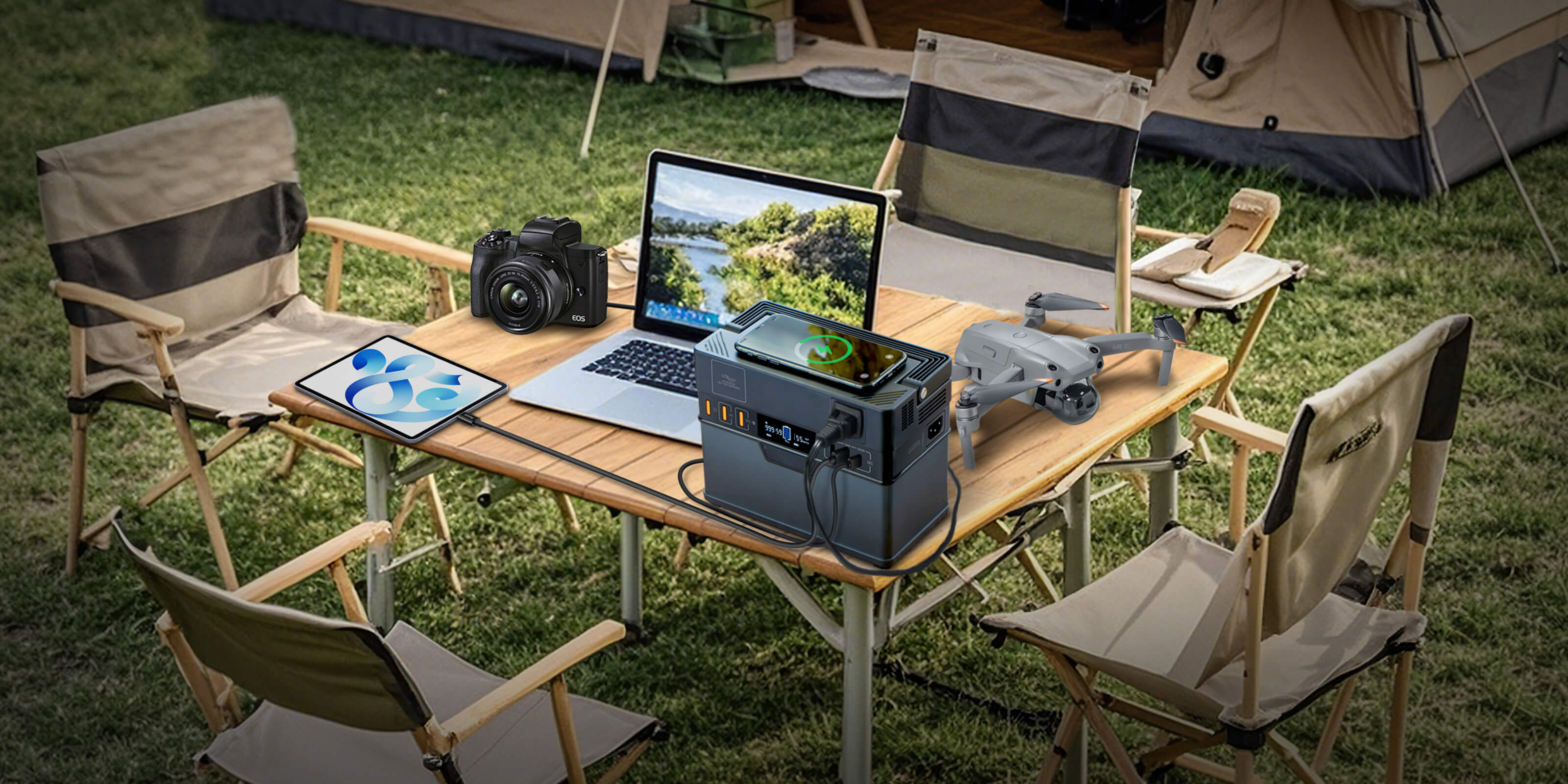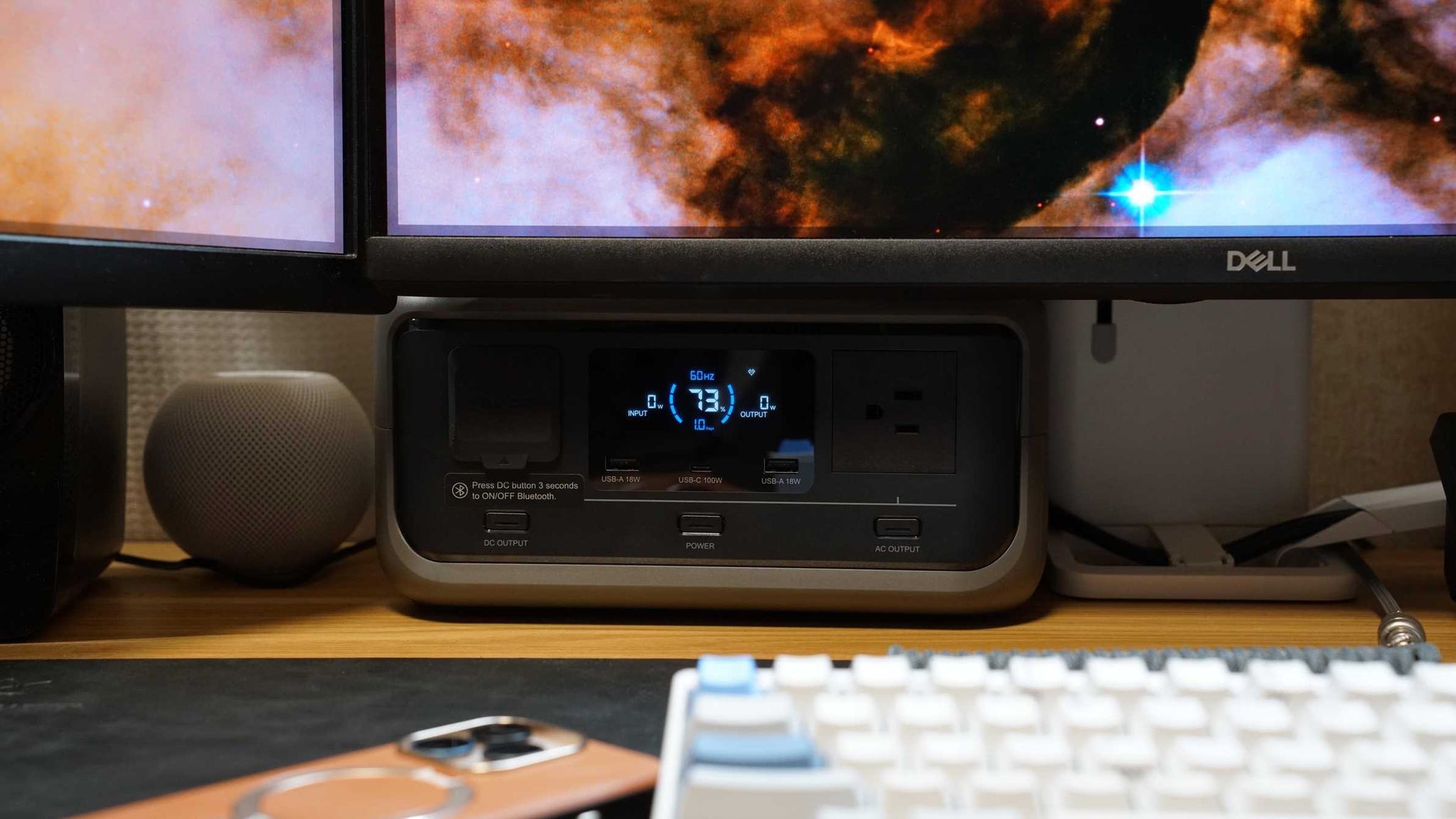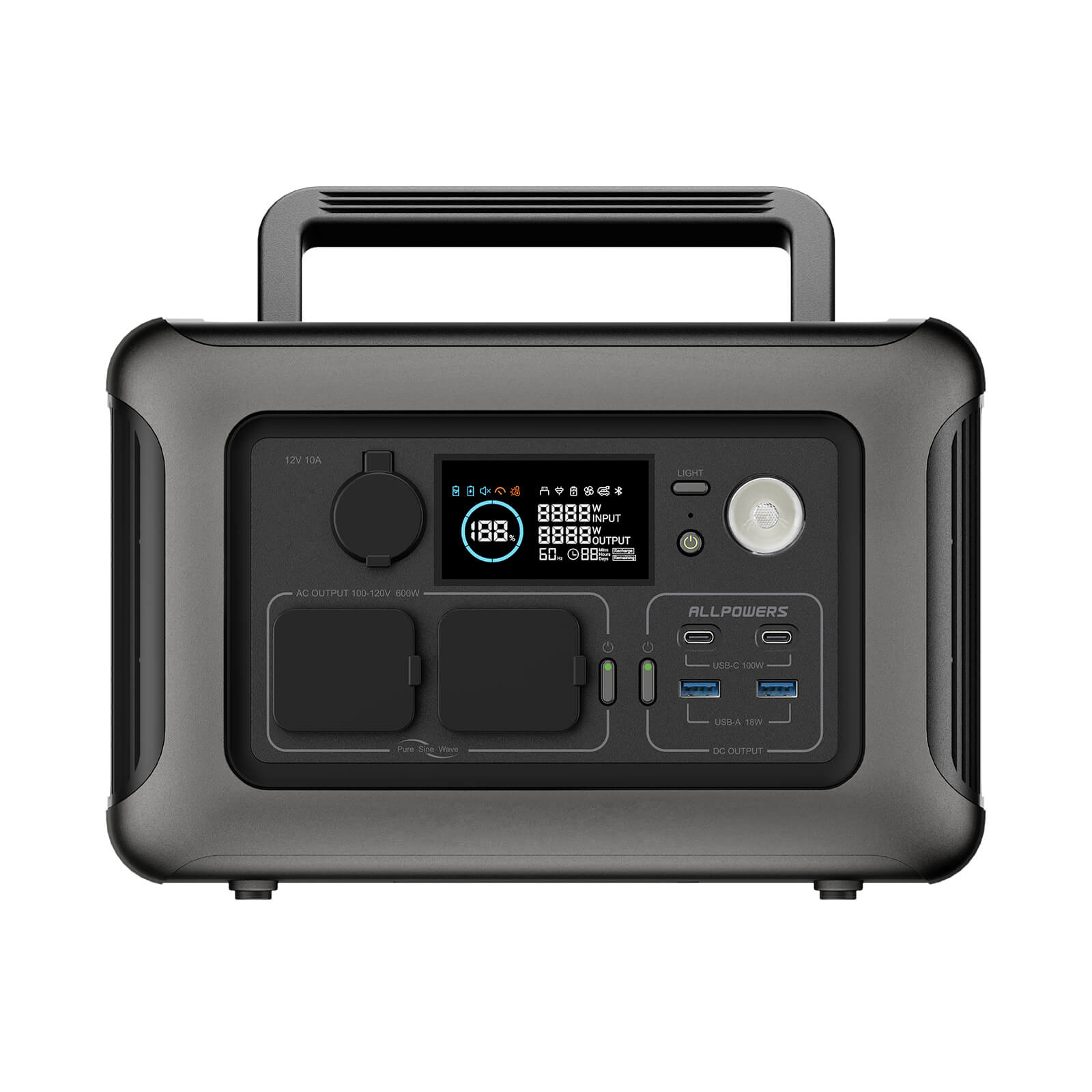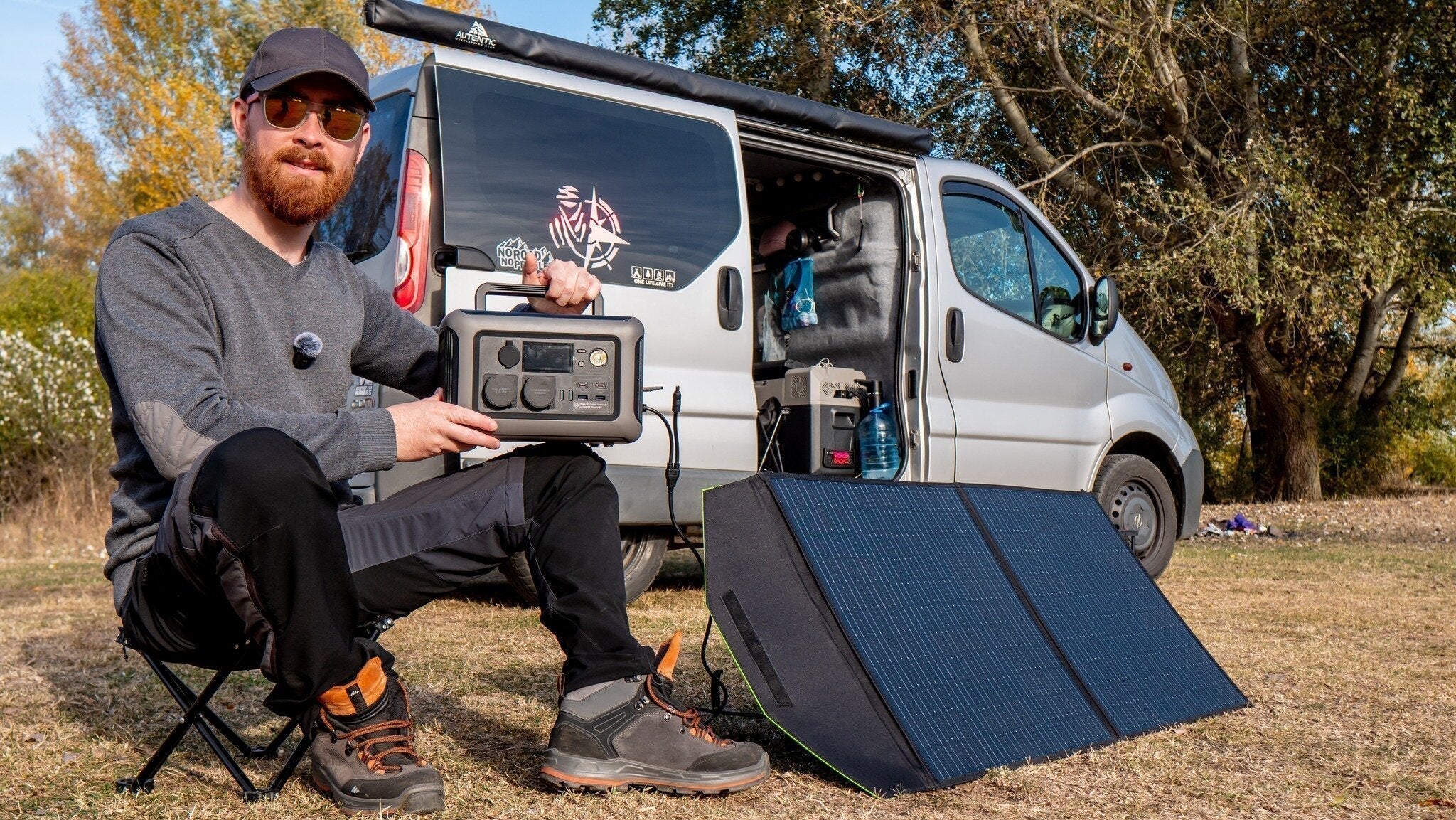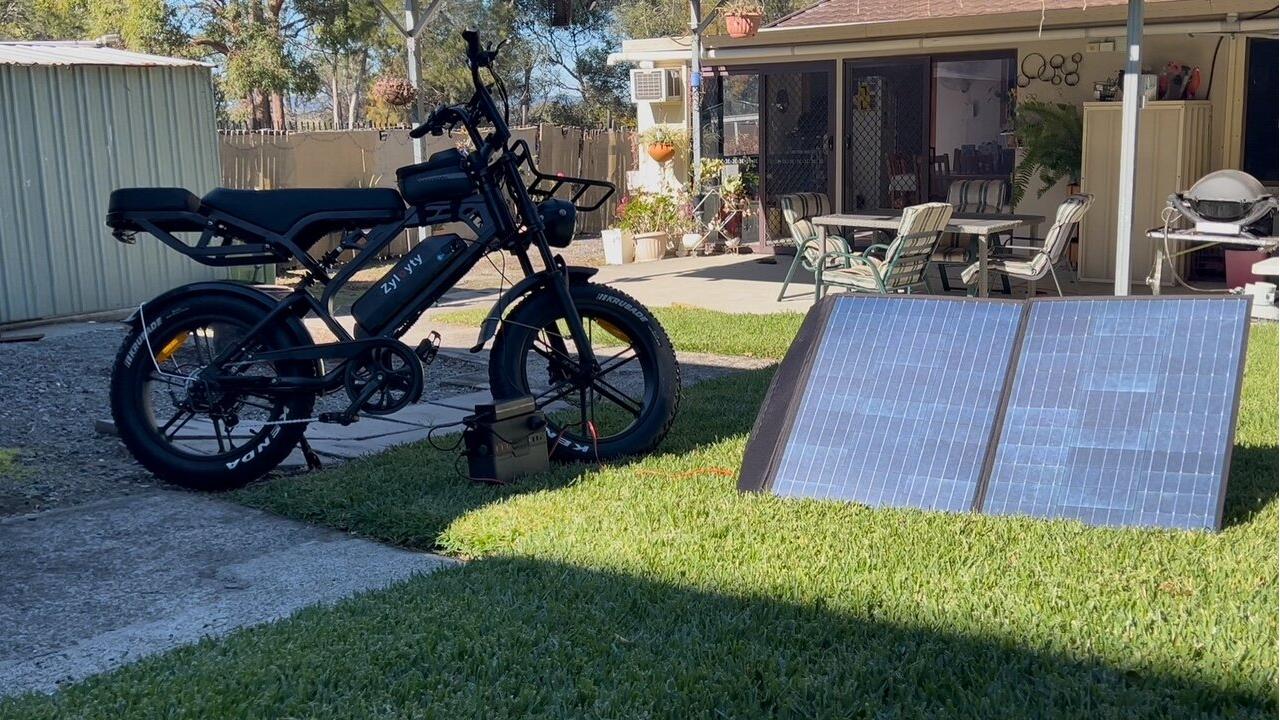It’s a common question that floats into people’s minds once they bring one home.
People love convenience, and it feels natural to want your backup power ready at a moment’s notice.
But is it actually safe to keep a portable power station plugged into the wall constantly?
TL;DR:
Yes, many modern portable power stations can technically stay plugged in all the time because they use smart battery management systems (BMS)that stop charging once full.
How Power Stations Handle Constant Charging
Here’s the thing: a portable power station isn’t just a glorified battery with a plug.
Inside, there’s a carefully engineered ecosystem—cells, circuitry, and battery management systems (BMS) all working together.
The BMS monitors voltage, temperature, and charge cycles. When the battery reaches full charge, the BMS throttles the input, preventing overcharge.
Some units will even enter a “trickle charge” mode, maintaining a steady top-up without stressing the battery.
So yes, technically, it’s safe to leave it plugged in occasionally.
But not all batteries play by the same rules.
LiFePO4 (Lithium Iron Phosphate) batteries are the current star in long-lasting portable power stations.
They handle higher charge cycles, tolerate long standby periods better, and don’t suffer nearly as much from sitting at 100%.
This is why our latest models have fully shifted to LiFePO4 chemistry as their primary battery choice.
Lithium-ion (NMC/NCA), while still efficient and energy-dense, tends to age faster when stored full or when exposed to heat.
It’s like the difference between a marathon runner who trains every day and a sprinter who needs more careful recovery.
Learn More: LiFePO4 vs Lithium-Ion Battery
Why Recommend Periodic Unplugging
You might’ve noticed that user manuals often suggest unplugging after a full charge or topping up every three to six months if stored.
That’s not just legal caution—it’s practical wisdom.
When batteries sit unused for too long, self-discharge kicks in. Leave them idle for a year, and they might fall below the safe voltage threshold.
On the flip side, keeping them at 100% all the time also puts stress on the internal components. The sweet spot? Around 60–80% charge during long storage.
So, every few weeks, plug it in, let it charge to full, then disconnect and use it for something—power a fan, charge a laptop, or run some LED lights.
If you use it continually—for example, keeping a router or CPAP running—then keeping it plugged in actually makes sense.
In that scenario, the battery isn’t cycling constantly, and the station is functioning almost like a mini UPS system.
Learn More: Can a Portable Power Station Be Used as a UPS?
There’s no dramatic danger in leaving it plugged in. But a little battery mindfulness extends its lifespan.
When You Might Want It Plugged In
There are times when leaving your power station plugged in makes sense.
If you use it as a backup for critical equipment—like medical devices or home security systems—it’s better to keep it charged continuously.
In that case, choose a high-quality model with advanced protection features and LiFePO4 batteries, which handle constant charging gracefully.
Or maybe you’re running it as part of a small solar power setup, where it charges daily and discharges at night.
That’s actually a healthy cycle—it keeps the battery active while avoiding the “always full” problem.
So, yes, there are exceptions.
Practical Tips for Safe Long-Term Plug-In
Let’s get pragmatic. If you want to leave your portable power station plugged in, here’s how to do it without shortening its life:
-
Keep it in a cool, ventilated space. Heat is the silent enemy.
-
Check the battery chemistry: LiFePO4 handles long-term plug-in better than standard lithium-ion.
-
Perform occasional discharge cycles, ideally down to around 40–60%.
-
Avoid cheap knockoffs without smart charging systems. Safety features are worth the premium.
-
Keep an eye on indicators or app notifications if your device supports them.
Some folks still worry about batteries remembering a partial charge, but this is a throwback to old Nickel-Cadmium chemistry.
Modern lithium batteries, including both Li-ion and LiFePO4, don’t suffer from this "memory" issue at all.
You can charge it from 50% to 80% or 10% to 100%—it truly doesn’t matter.
So, Can You Leave a Portable Power Station Plugged In All the Time?
Yes—you can, and many people do.
But the best long-term approach is a flexible, thoughtful one.
Keeping it plugged in when necessary, and letting it rest when it’s not.







